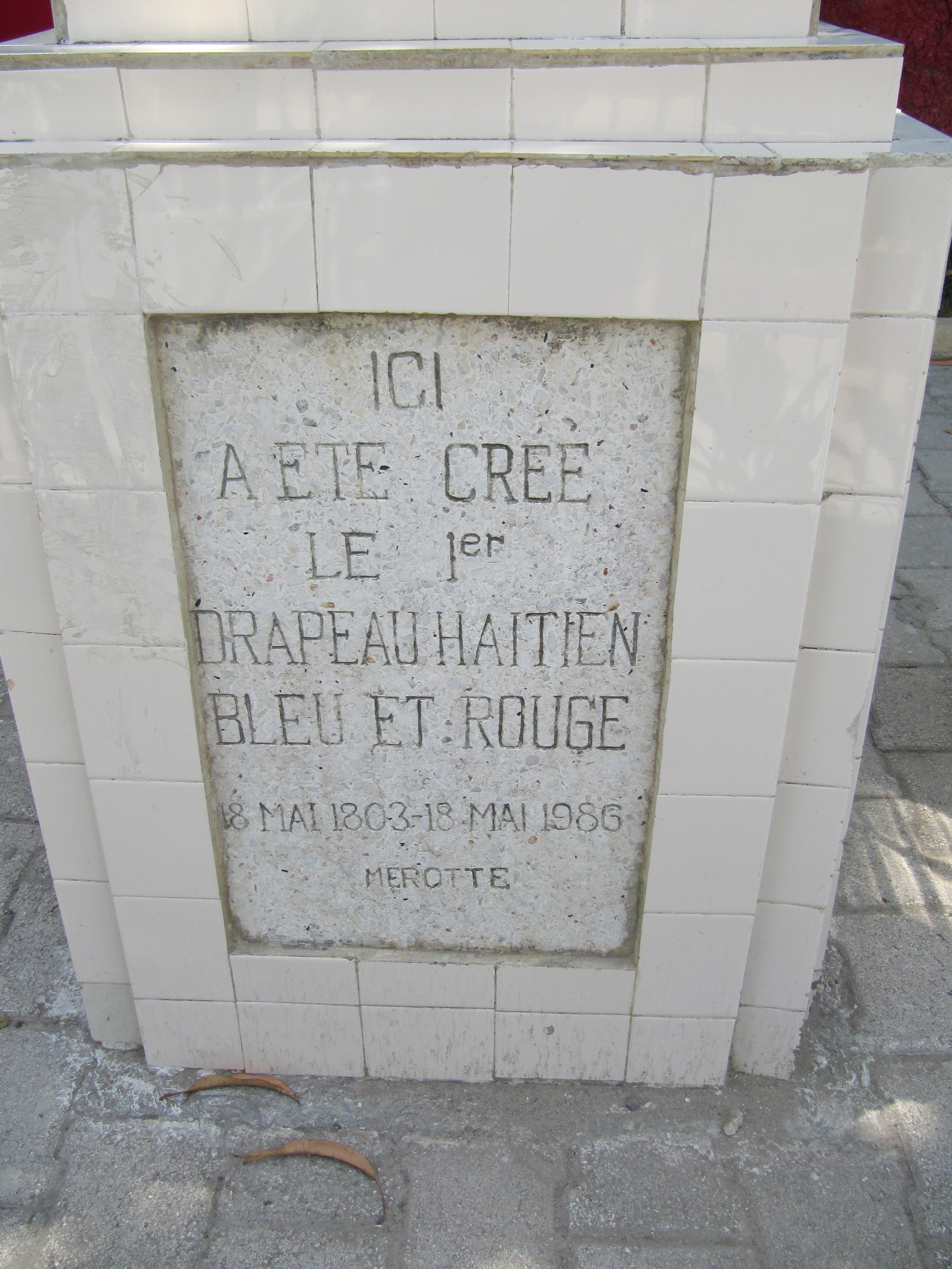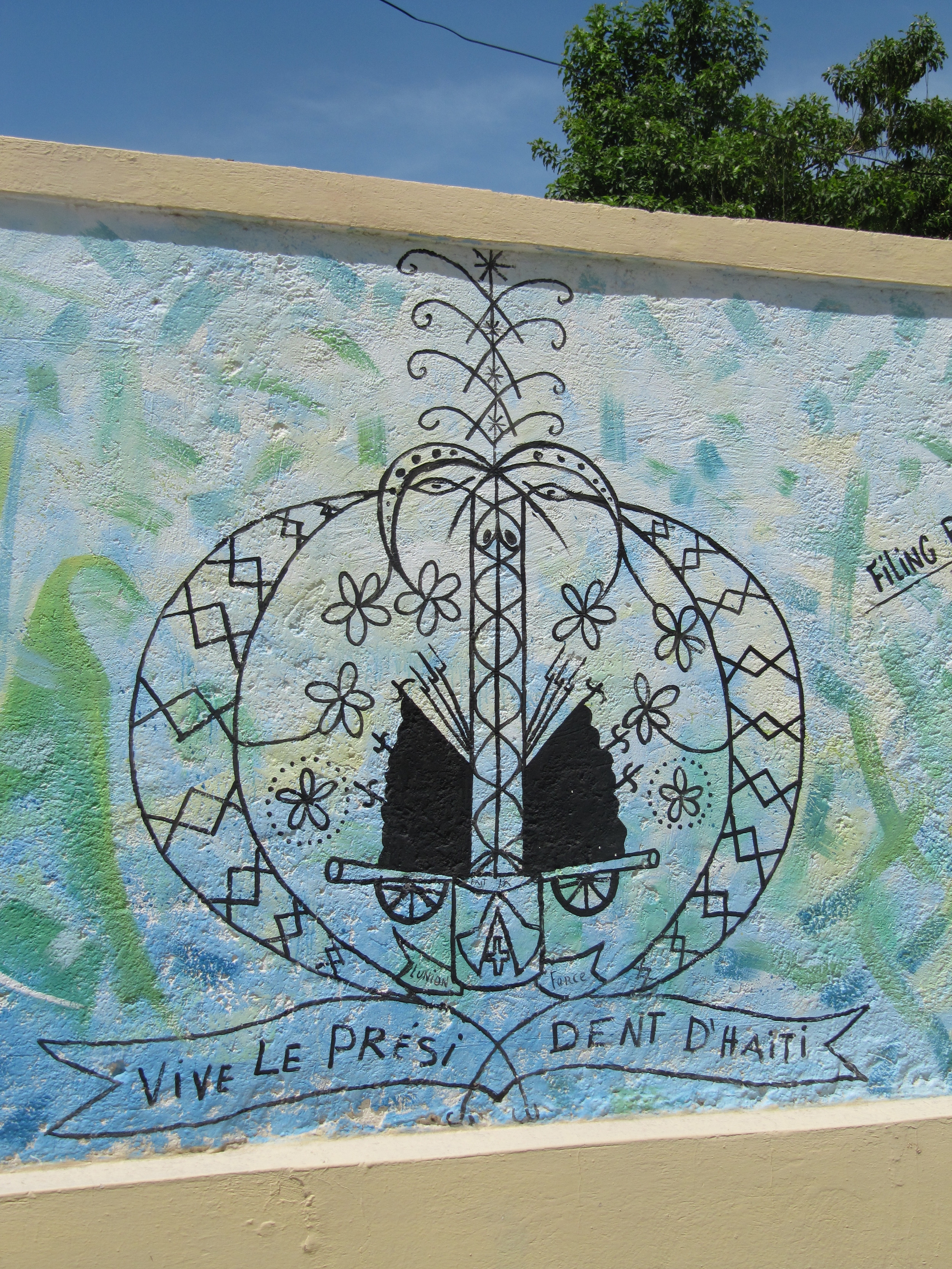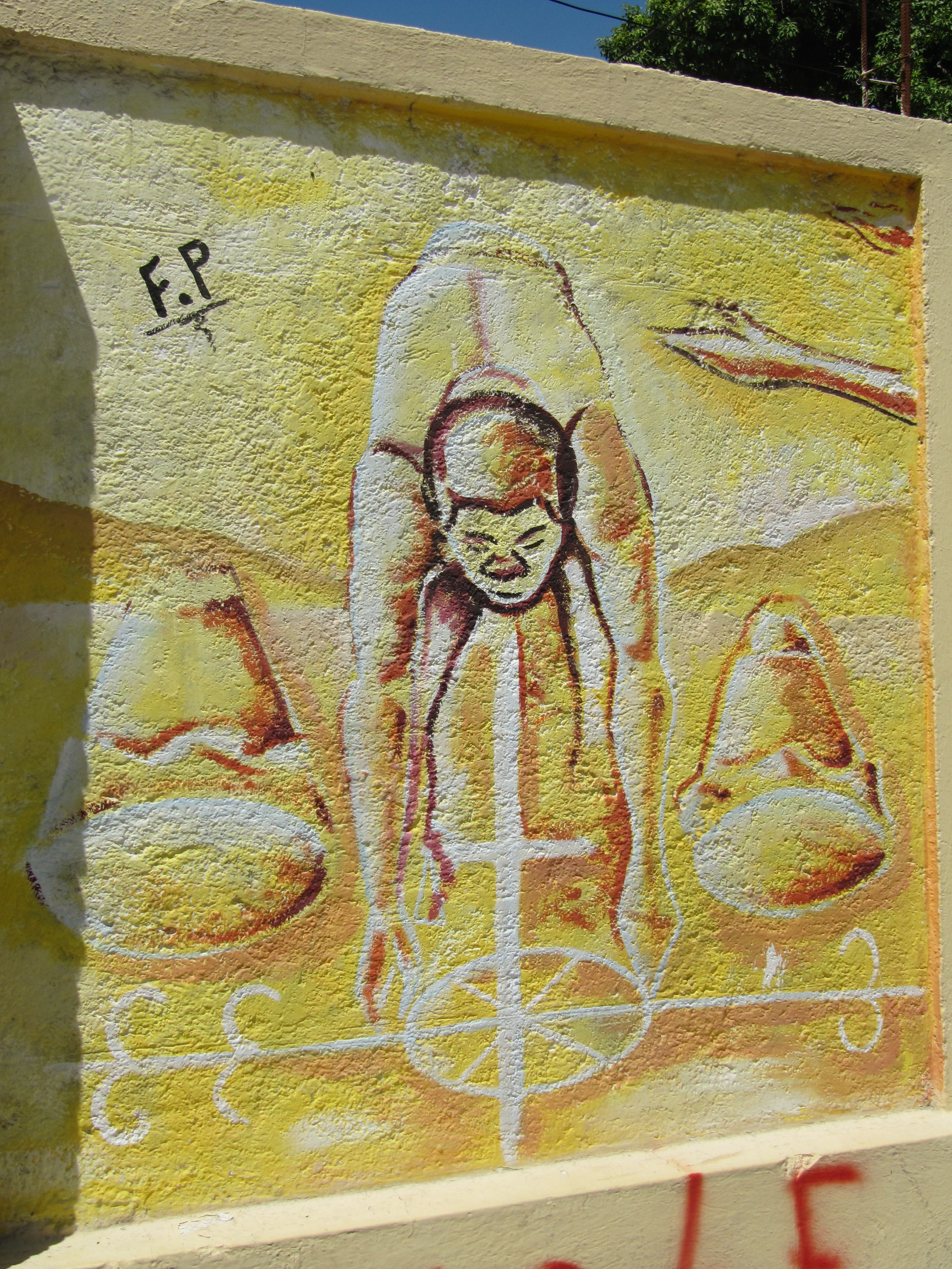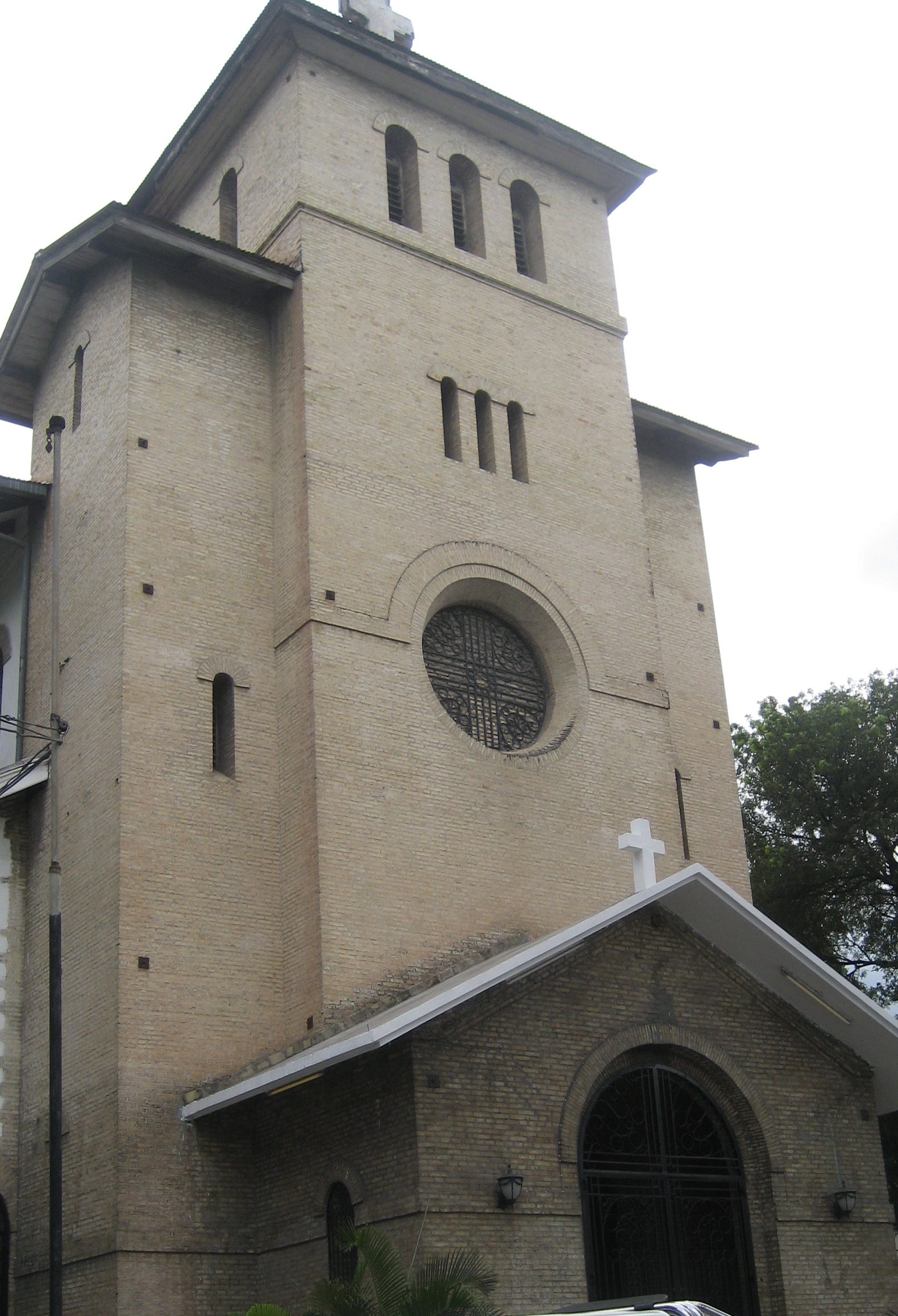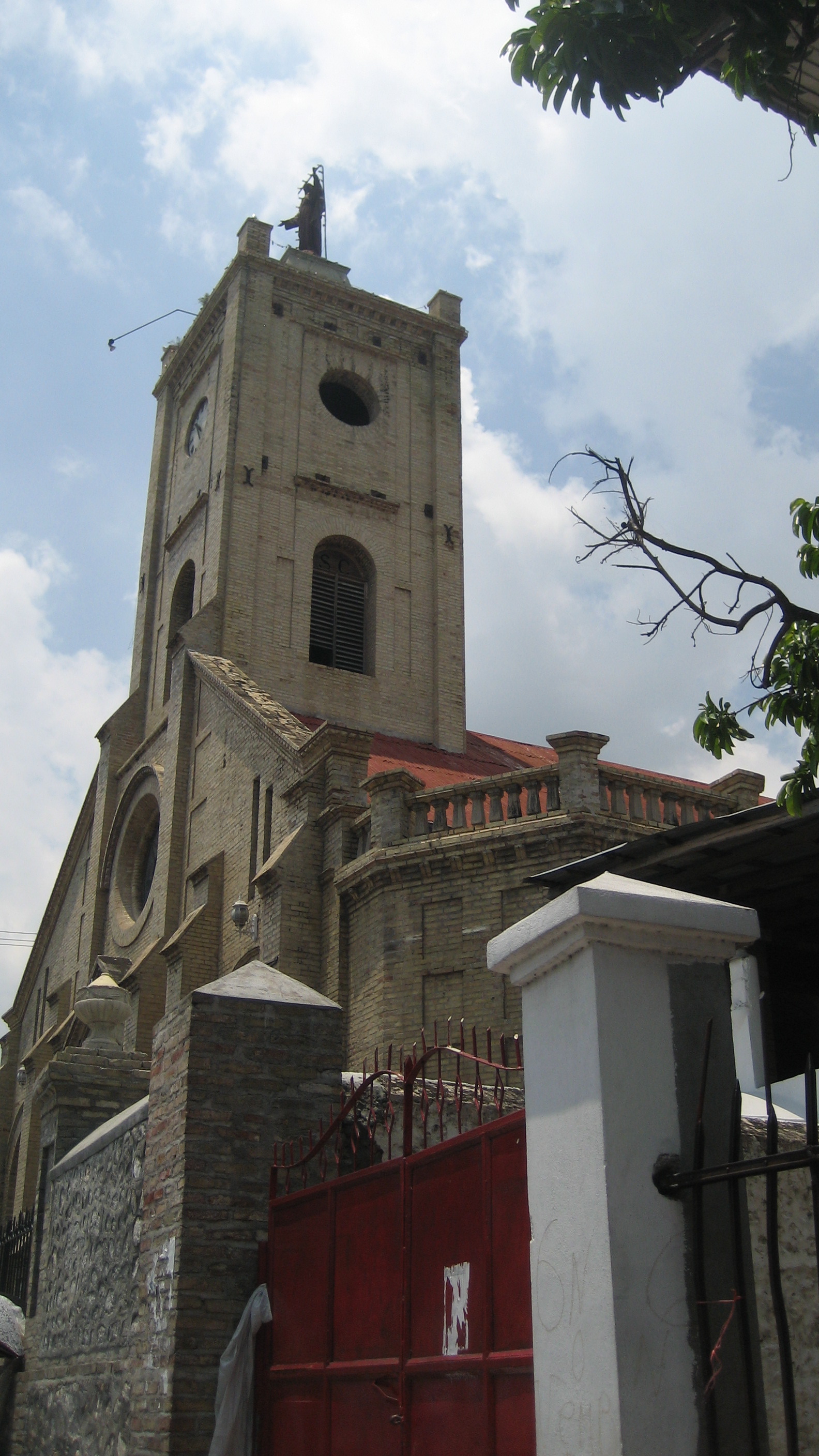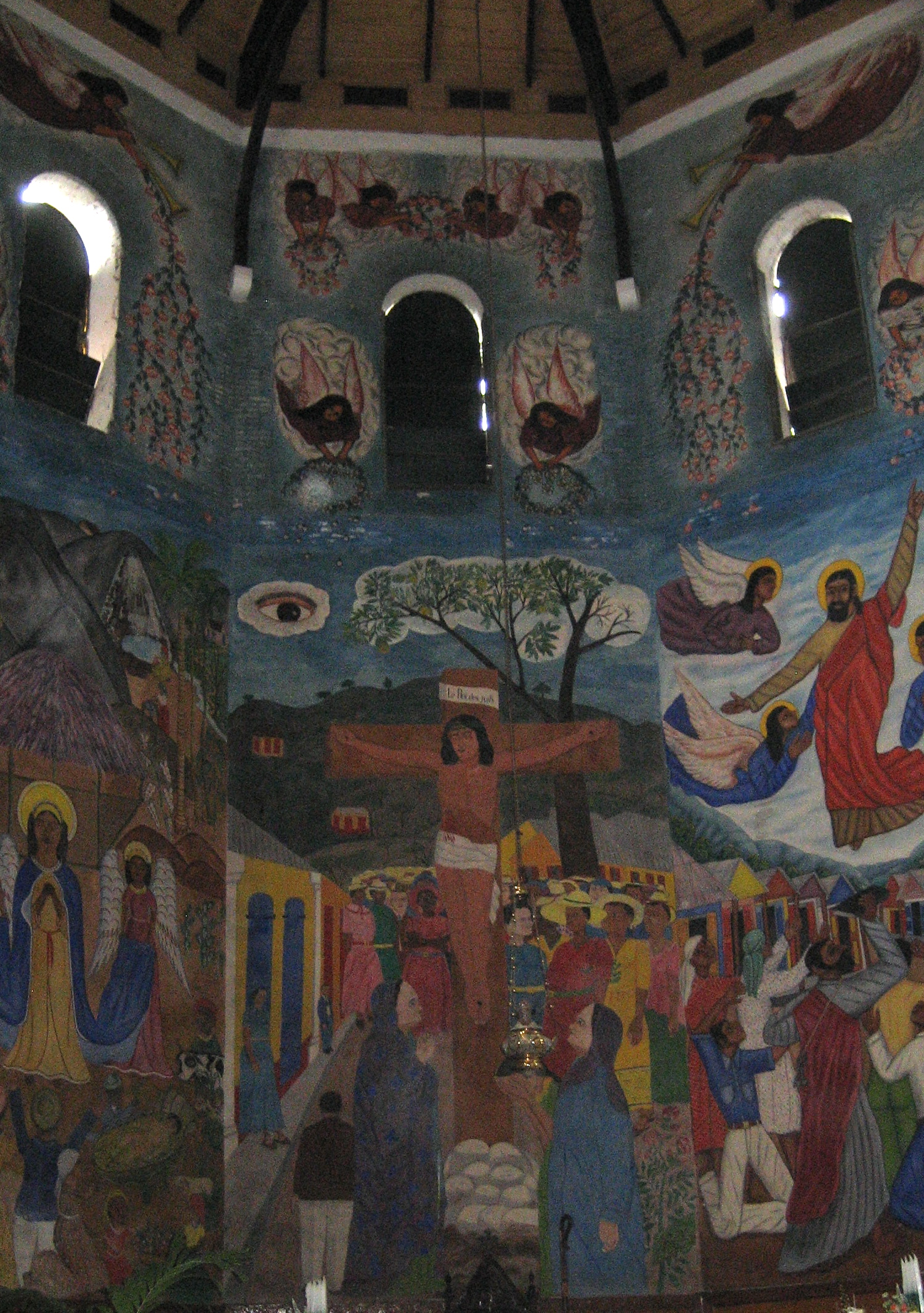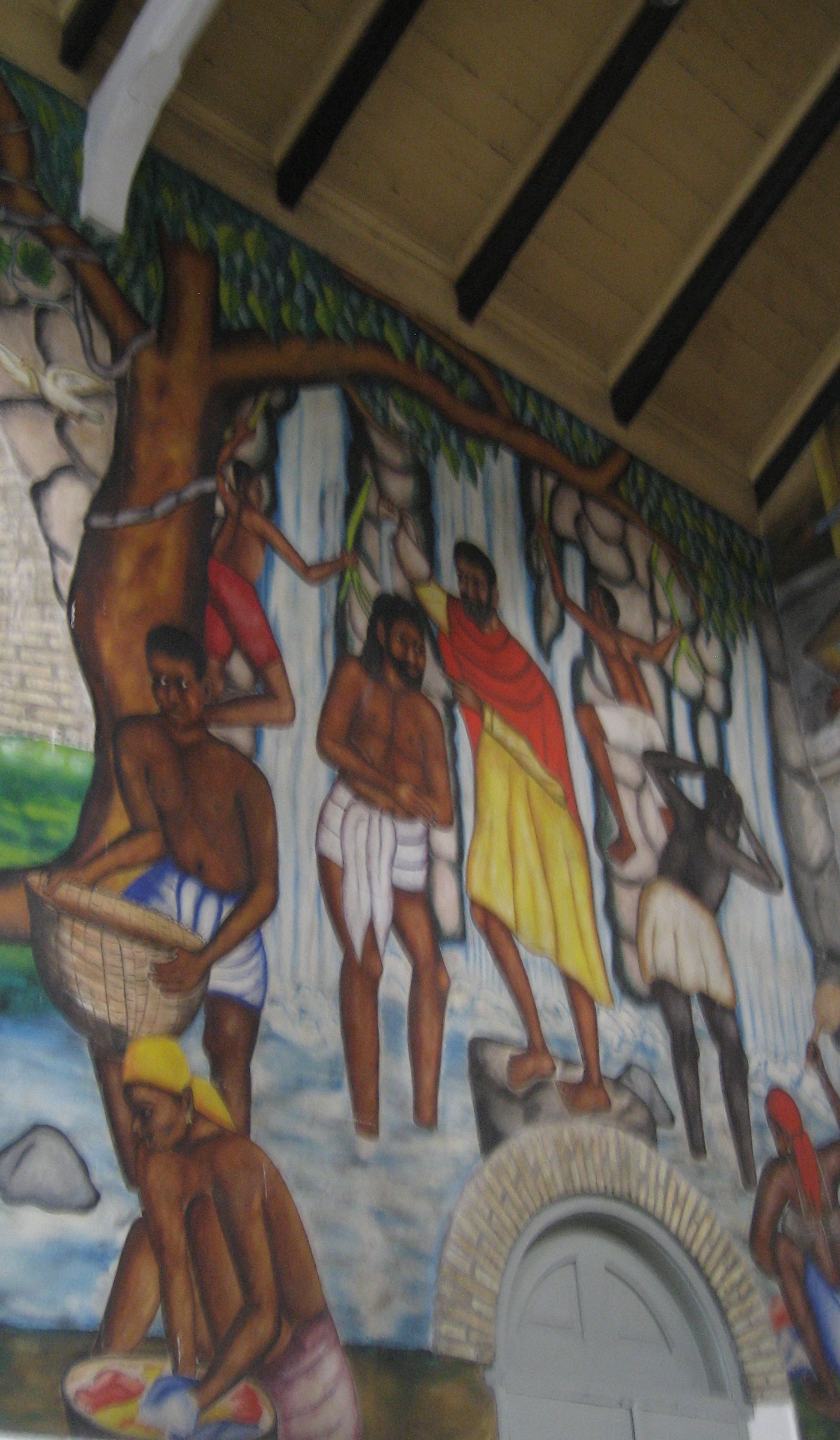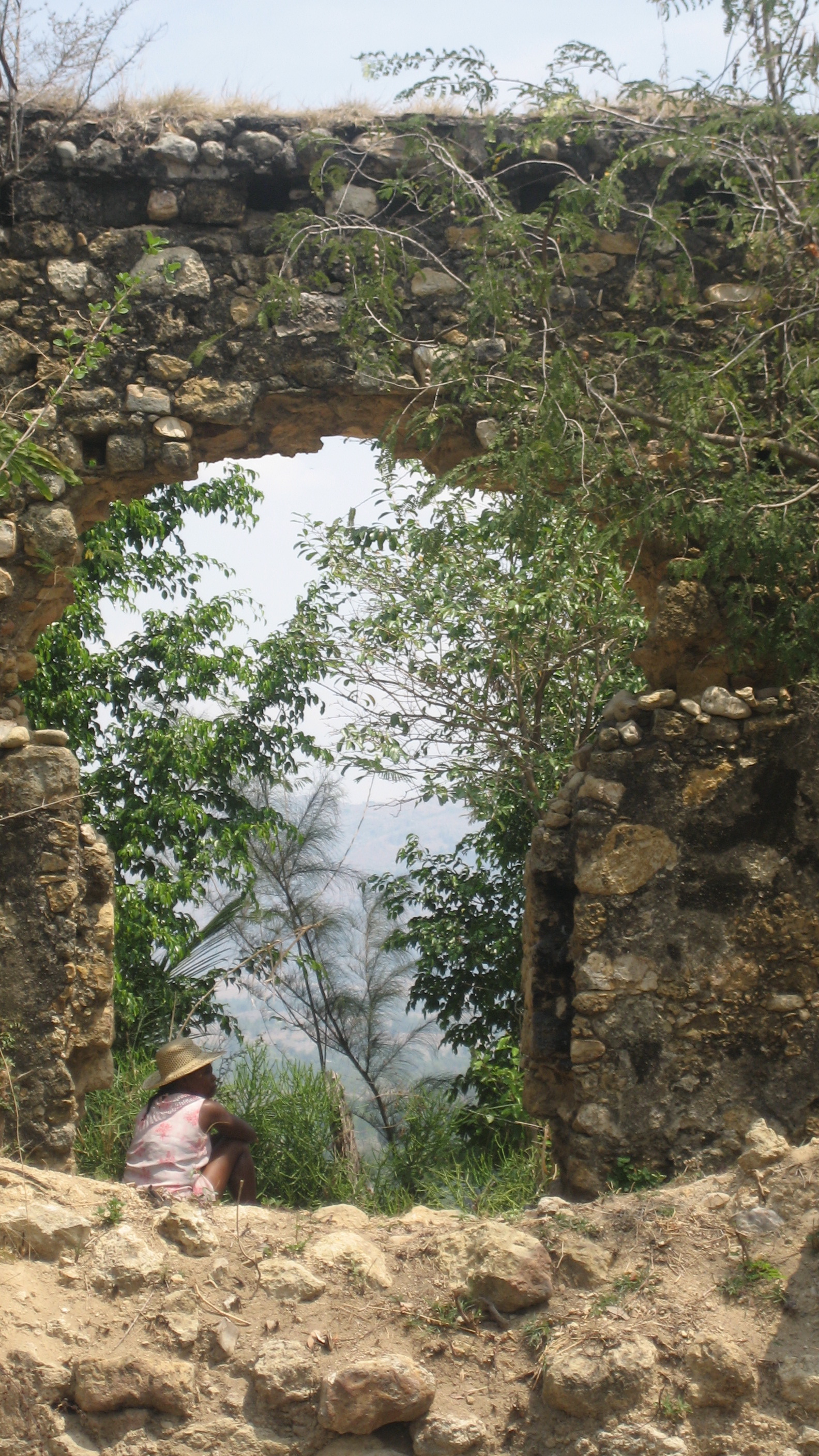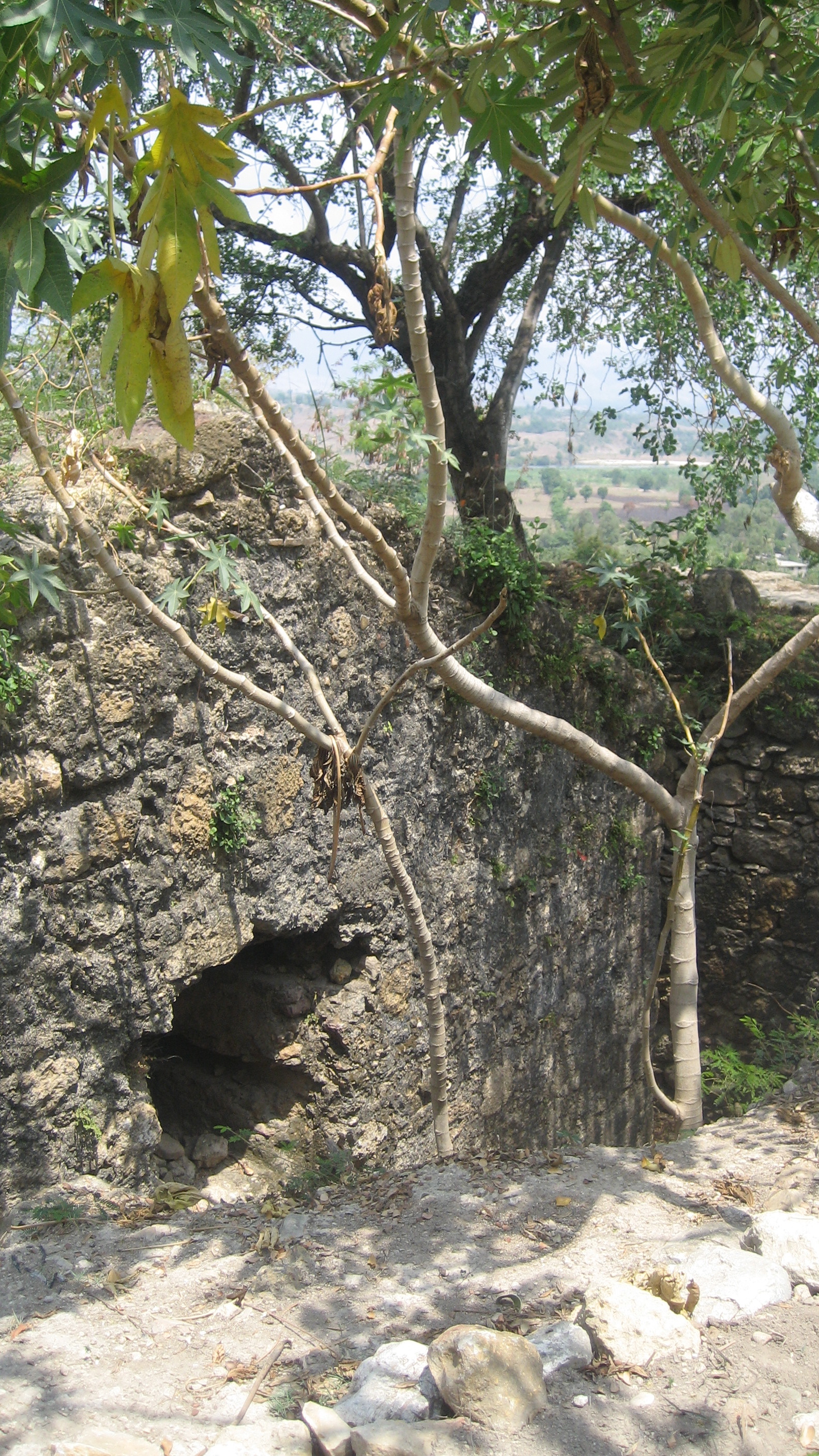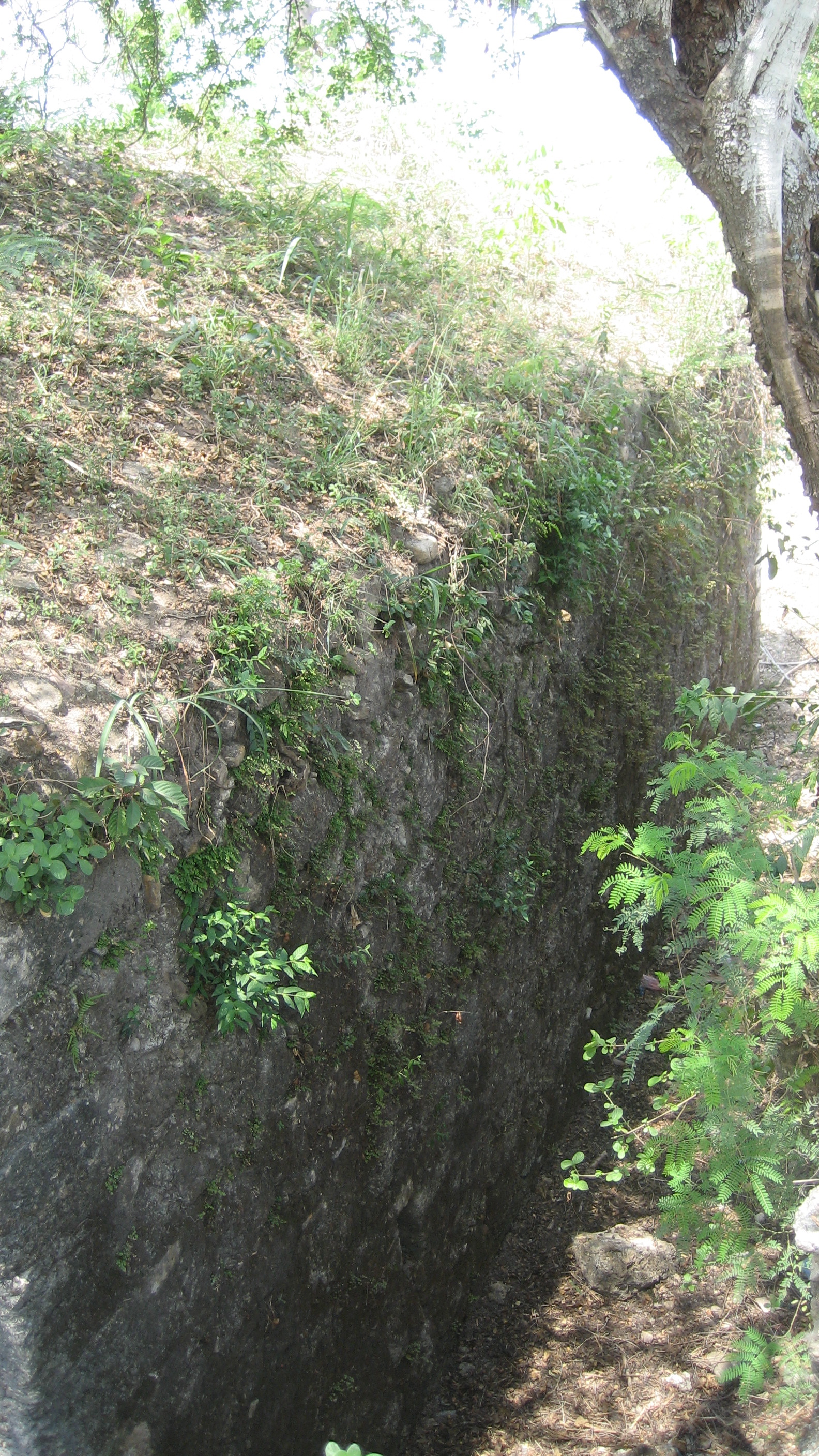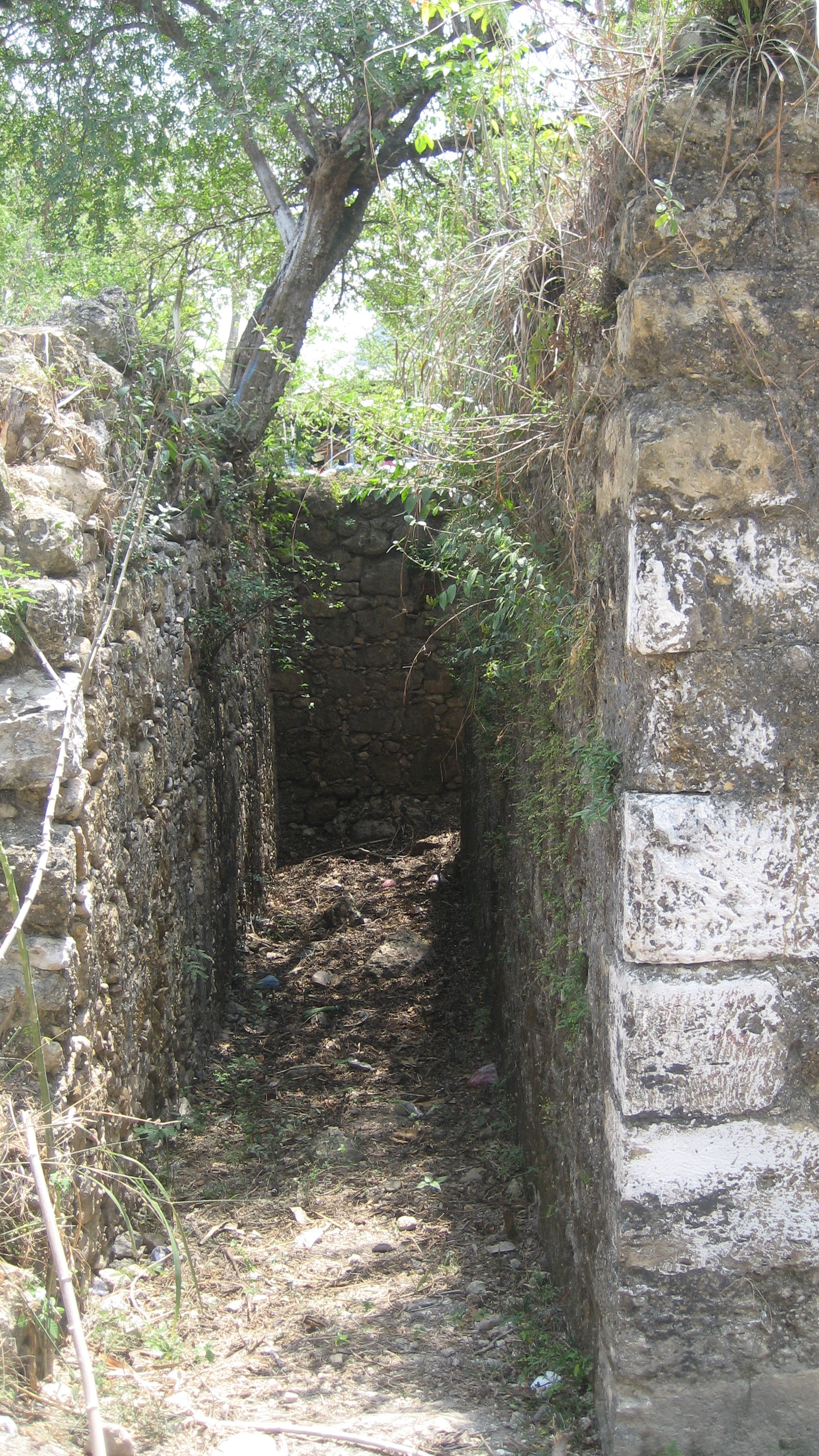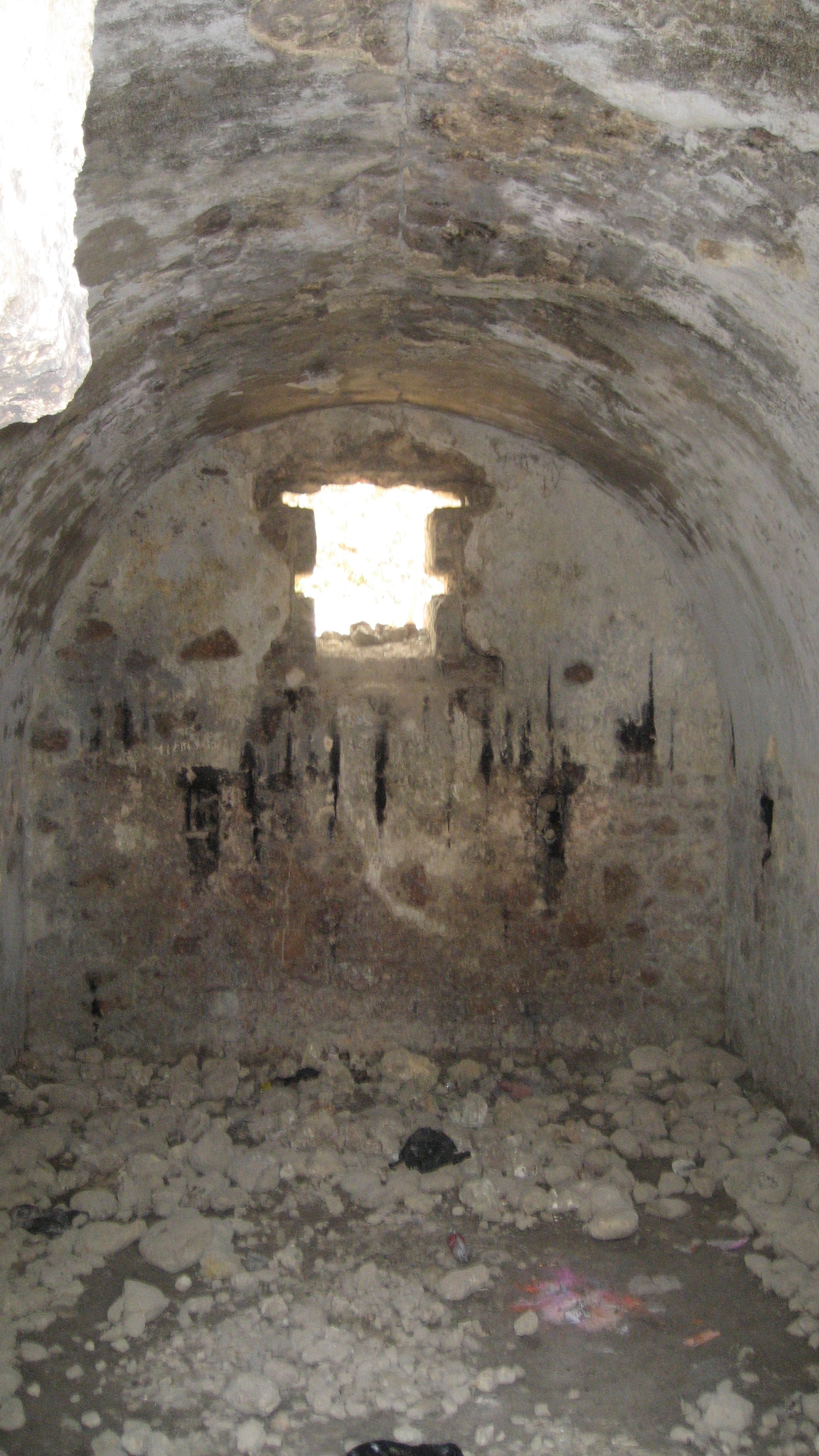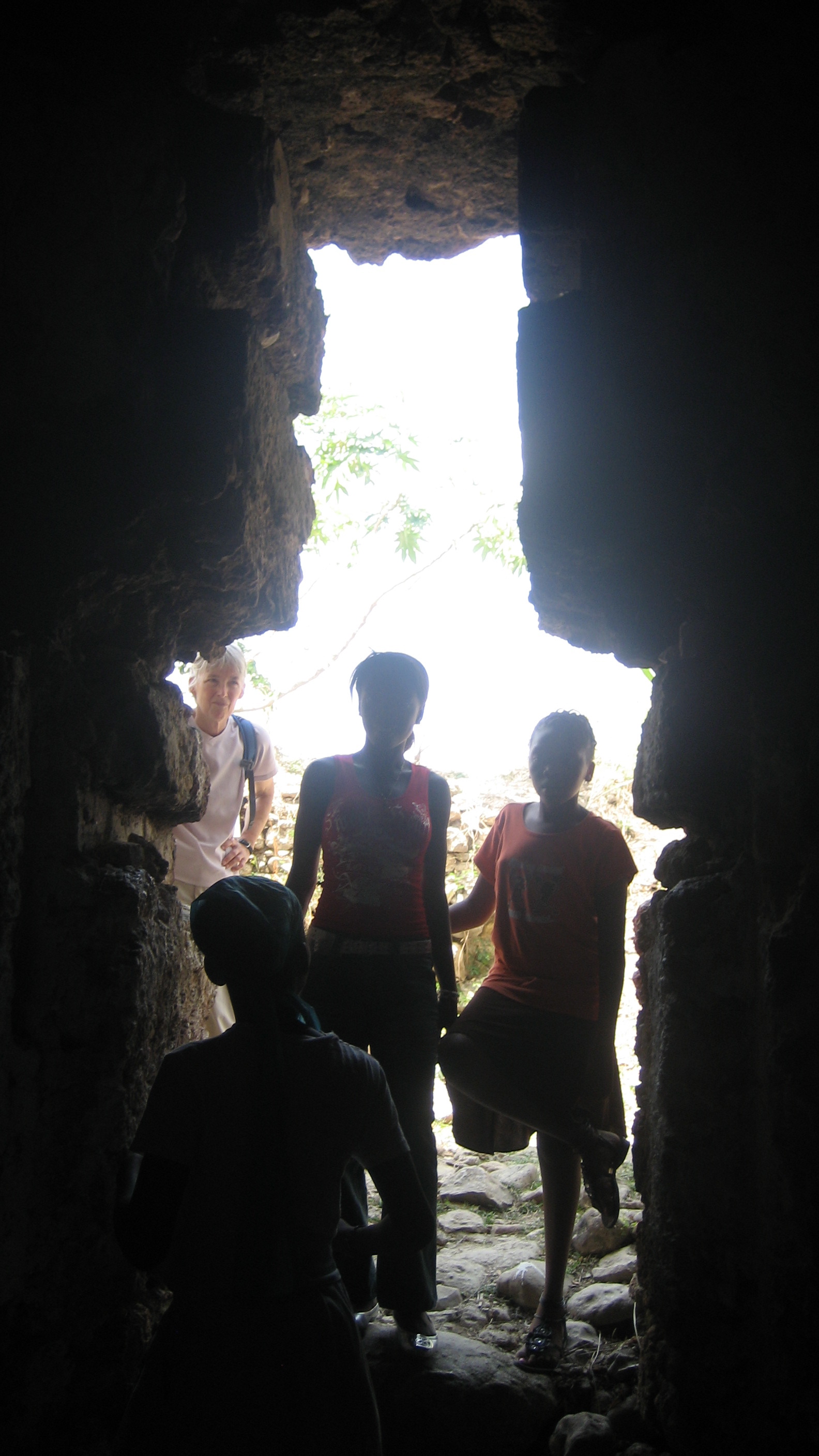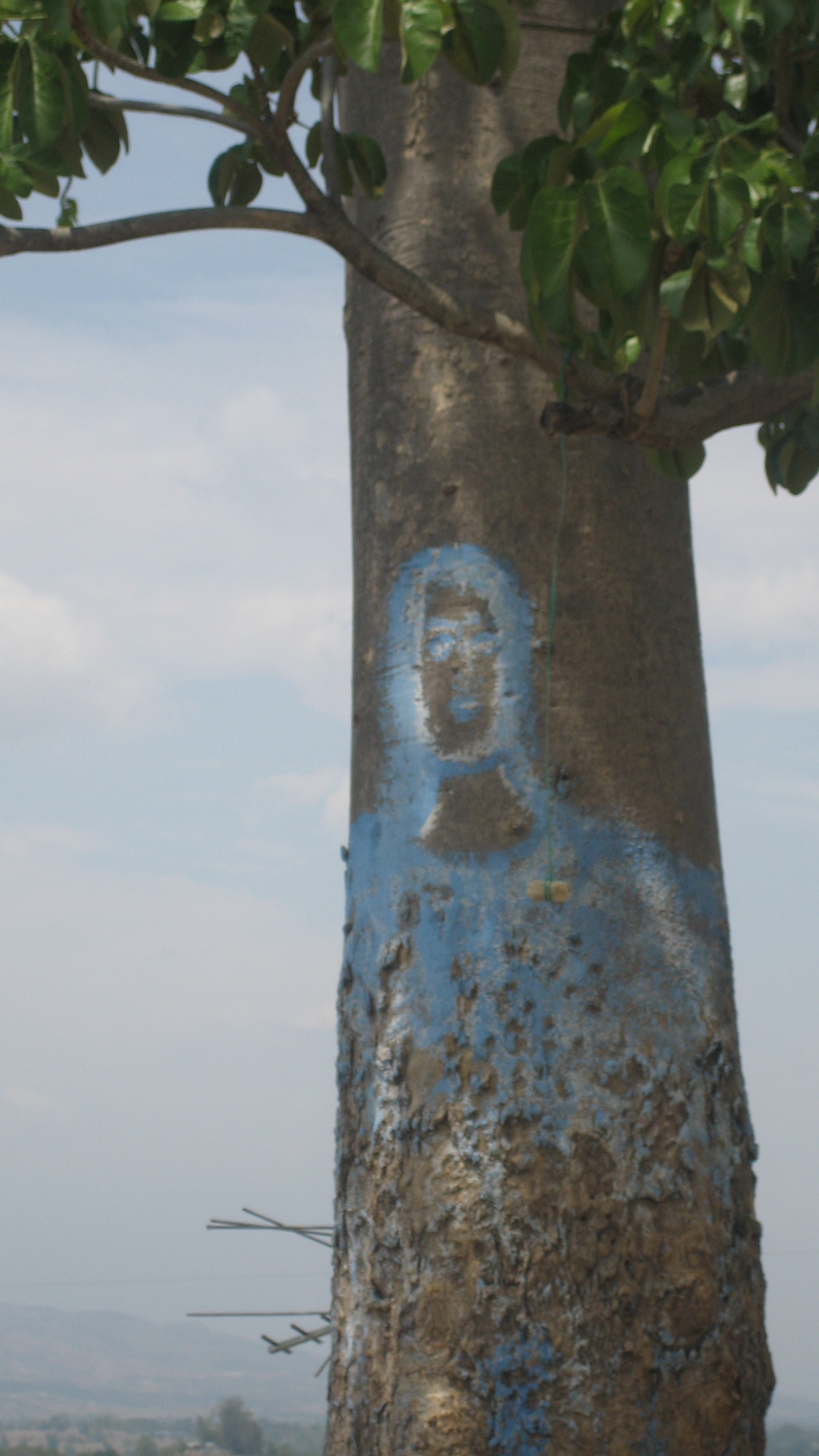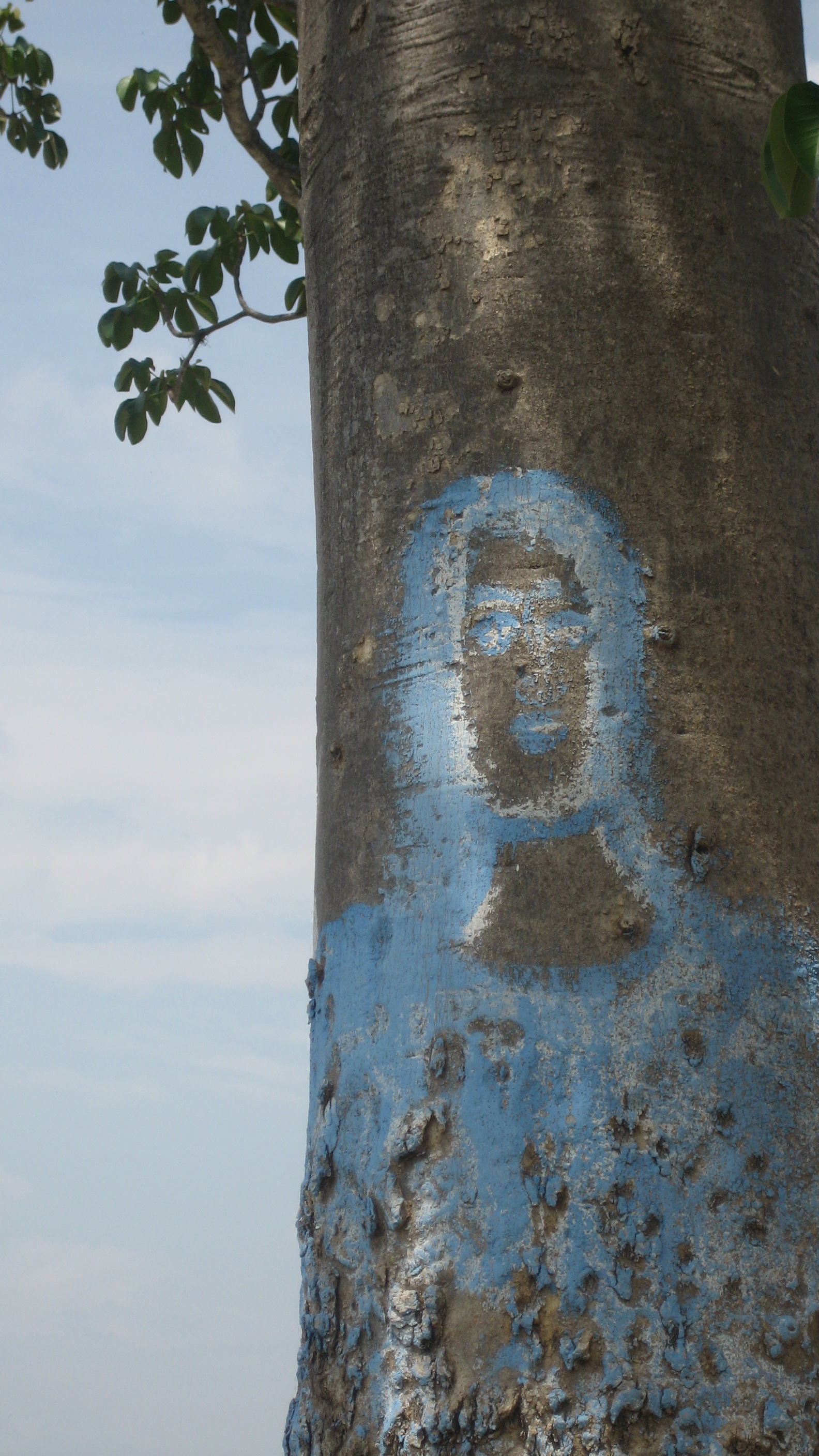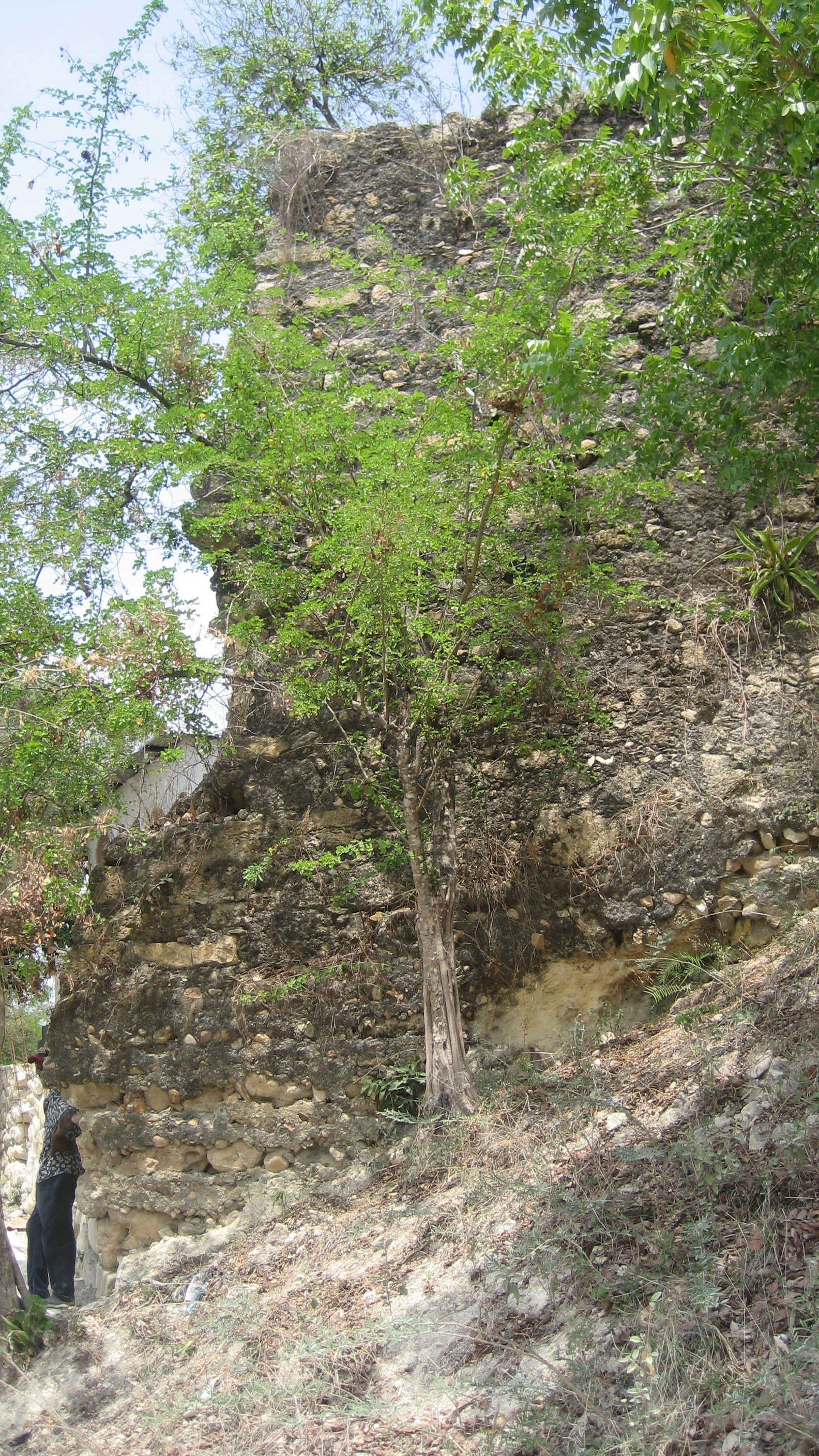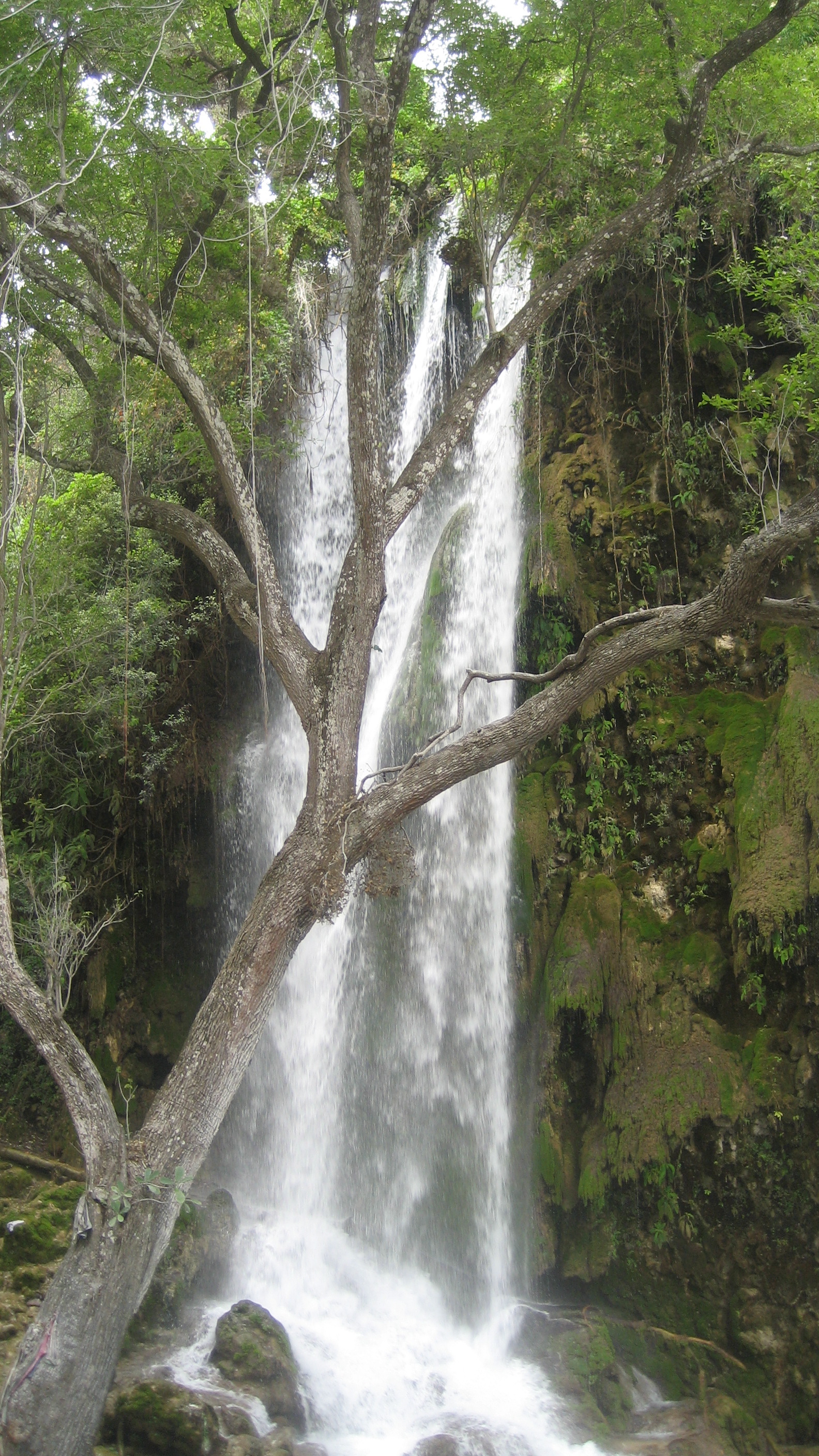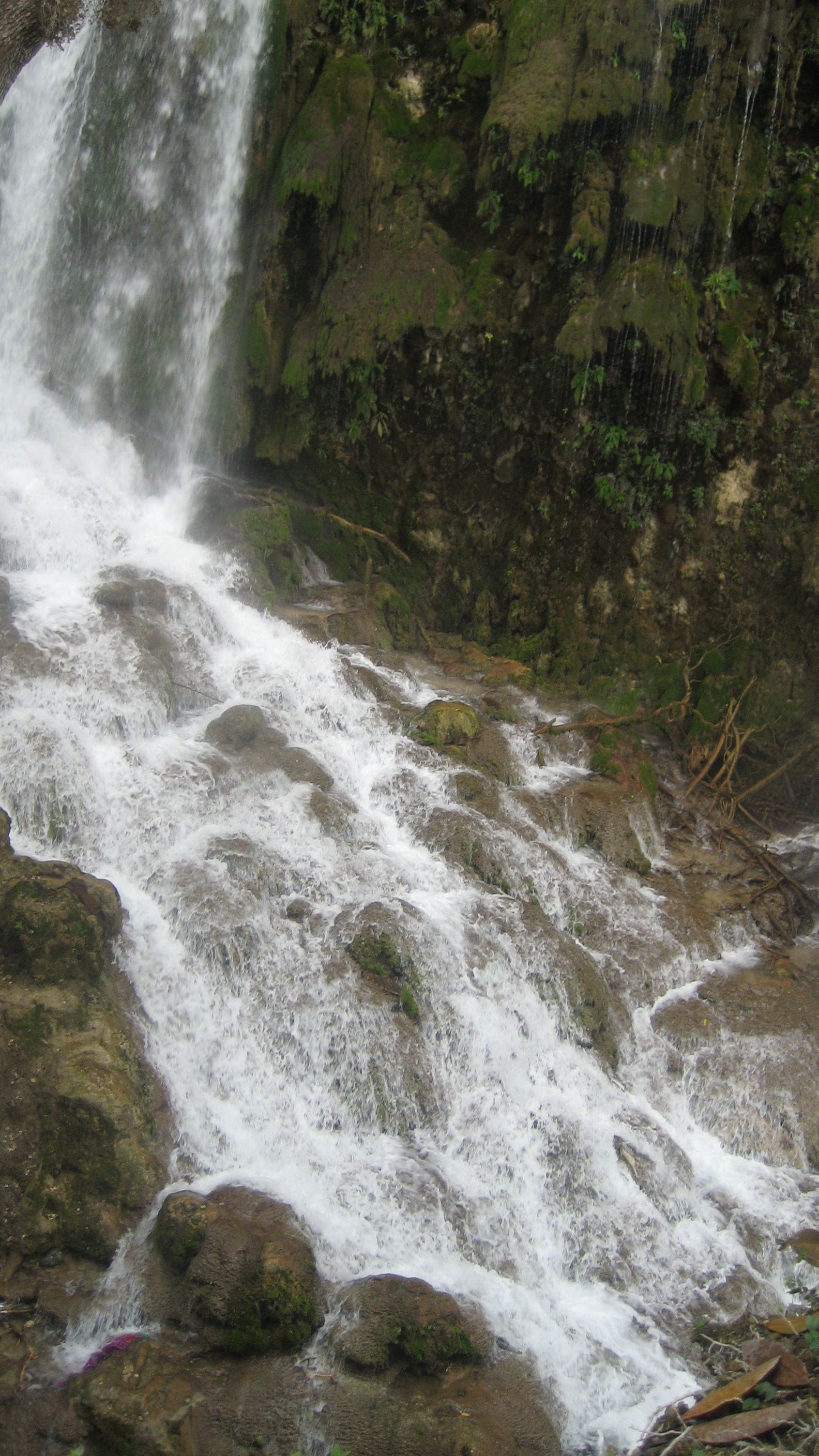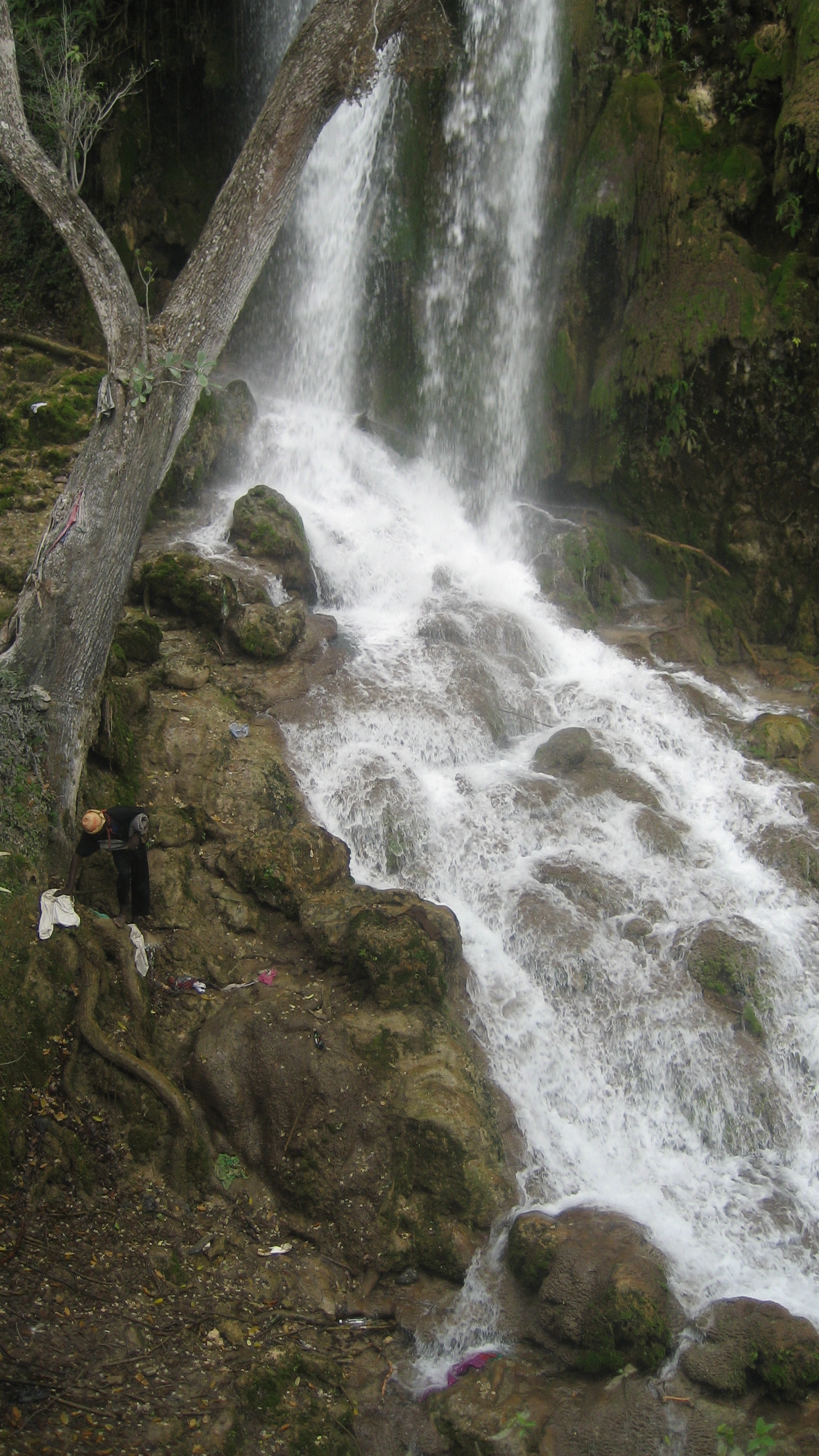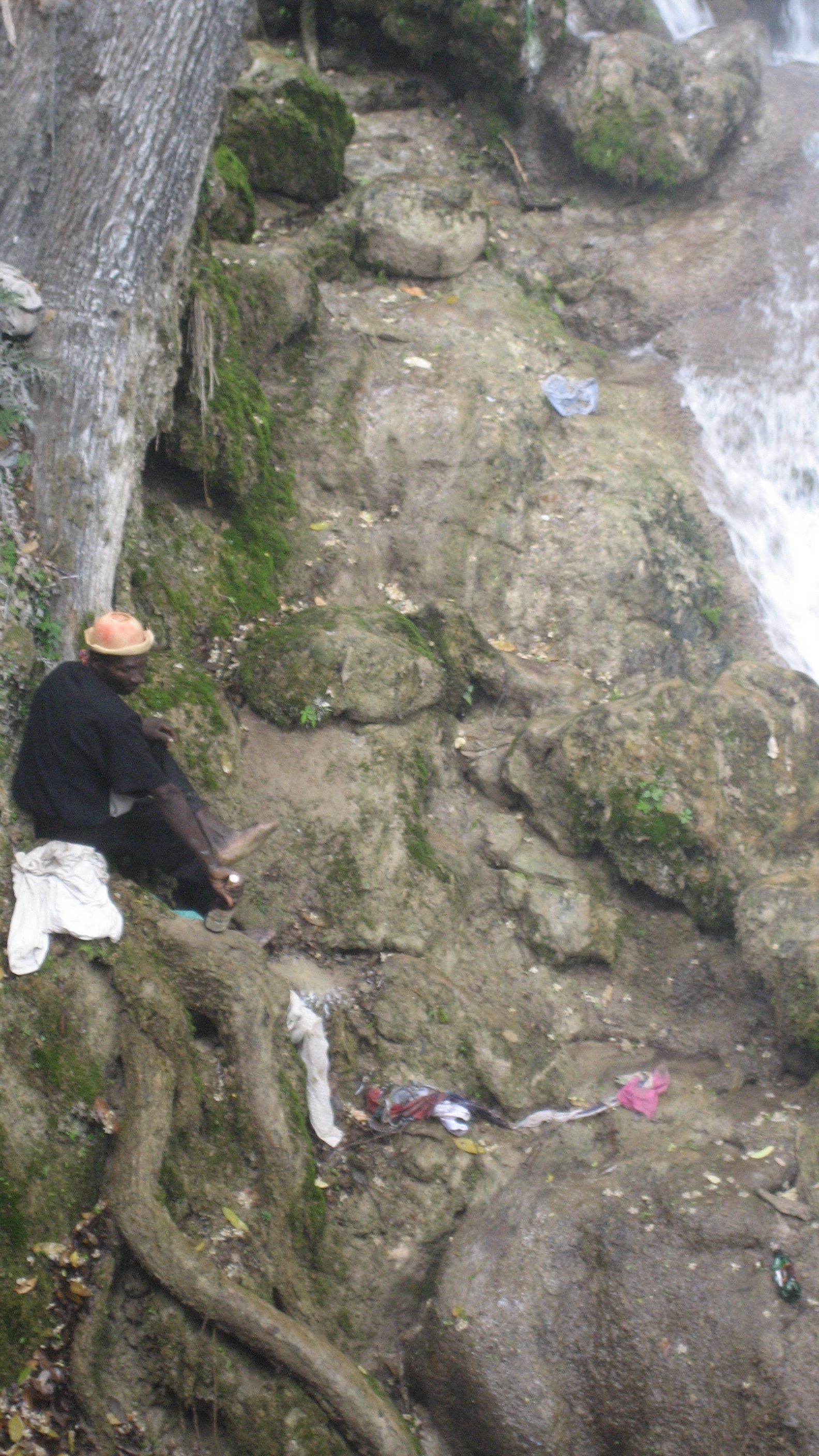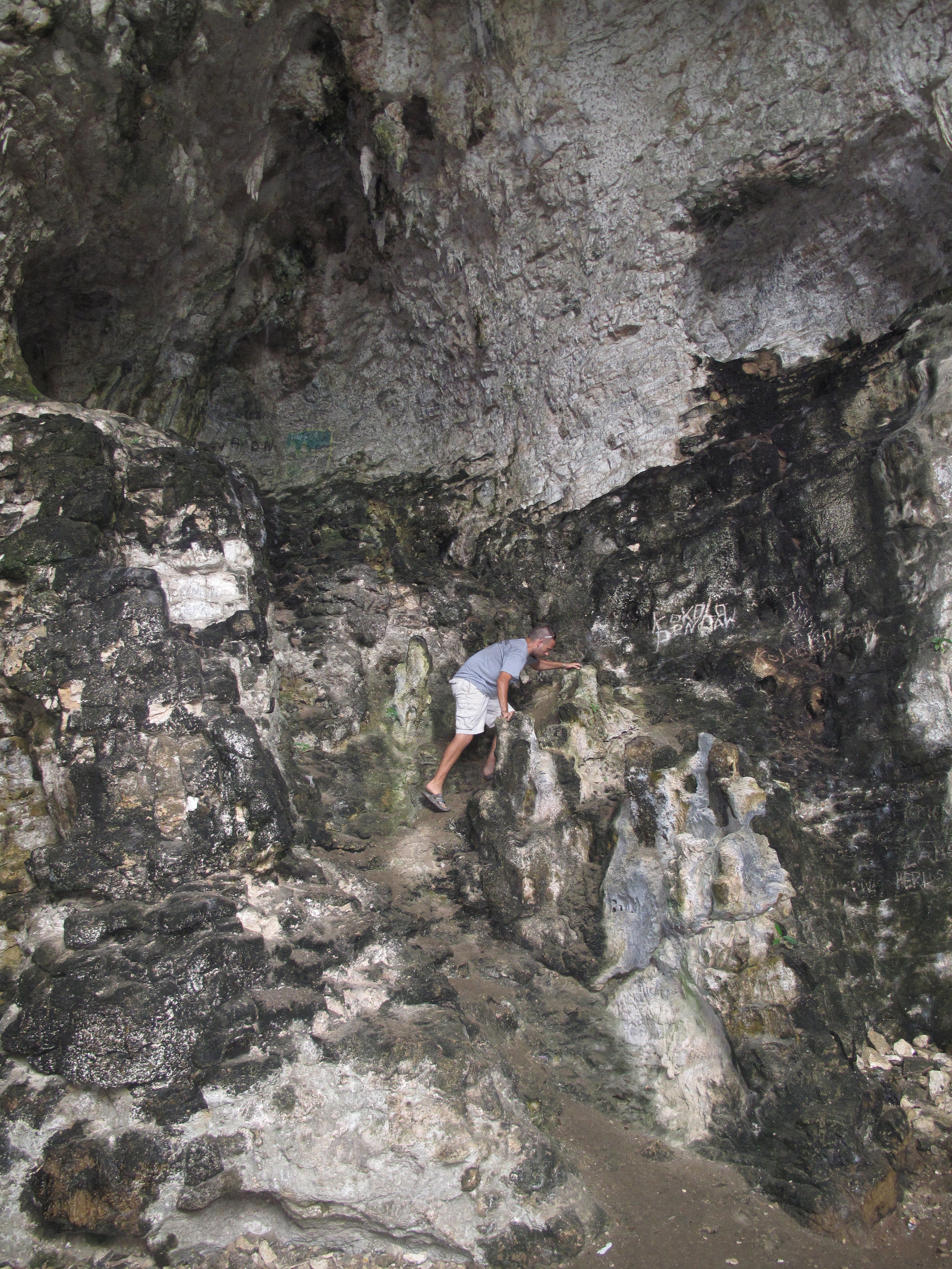SITES OF WORSHIP
These sites vary from waterfalls to forts to churches, used for Vodou to Catholicism or mixtures of the two. In addition to the sites below, see the large Cathedral of John the Baptist in the Mirogoâne, the church and Fort Cari in Petit-Goâve, and Fort Picolet in Cap-Haïtien. See Sites/Photos Needed for a list of more sites I'm looking for.
Lovanna aux Pierres in the Quartier Morin gallery (North)
Habitation Detreille is on a tree-lined avenue on the way to Habitation Duplat in Quartier Morin, just east of Cap. ”Le travail est mon bonheur” is a cruelly ironic message in the southern pillar of this former sugar cane plantation. Many details on this Habitation and others can be found in this article by the French government’s patrimony department. The second site is Lovana aux Pierres, famous for the lwa Lovana, represented by several silver fish in a basin; I was told on my visit that it was Habitation Duplat, but I’ve also read that this is Habitation Dupuy. Supposedly wearing earrings, the fish will grant wishes to those who seek. On my visit, I was told serviteurs come twice a week, with an annual fête Septemeber 27th. The Habitation (called “Duplaa” by Moreau de Saint-Méry in 1789) is also mentioned in this article from the French government. Vévés and ceremonial drawings for the lwa fill the site. According to locals, the tunnel shown was supposed to be a colonist’s escape route as the reality of the Revolution neared (the other end was about 50 feet away); it’s similar to one I saw in Camp-Perrin, in the south.
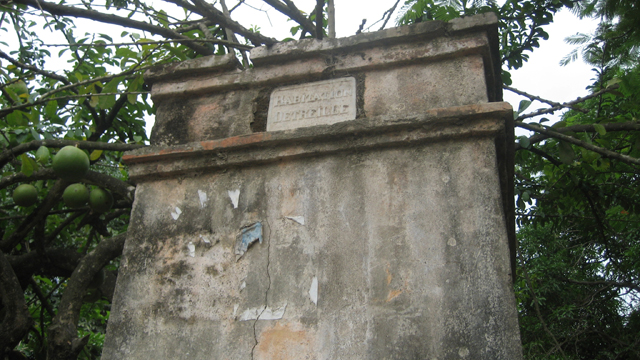

























Merotte, Archahaie (Côte des Arcadins)
North of downtown, in Merotte, a monument marks Dessalines’ ripping of the French tricolour to create the first Haitian flag, sewed together by Catherine Flon. Across from the flag murals is the Lakou Grann Guitonn, described as a peristyle restored to Guitonn’s memory (the plaque in the gallery below says he played an important role alongside Dessalines in the fight for Haitian independence).
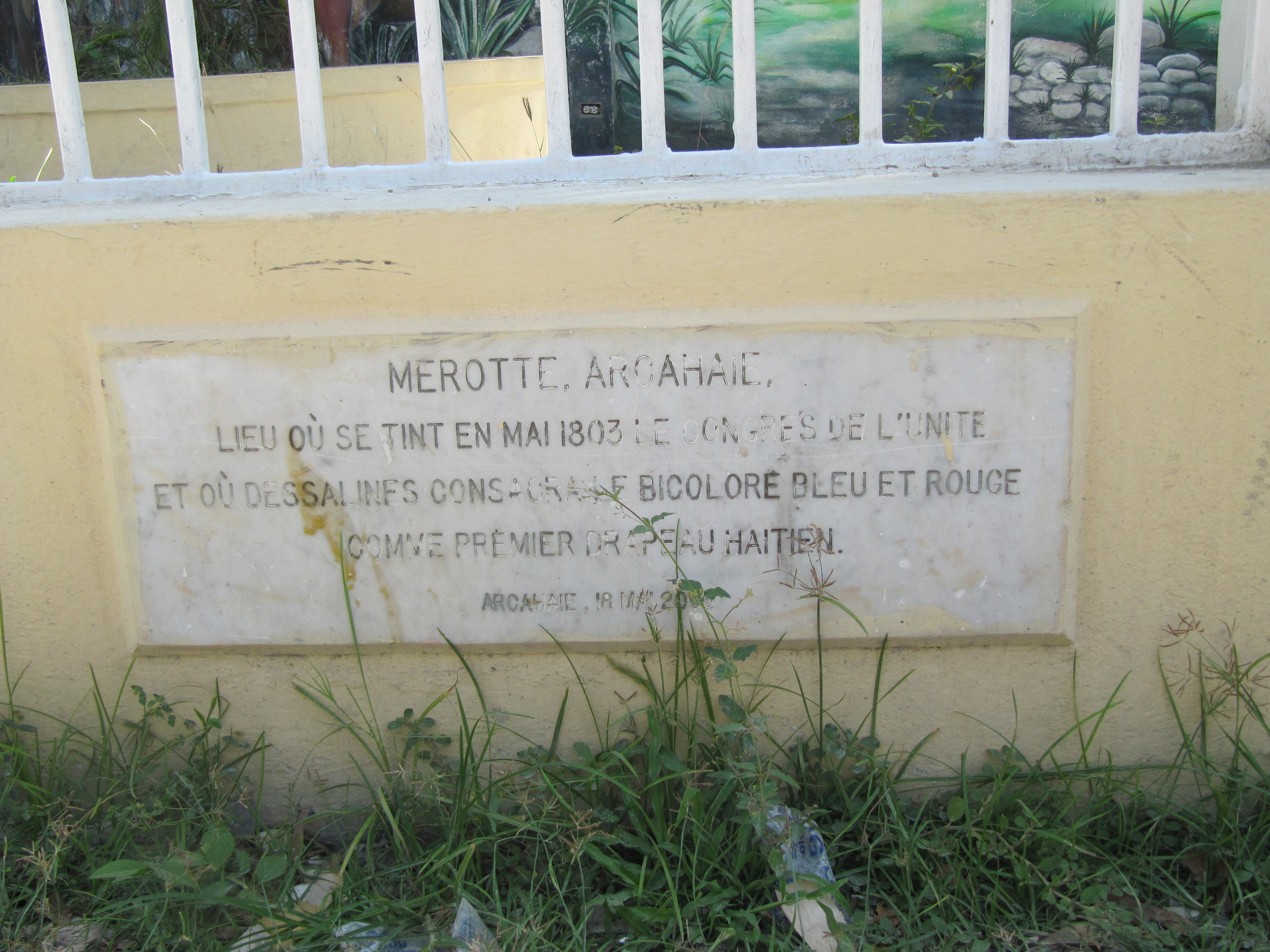
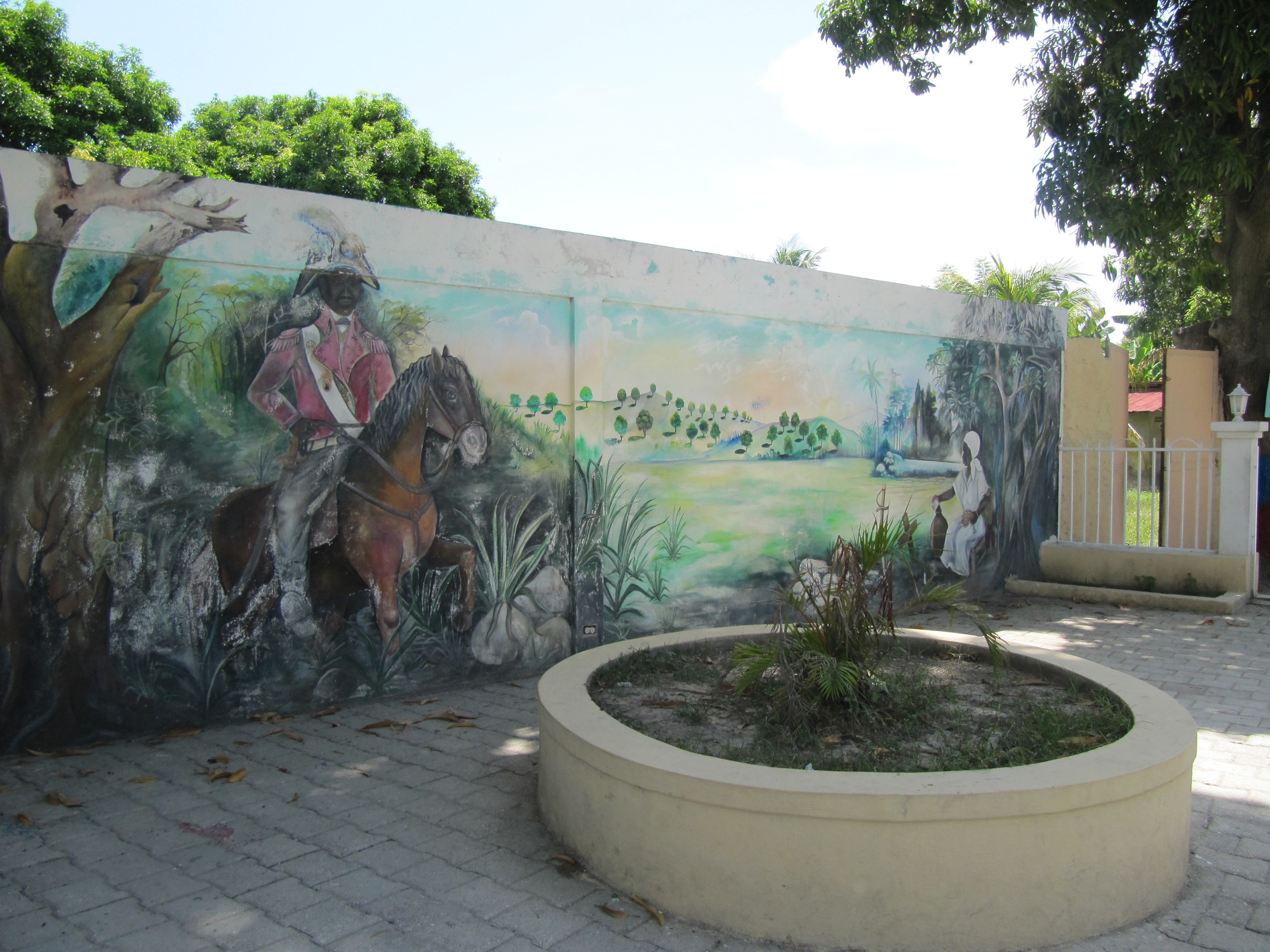
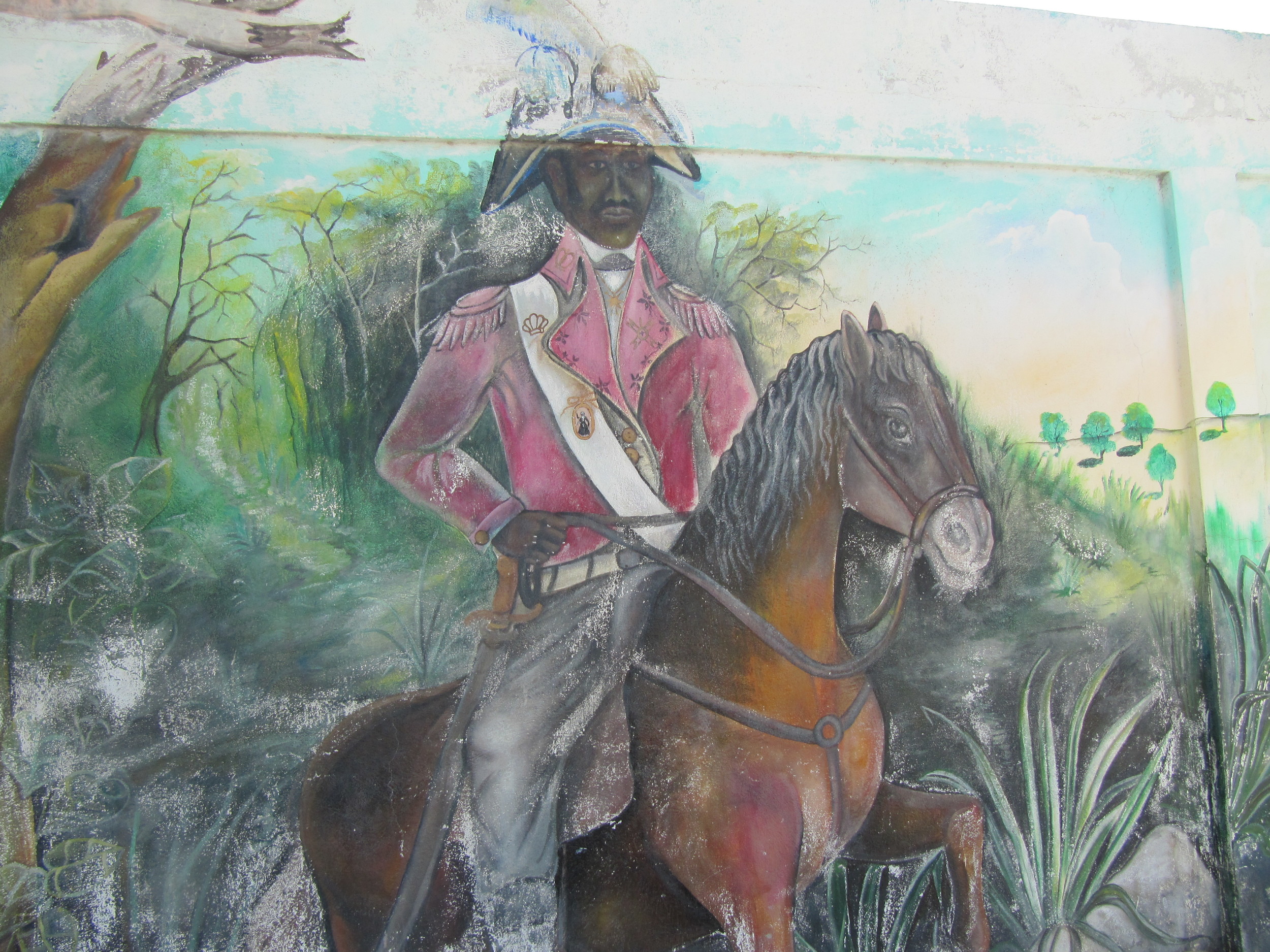
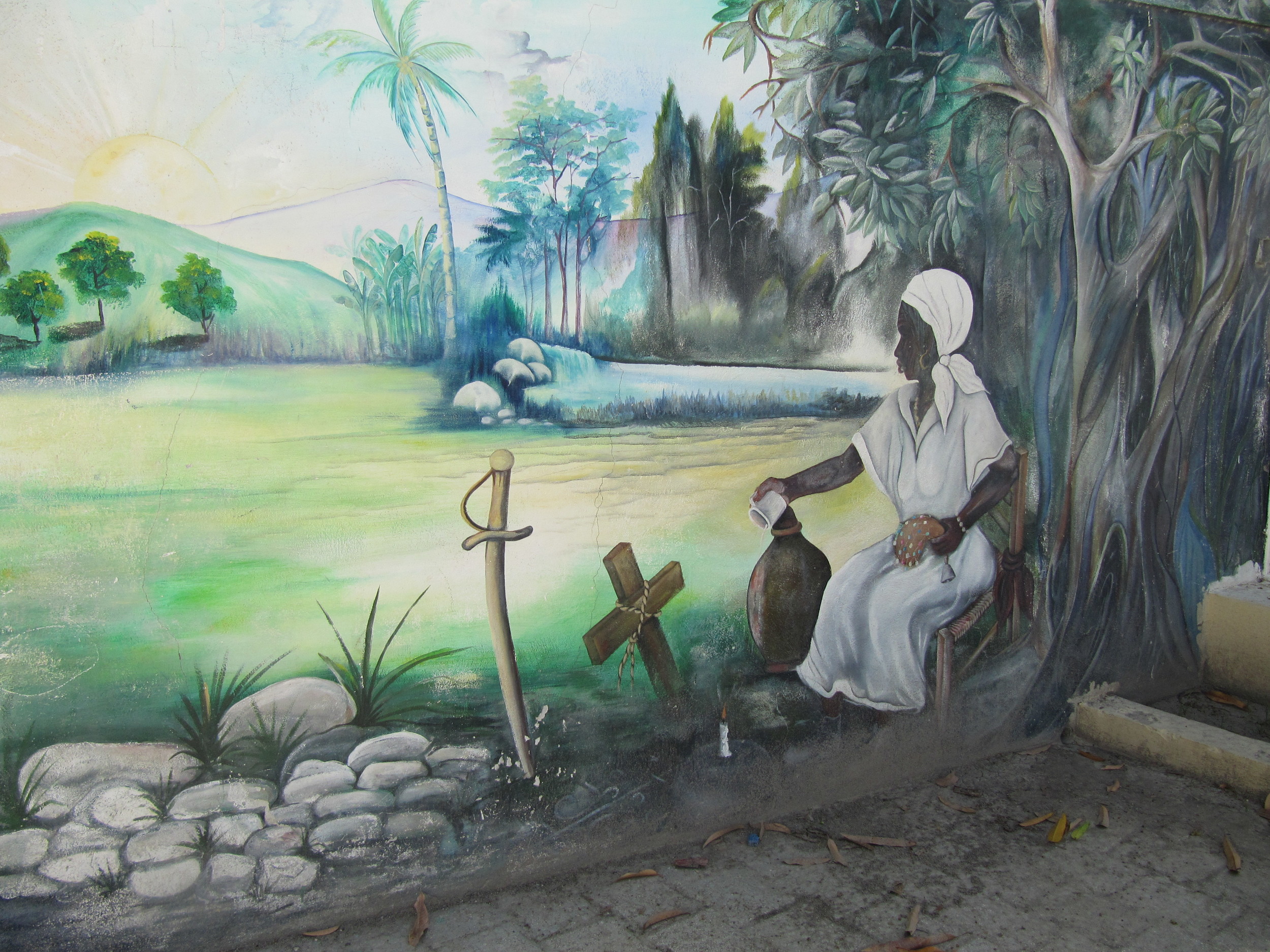
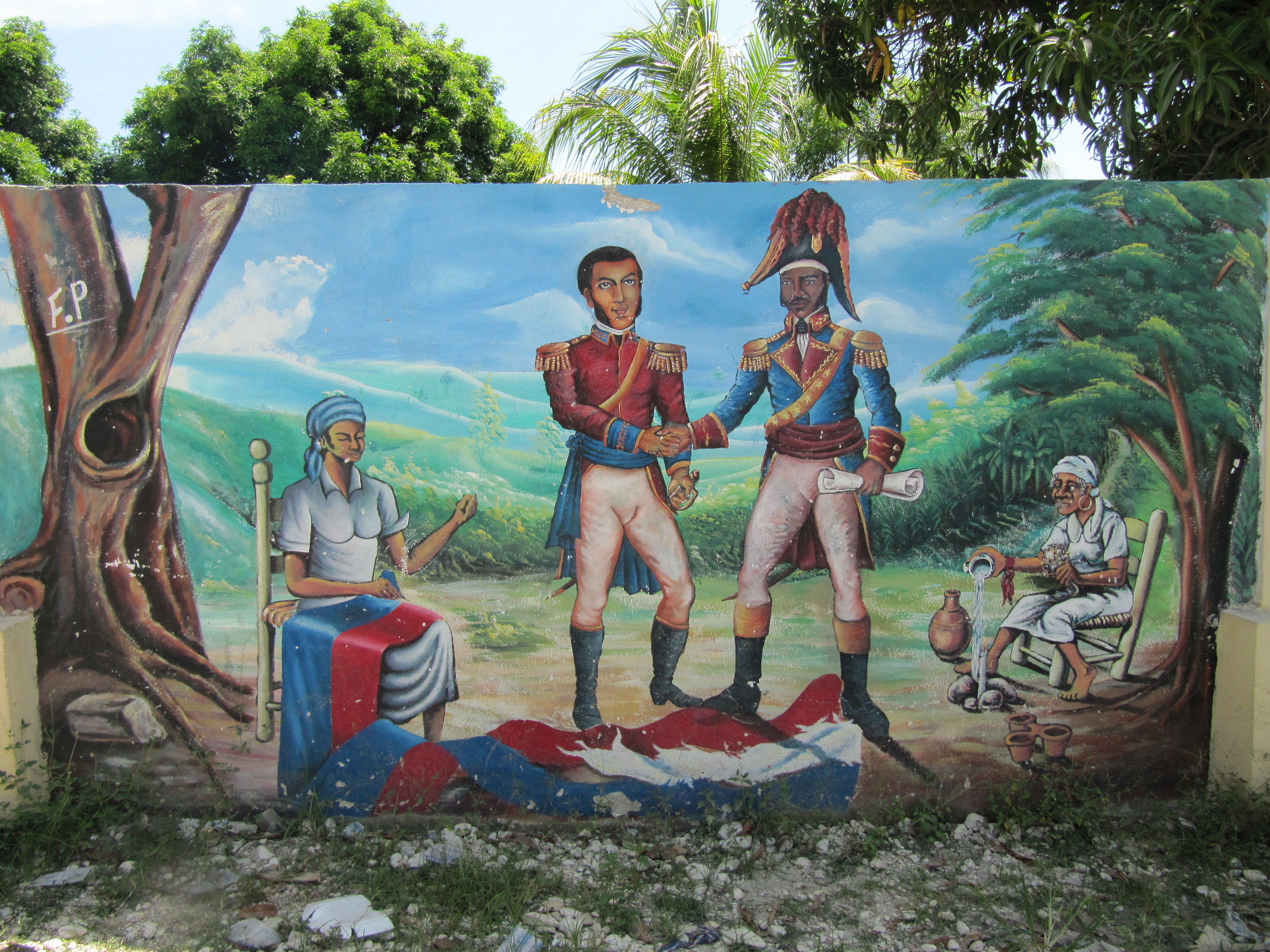
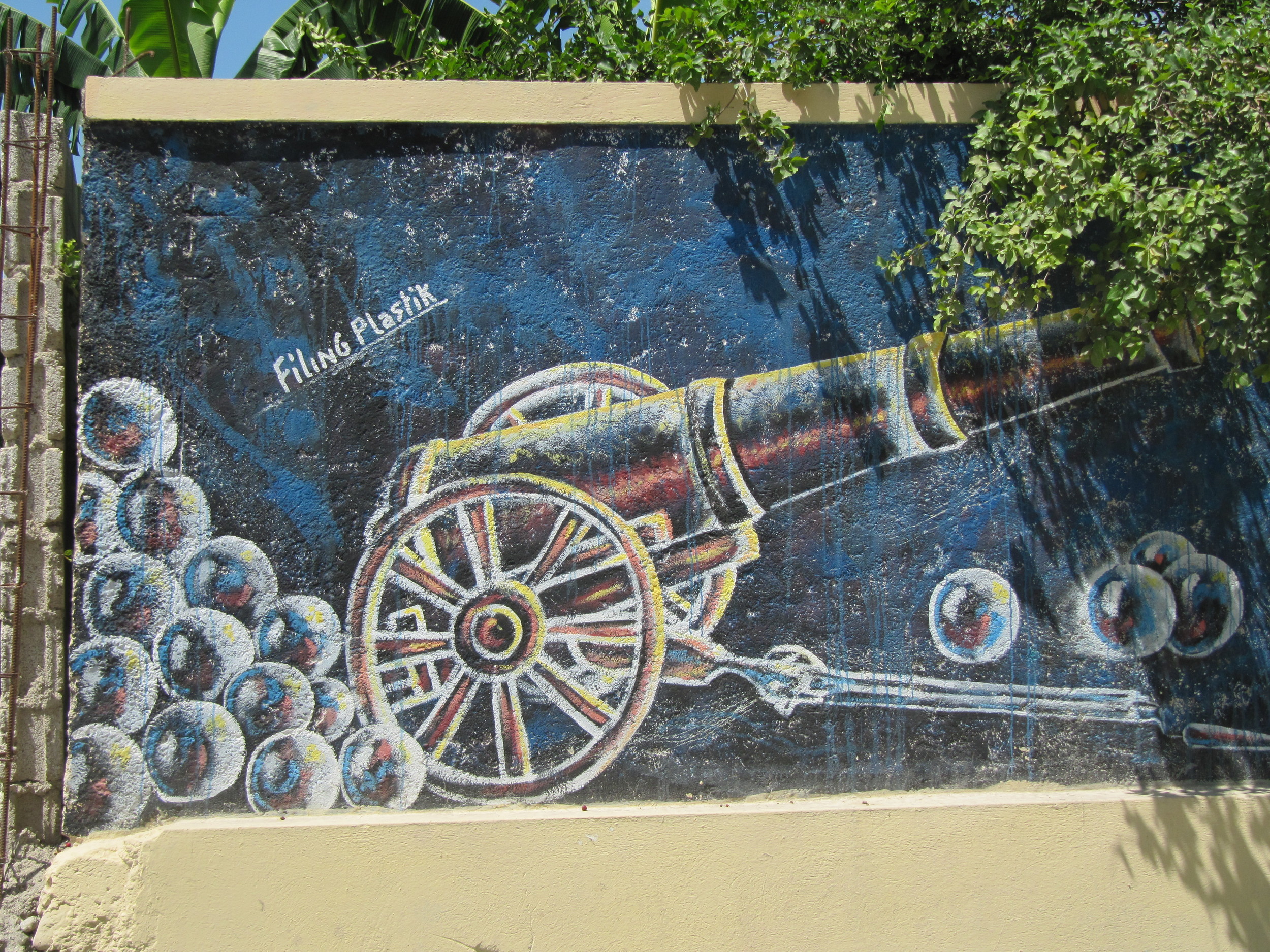
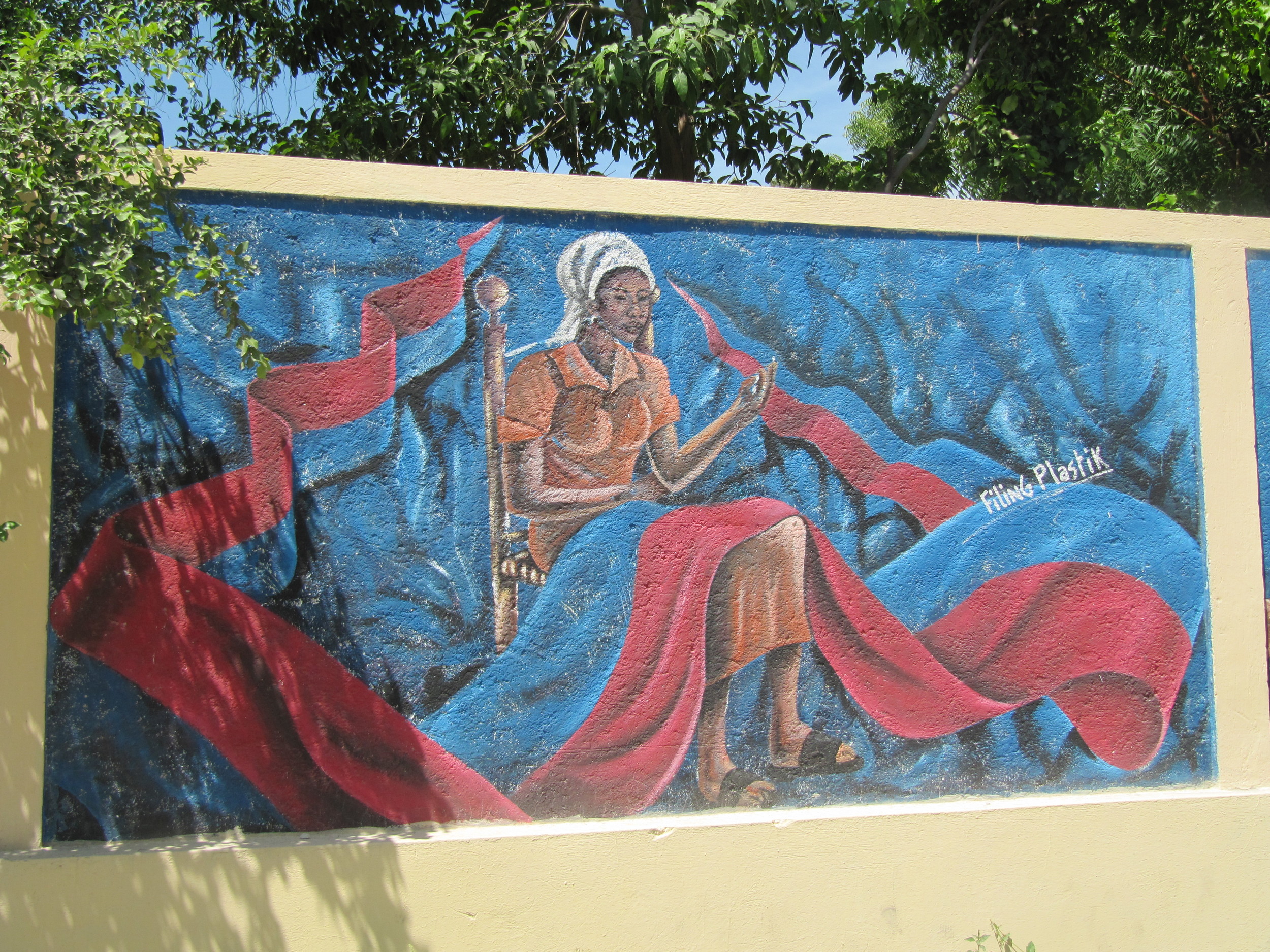
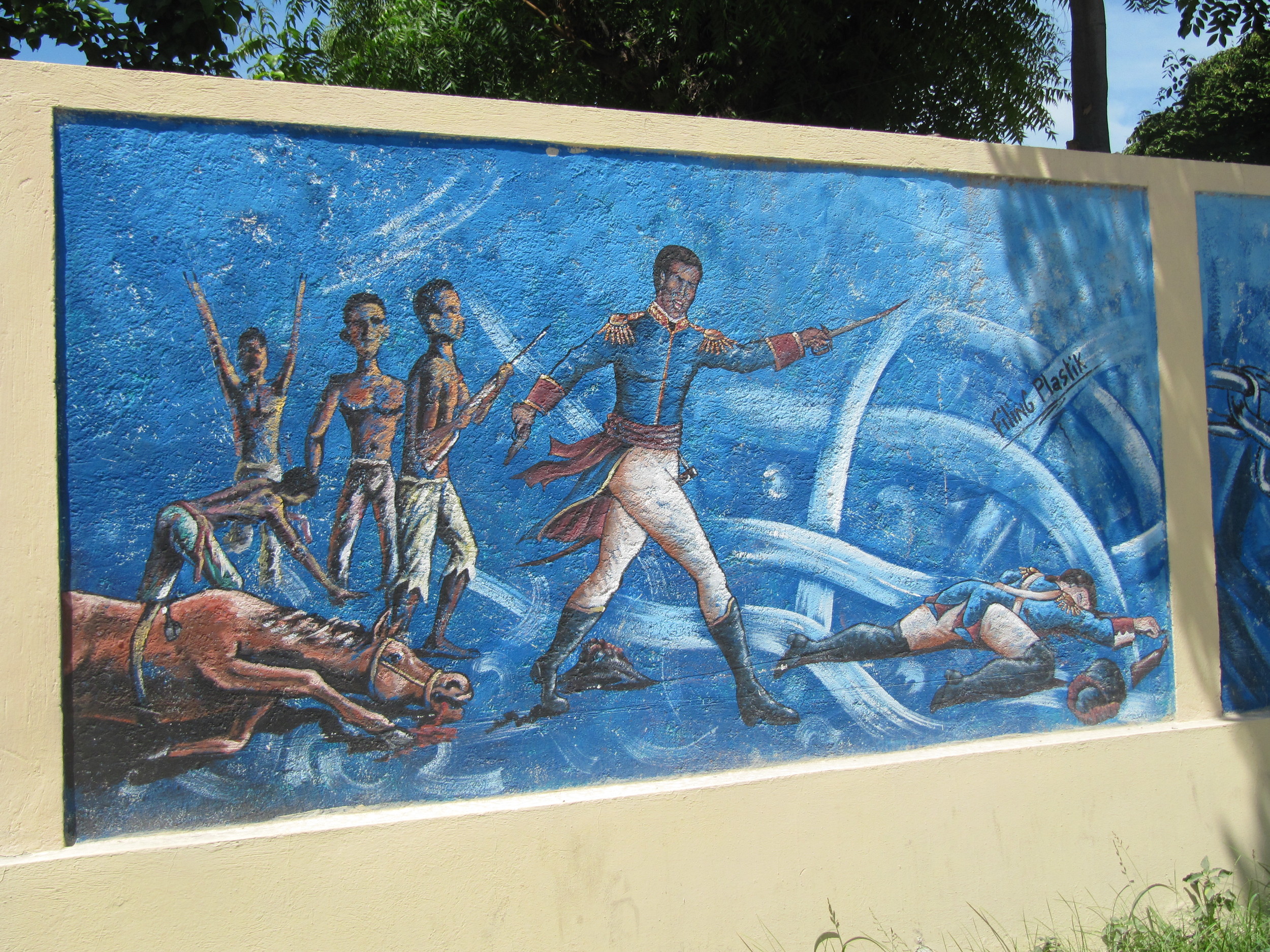
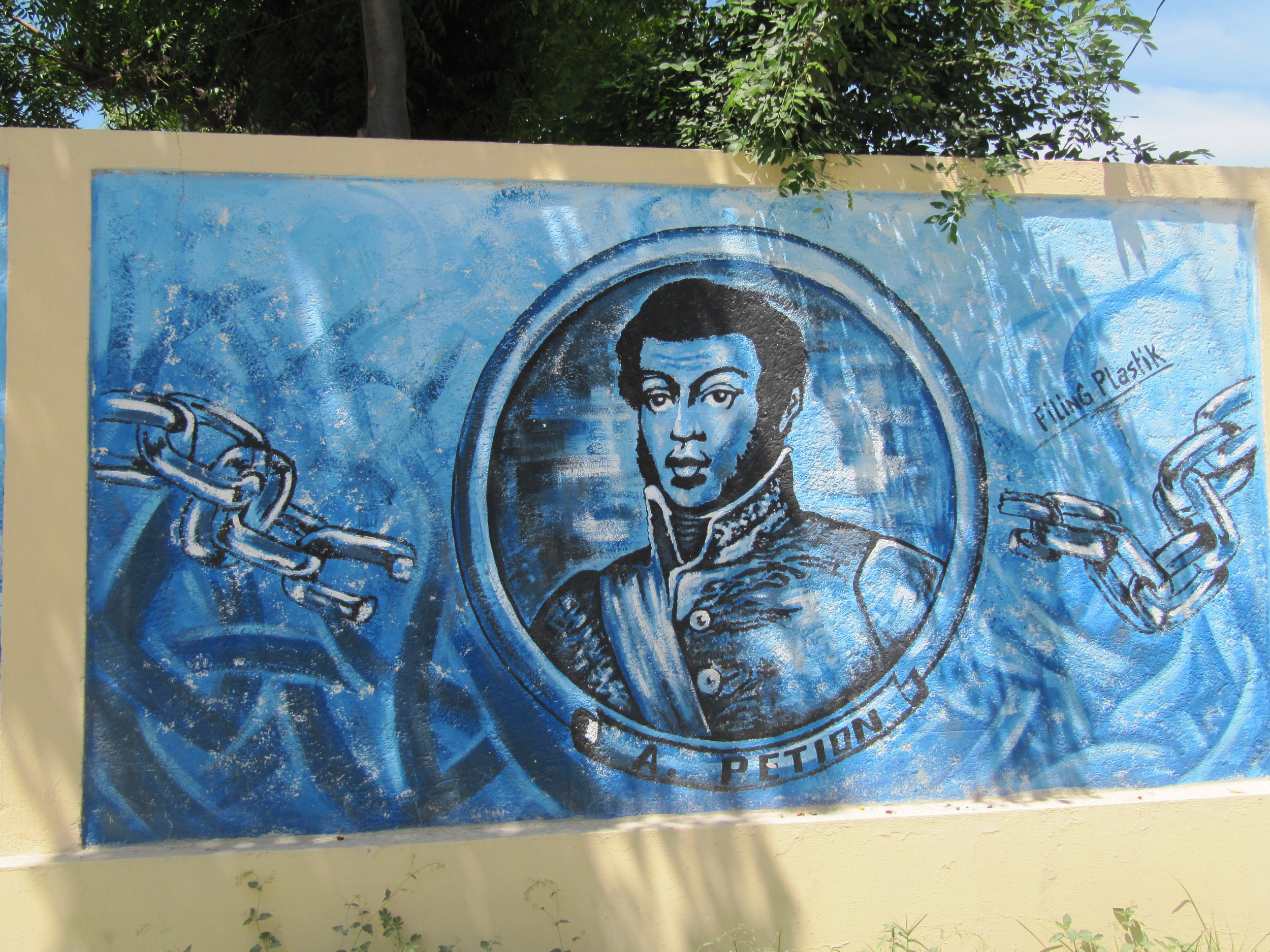
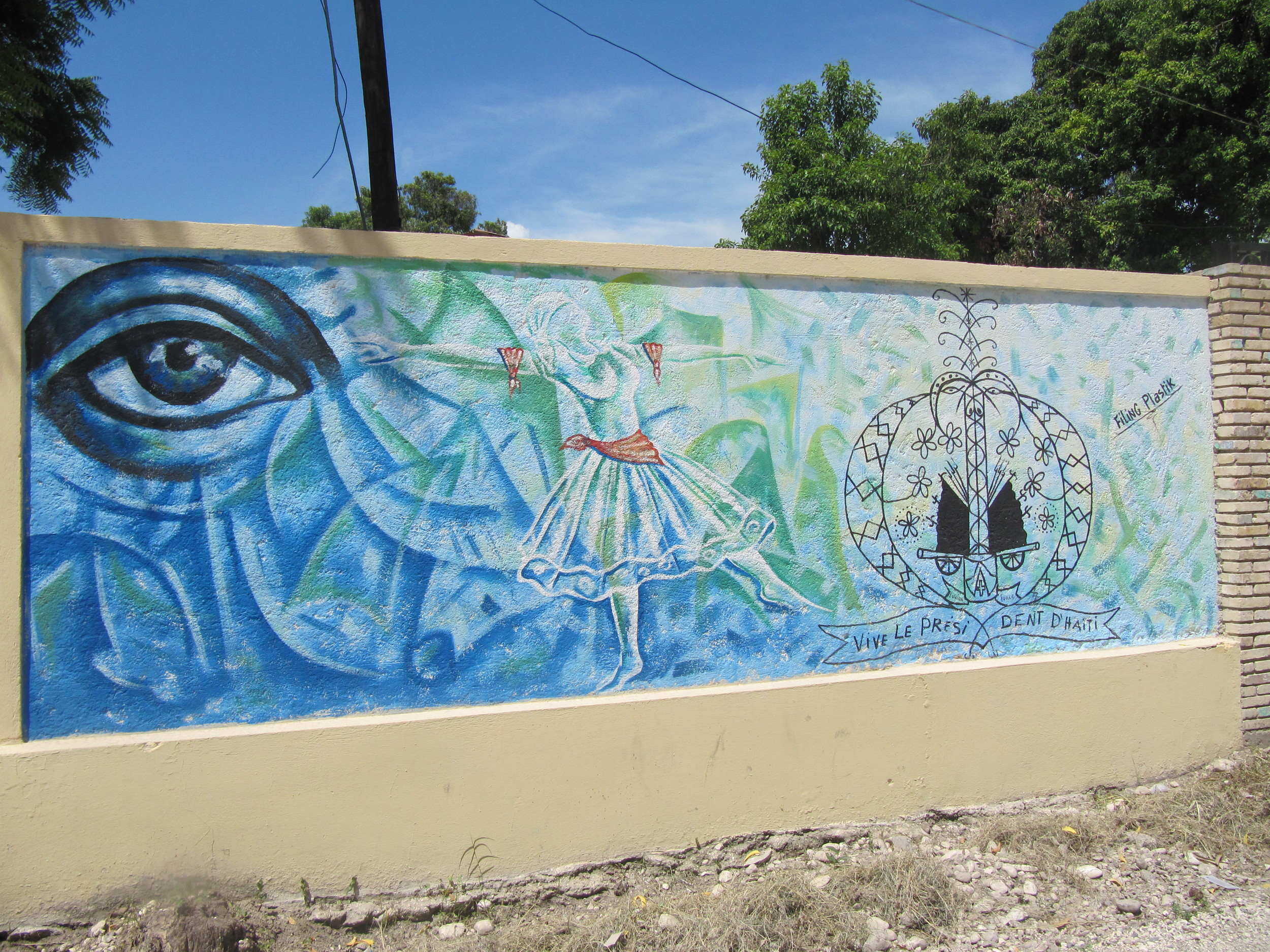
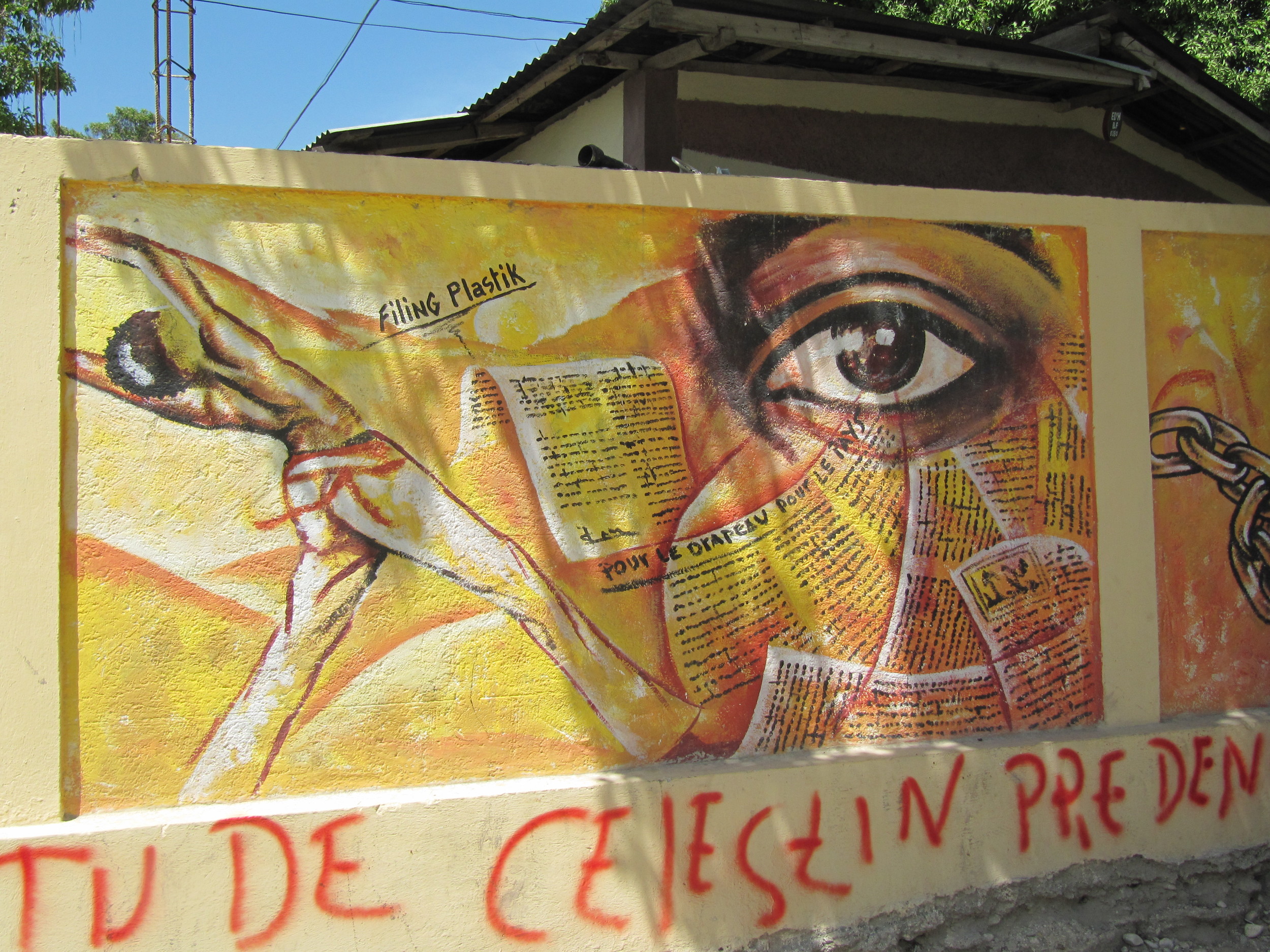
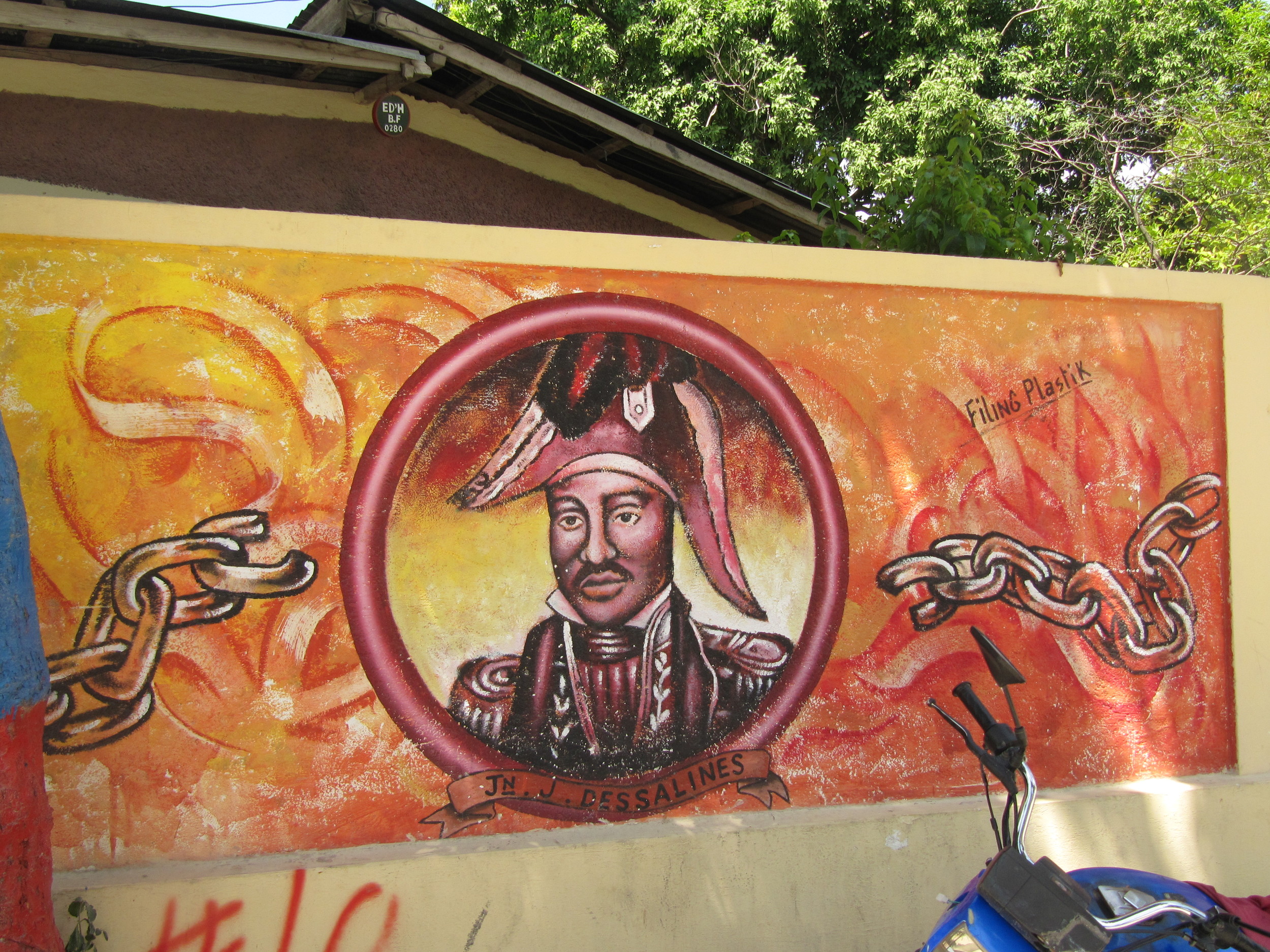
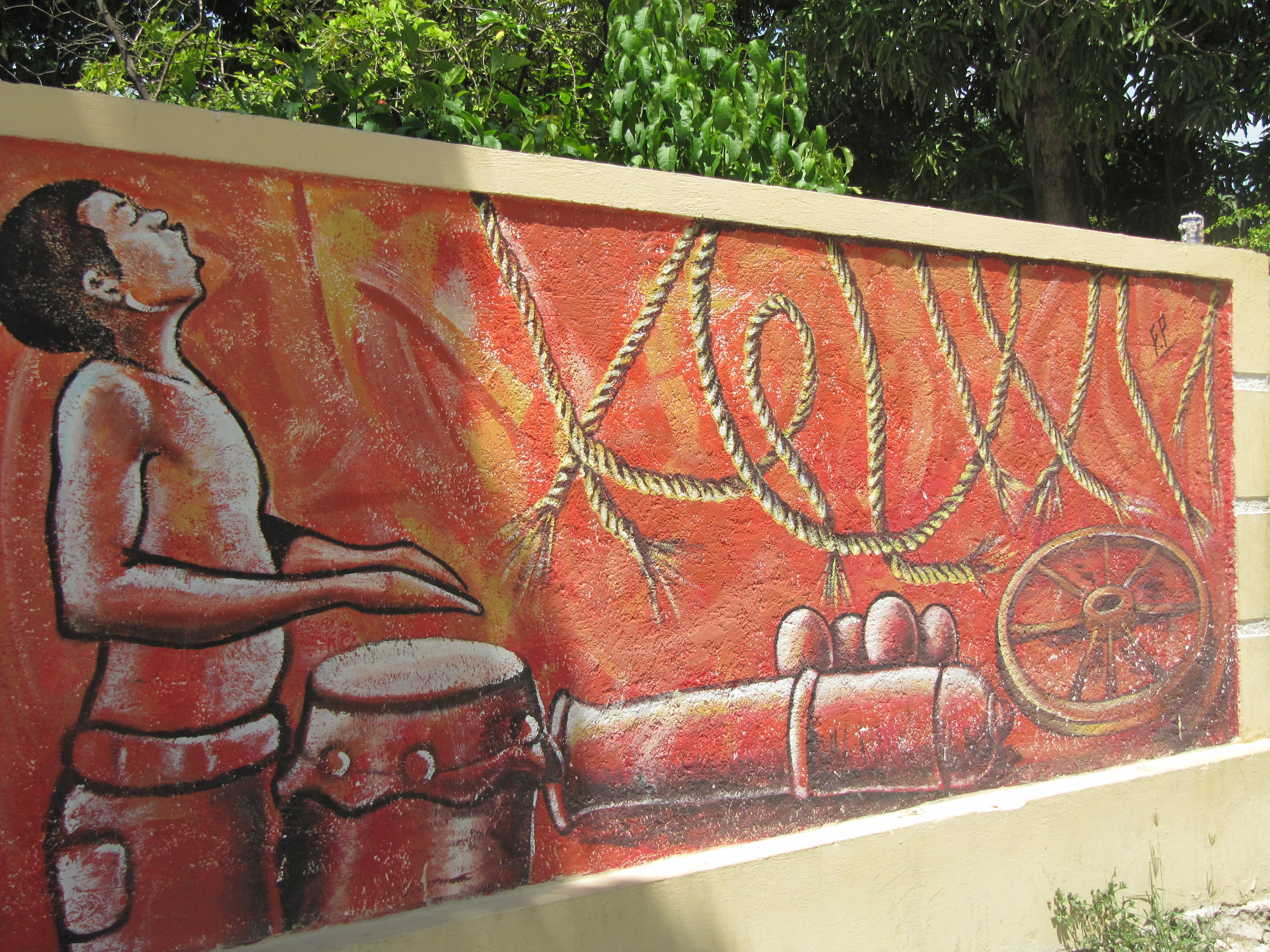



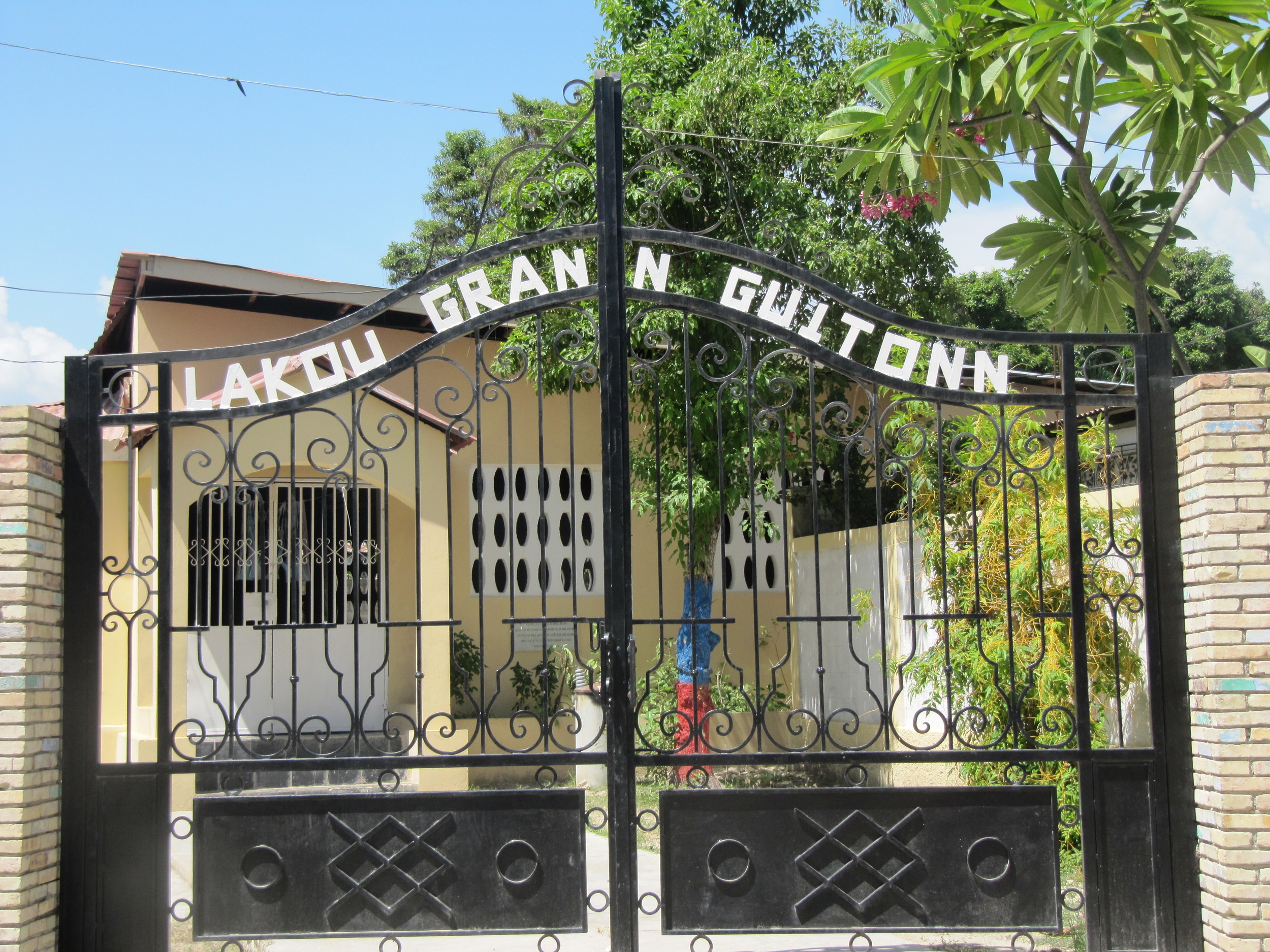
Cathédrale Saint-Trinité (Port-au-Prince)
I took these photos in June, 2009 on my first and only visit to the Episcopal Cathedral. It was twilight, and I was rushed, which I regret, as the site was largely destroyed in the earthquake 7 months later. I believe that restoration of the remaining murals is ongoing, and it was one of the first priorities of cultural preservationists after the earthquake. Created in the early 1950s under the direction of the heads of the Centre d’Art, it features work by leading artists of the time and is considered a major national treasure.
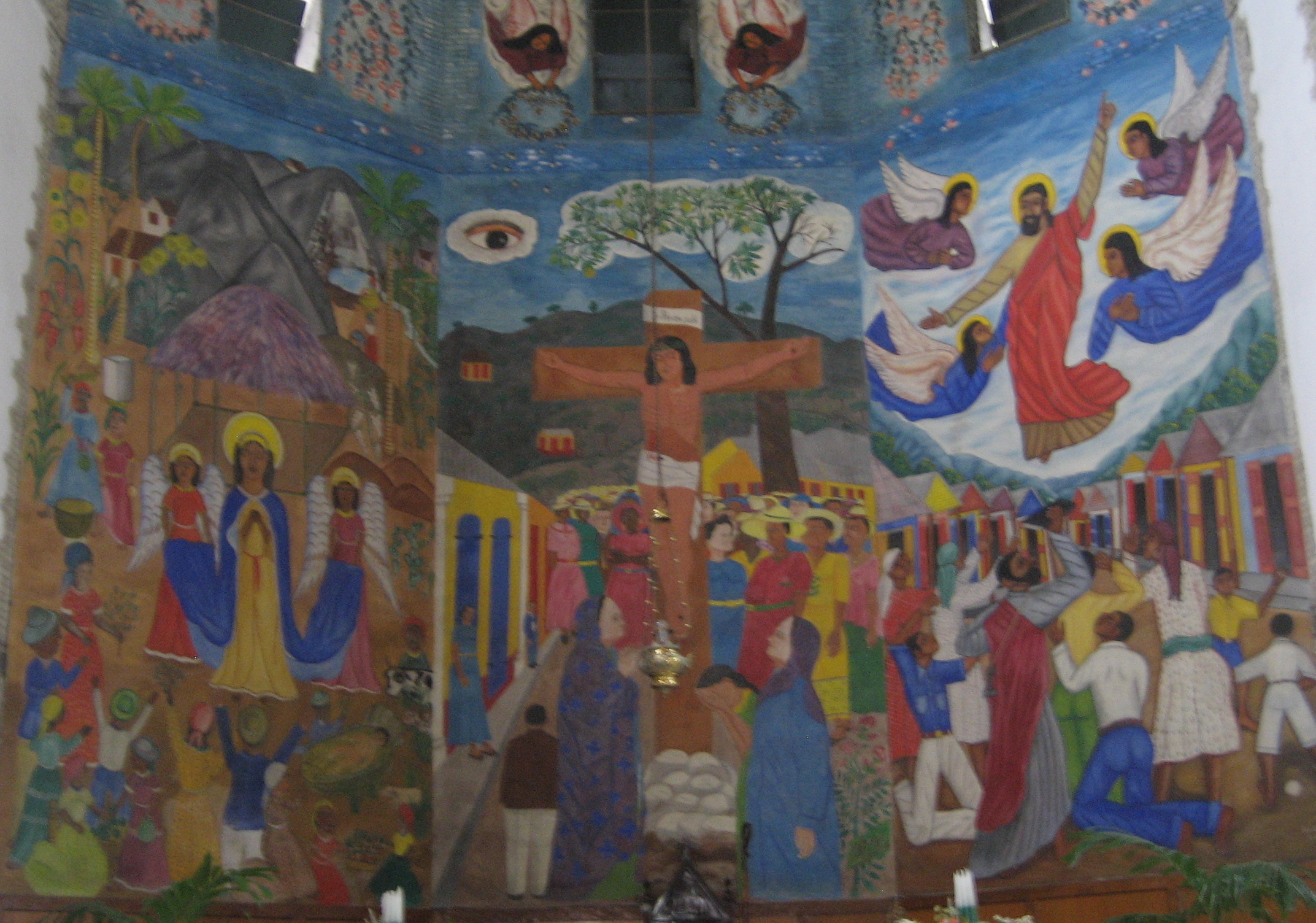
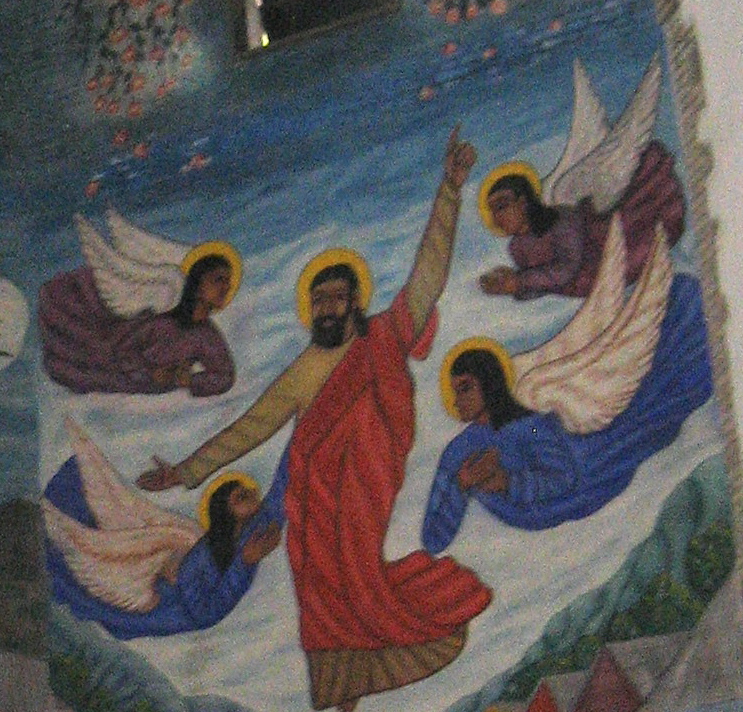
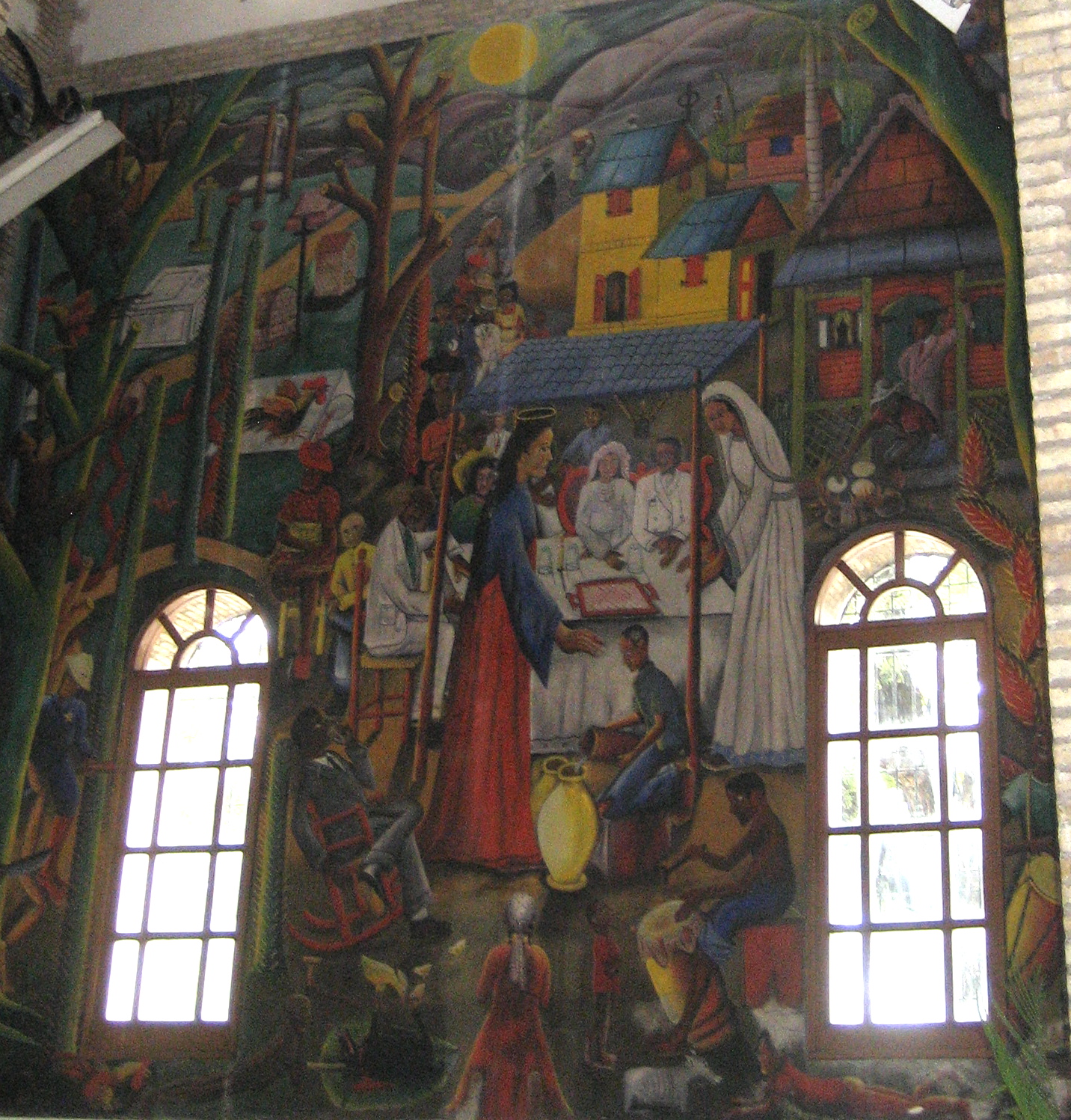
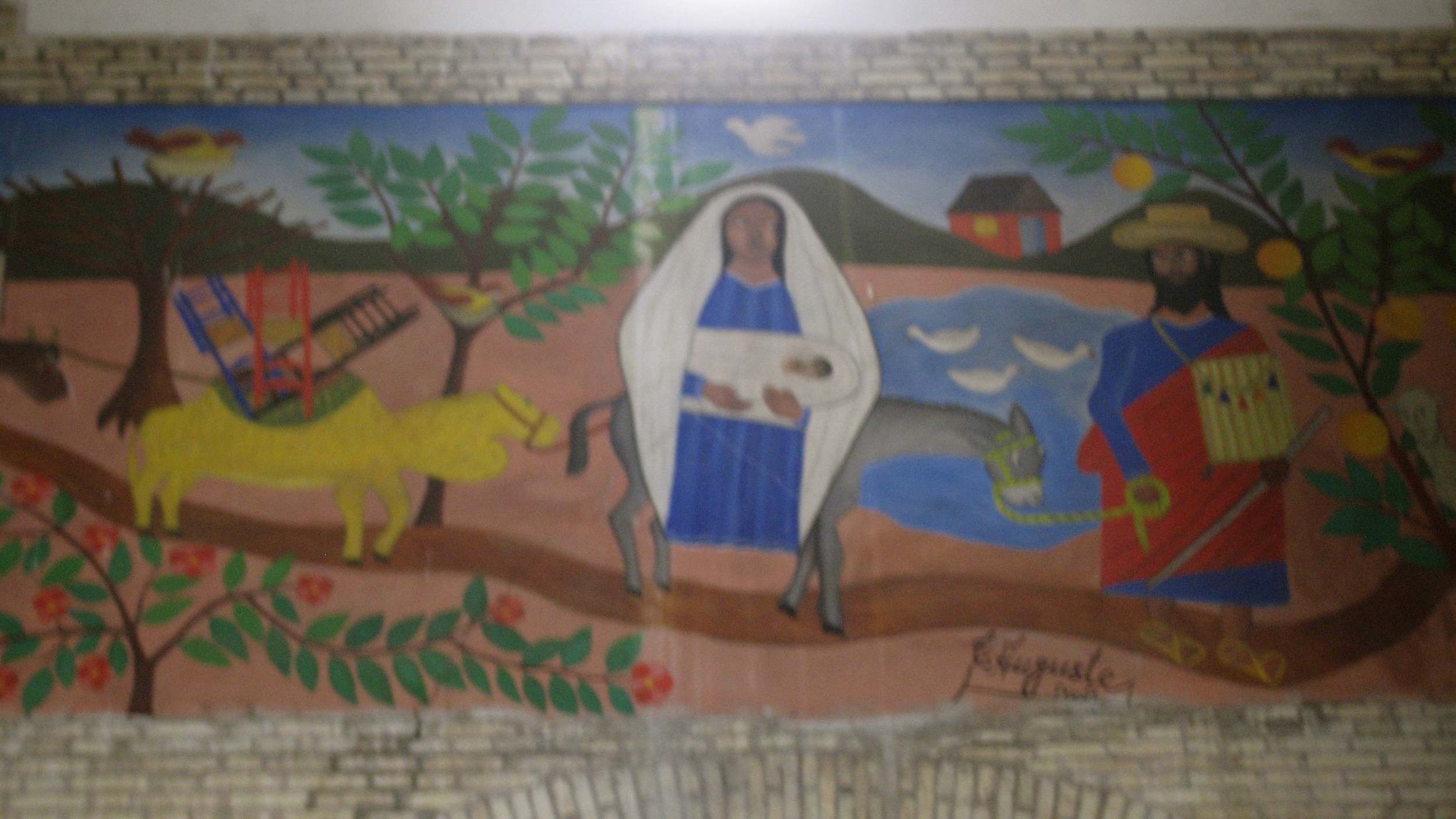
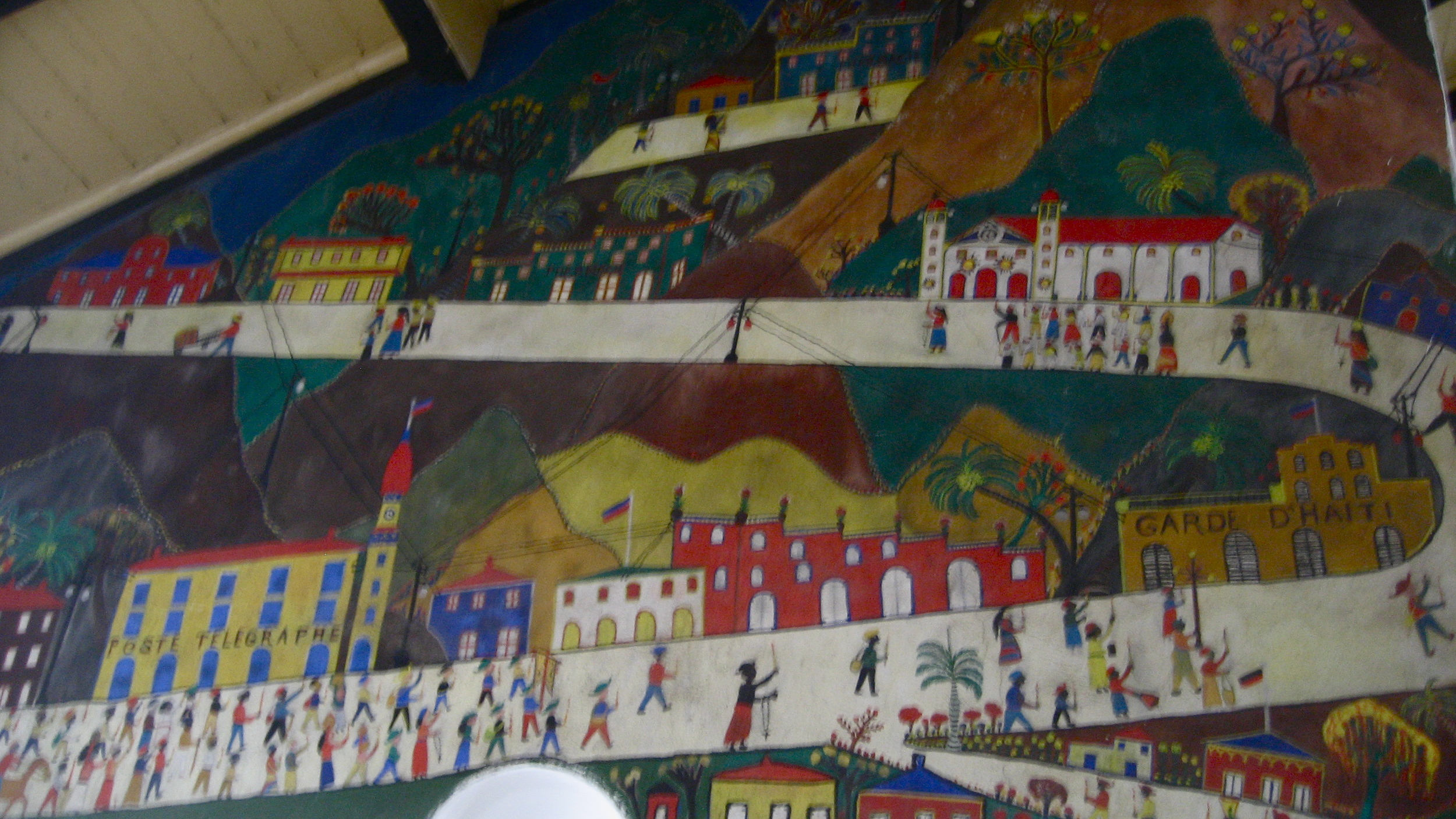
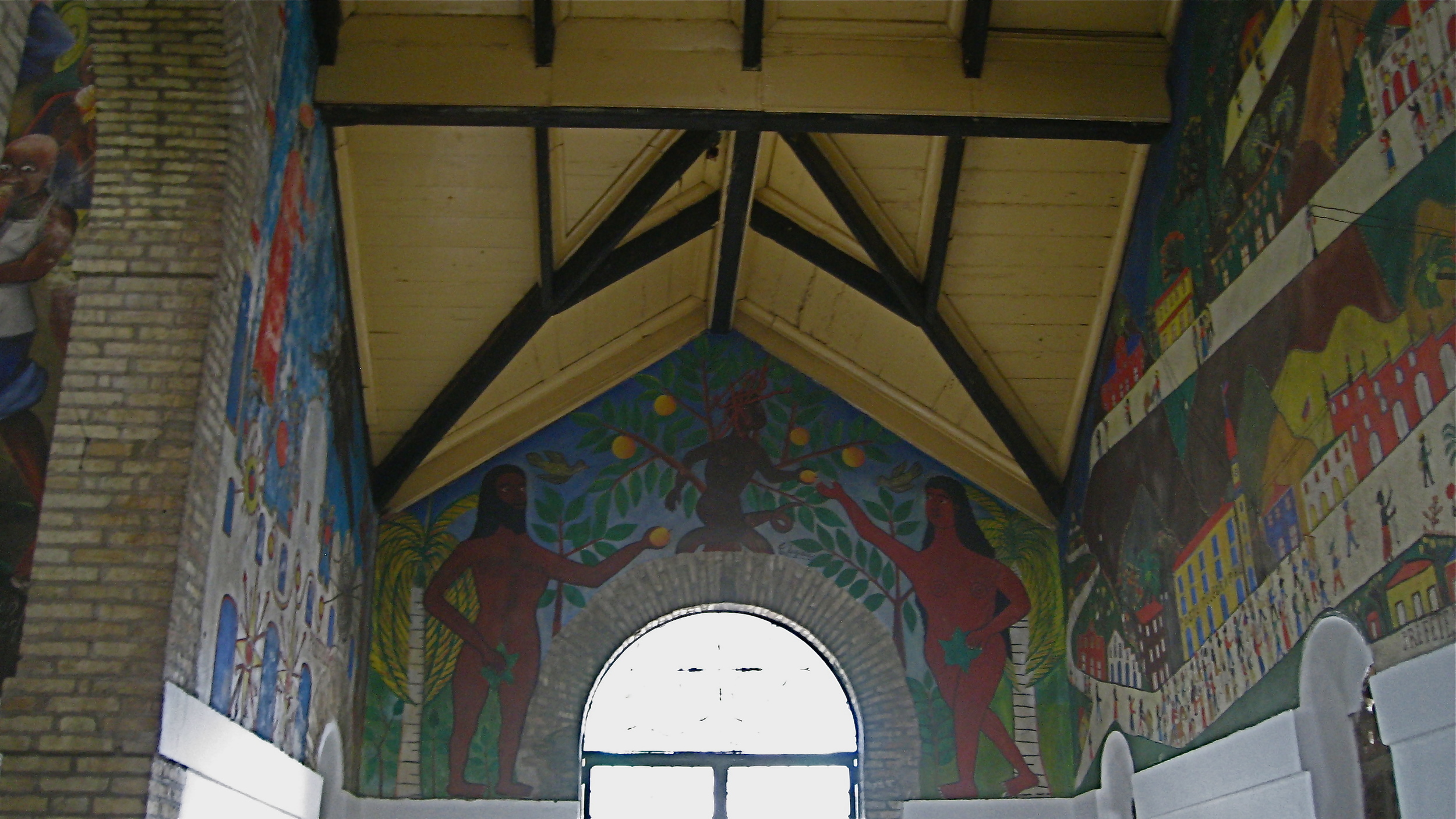
Fort Anglais, Mirebalais (Central)
This fort is near the Ecole Jean Philippe on the eastern side of town on a relatively small hill. The British occupied and held this town in their attempts to maintain the entire Artibonite from here down the valley to Saint-Marc. Although the hill is small, the whole surrounding plain is clearly visible. The white and blue is evidence of the worship of the Virgin Mary by the Catholics who regularly pray on this hill.
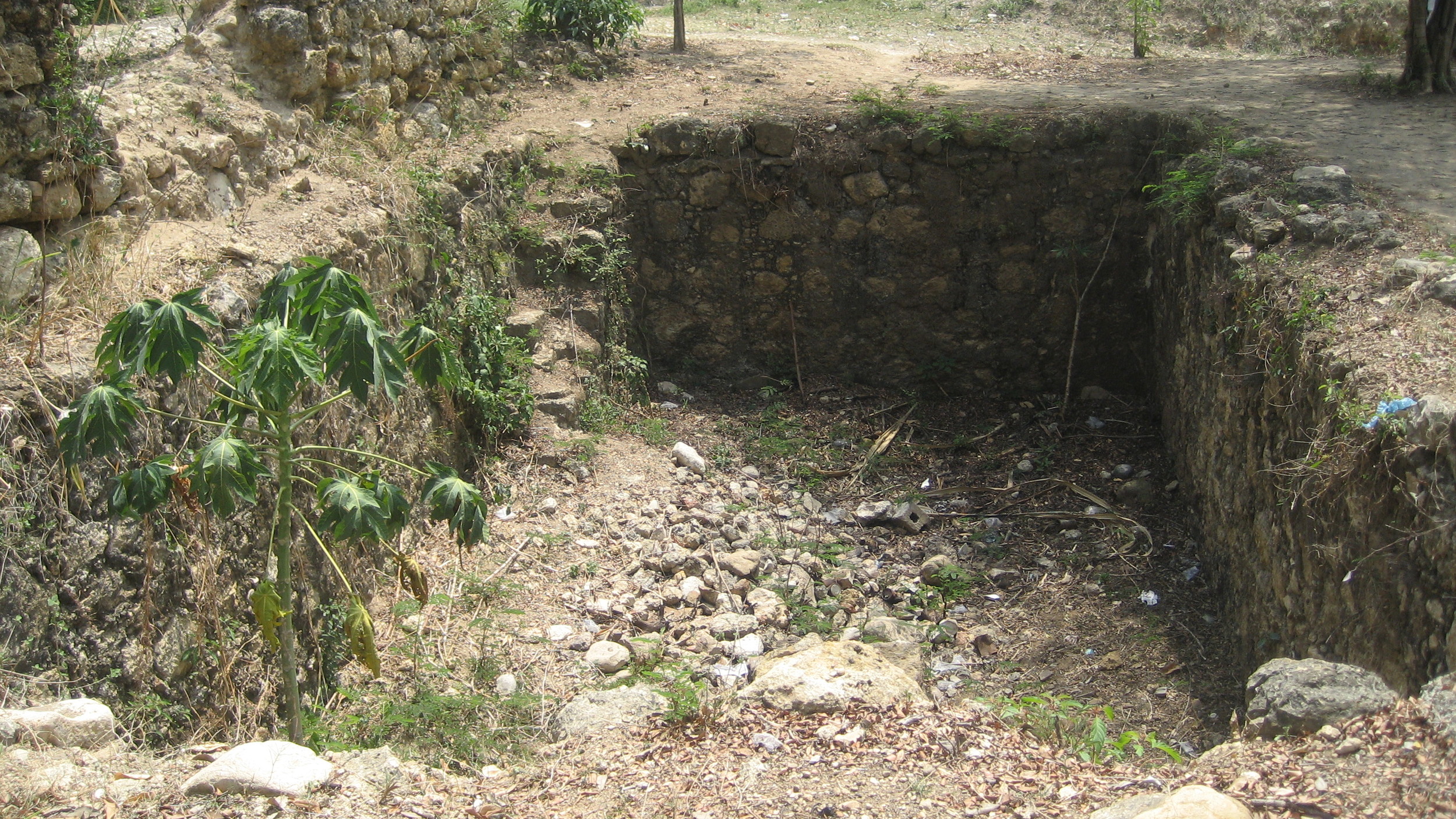
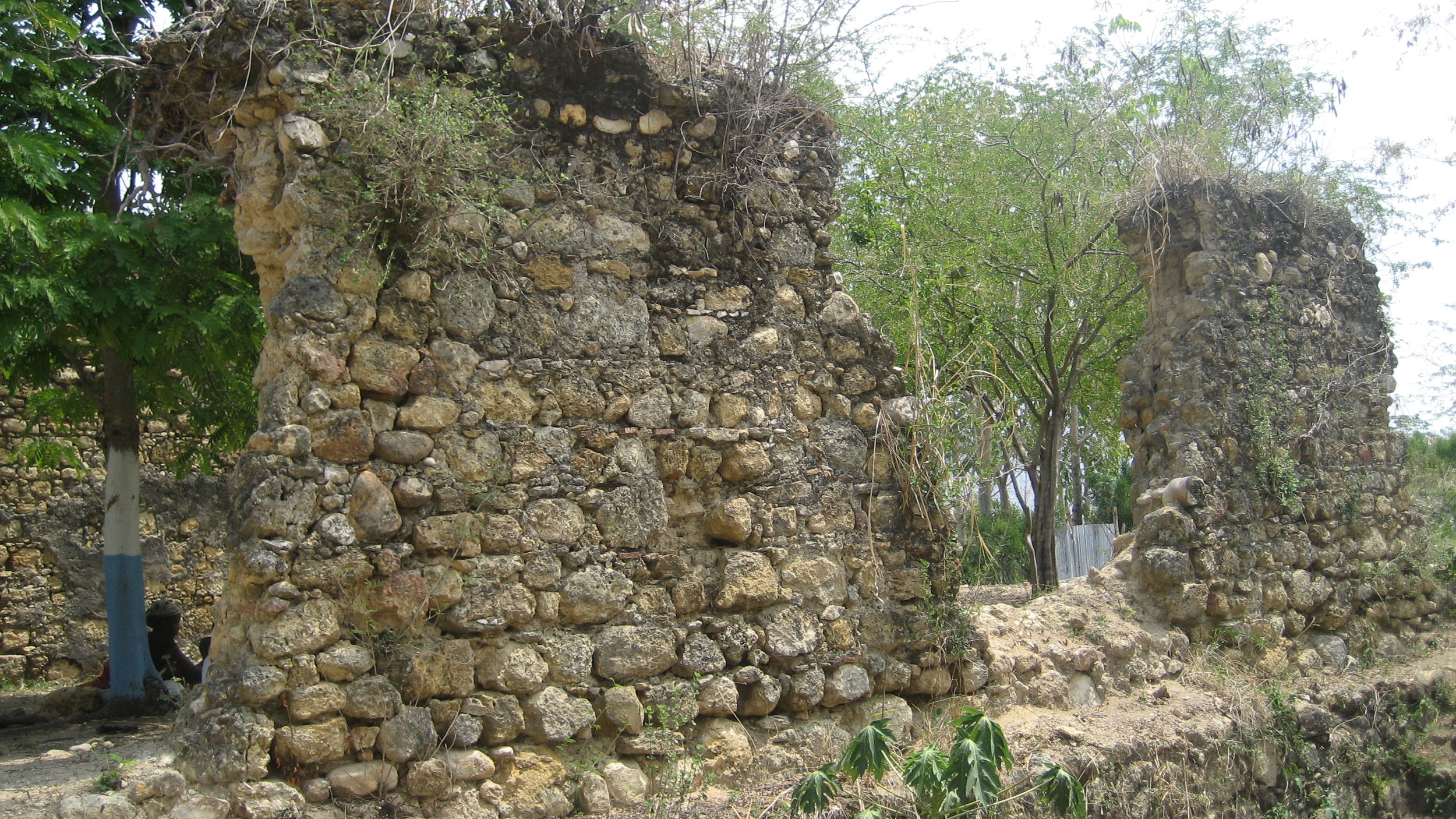
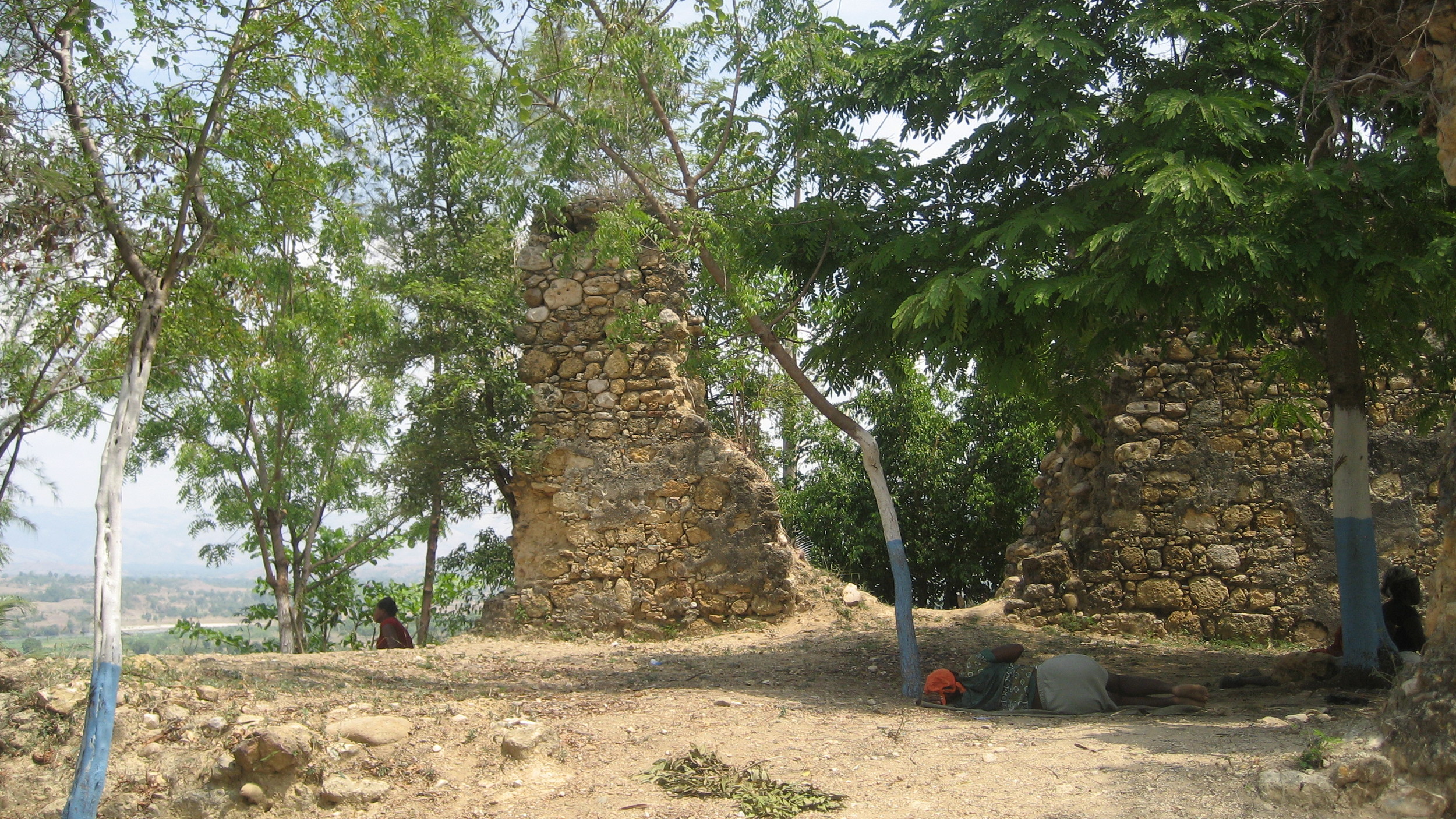
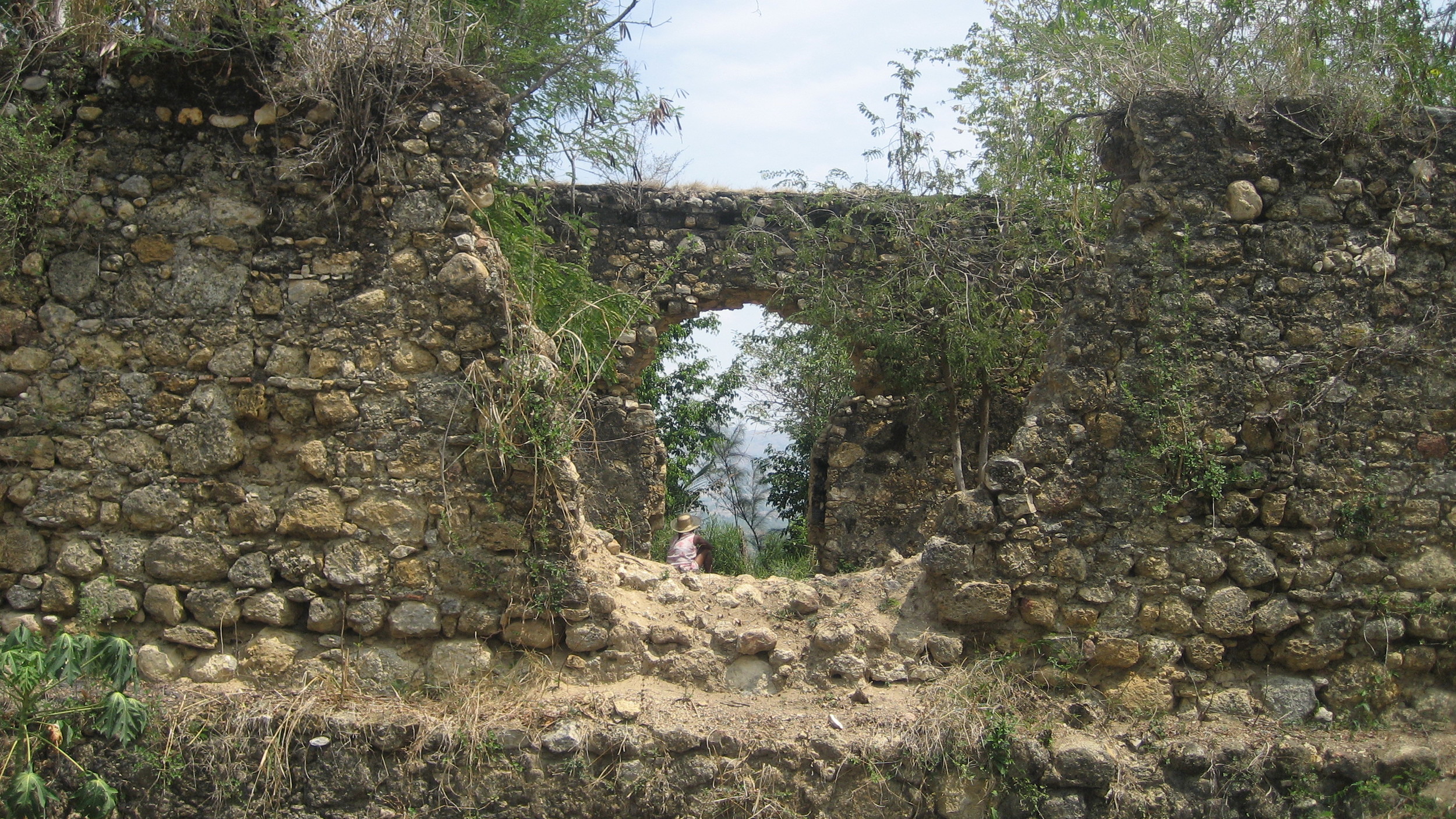
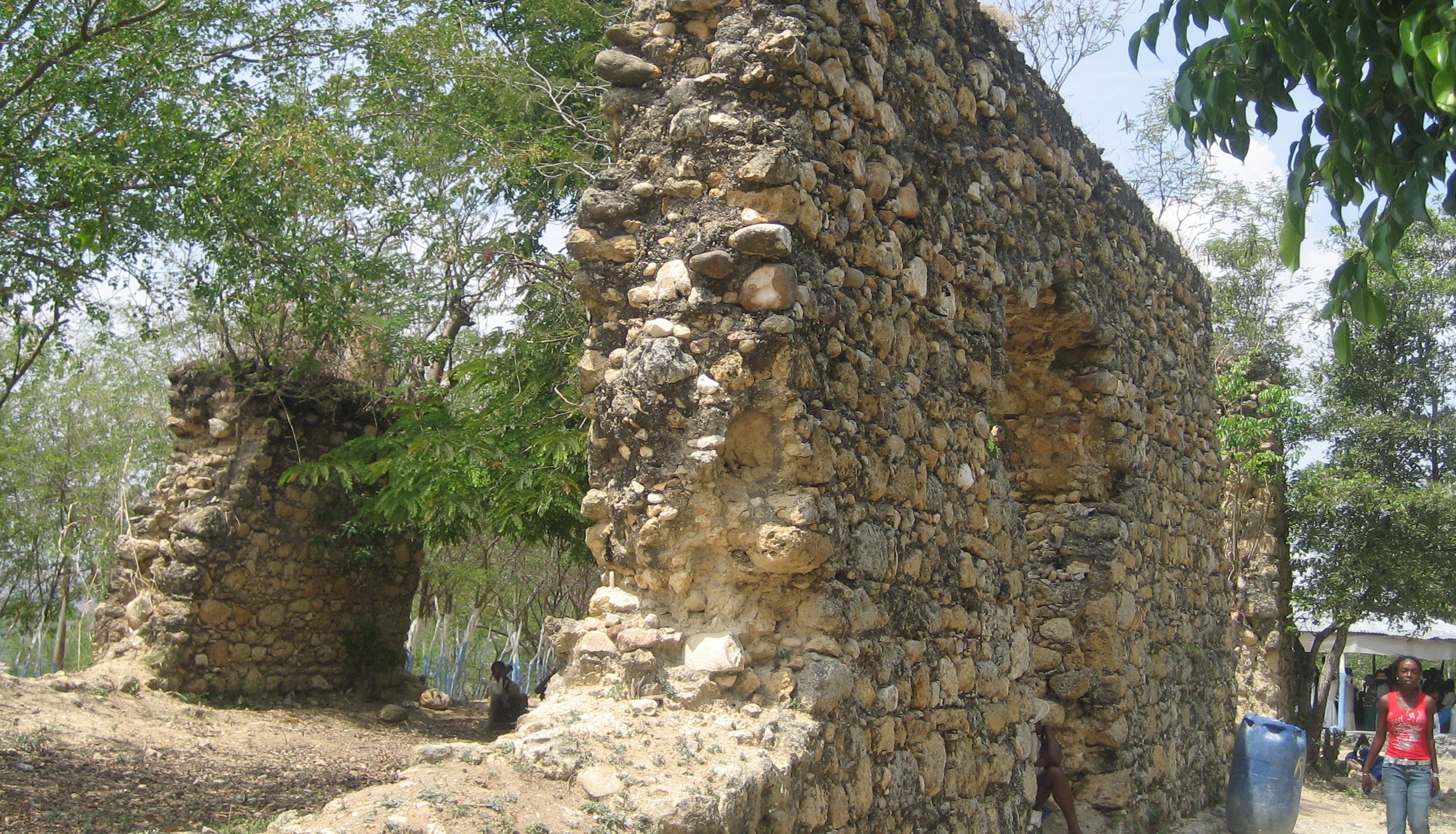
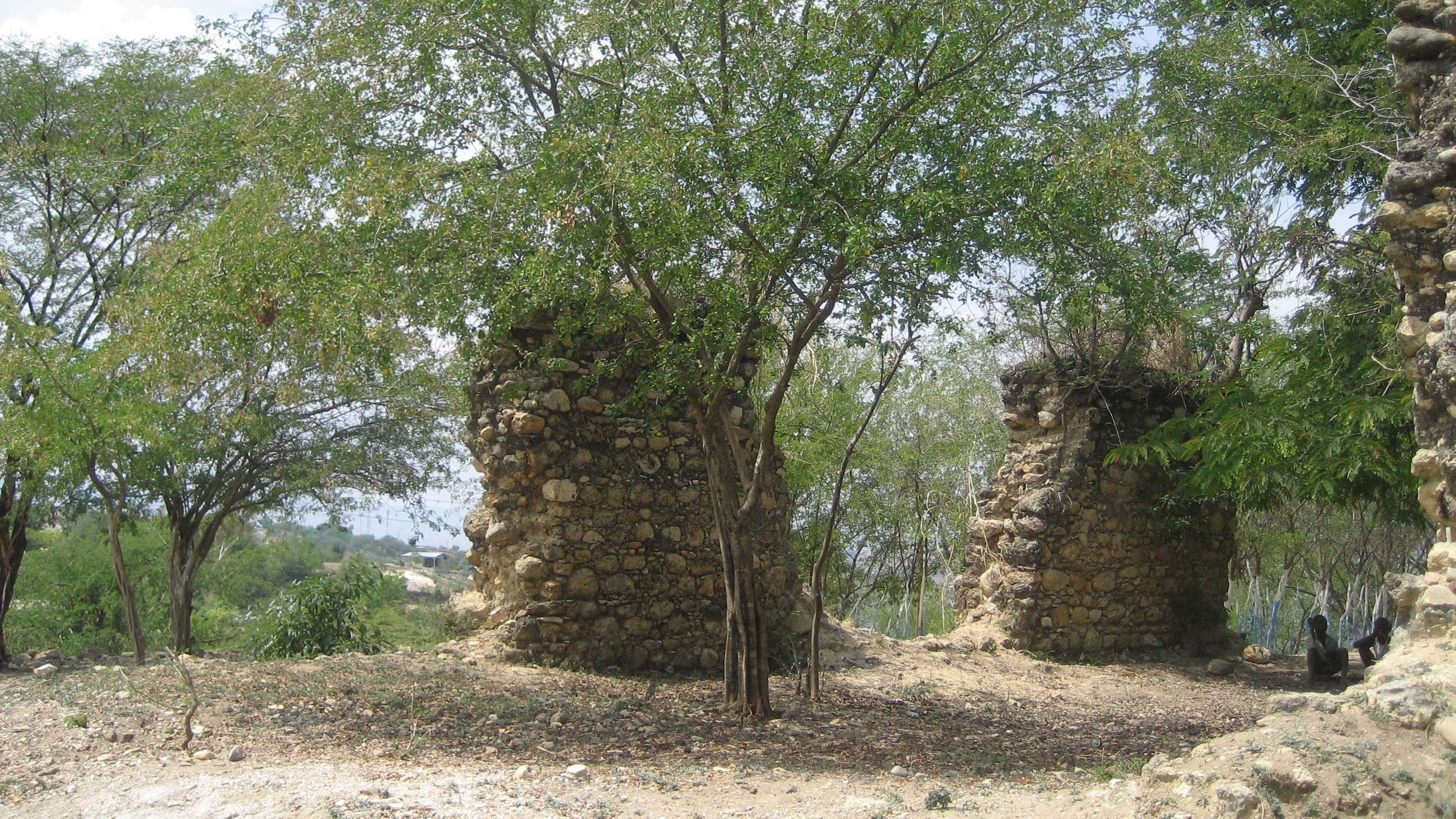
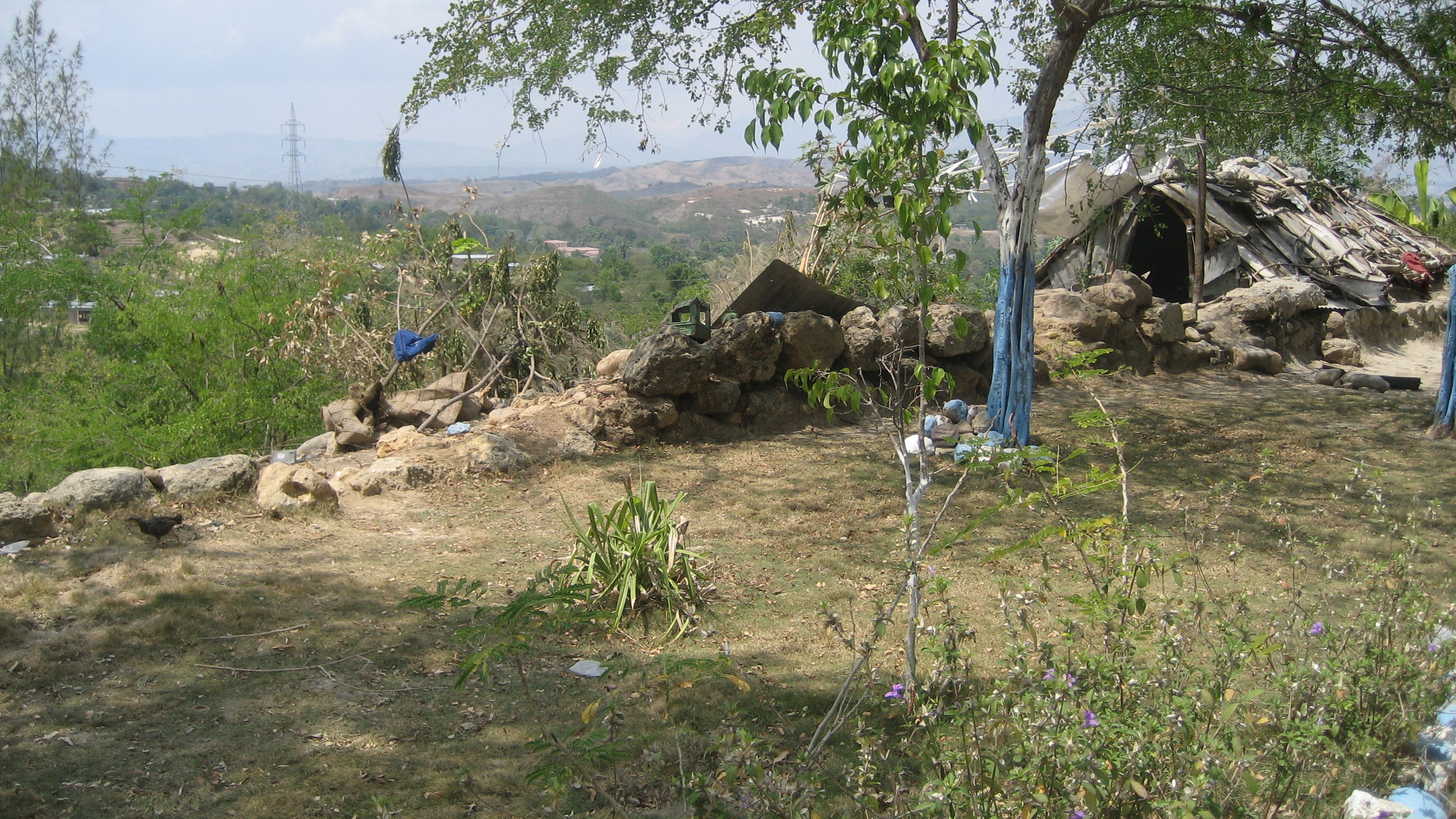
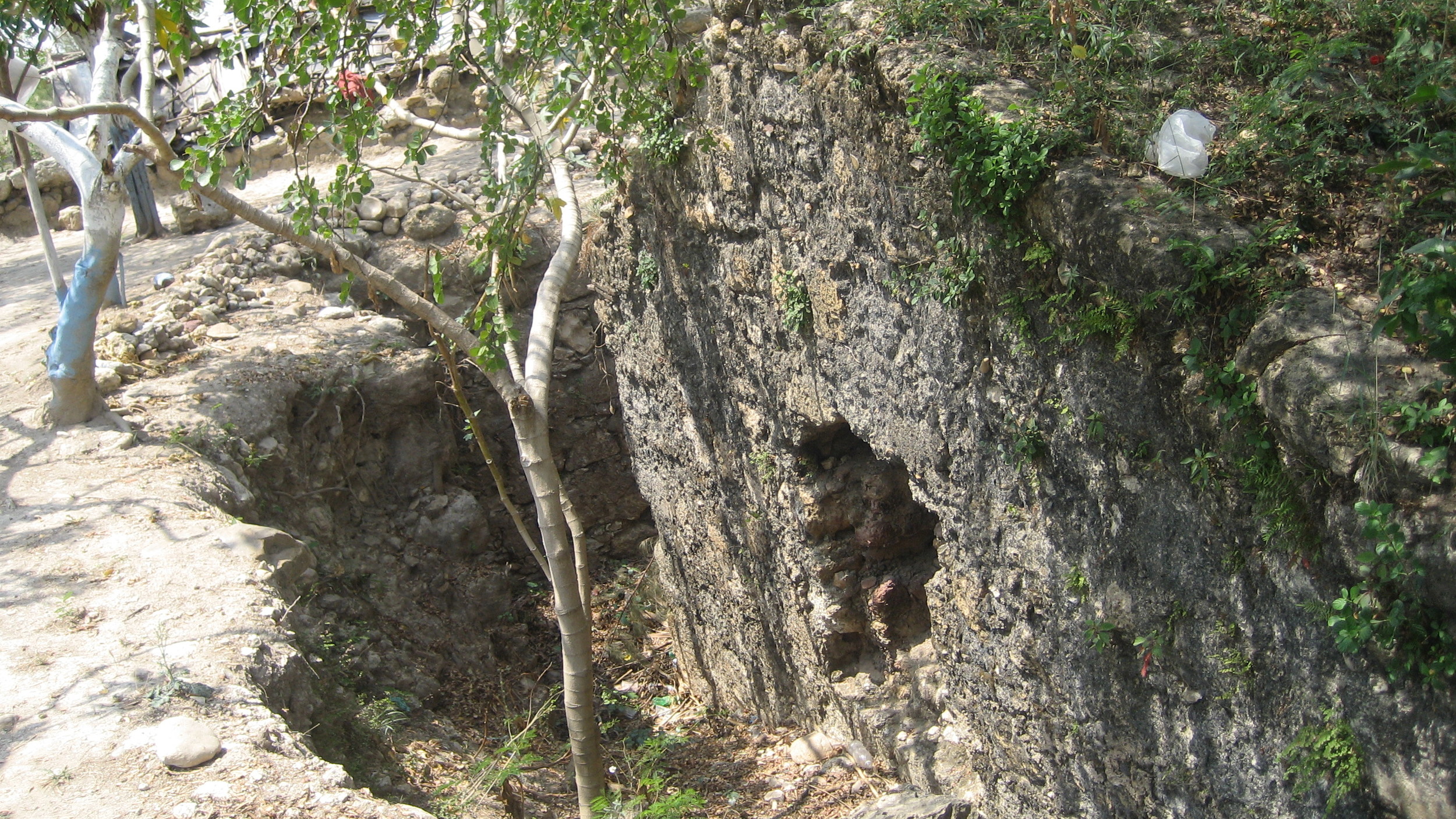
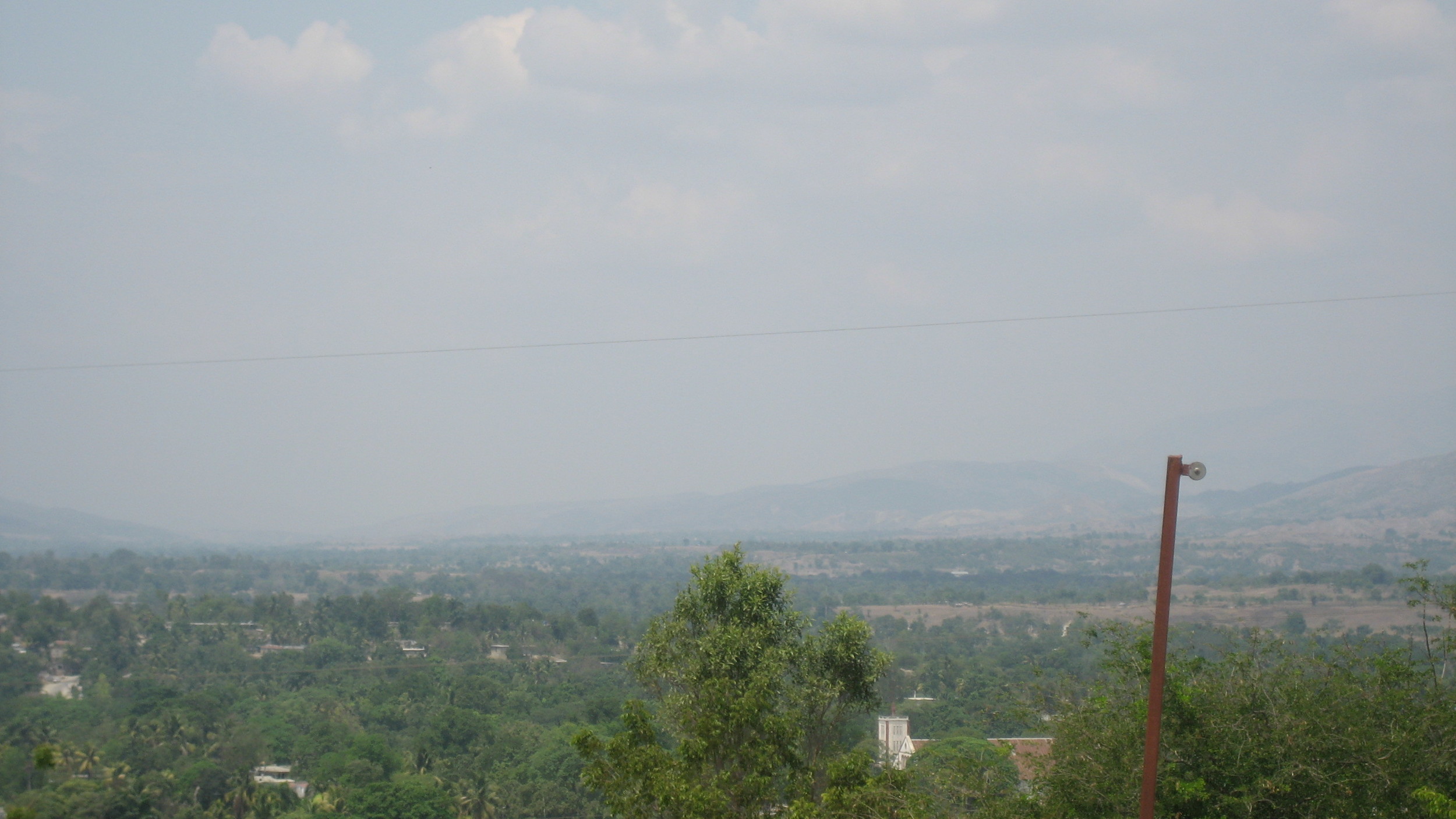
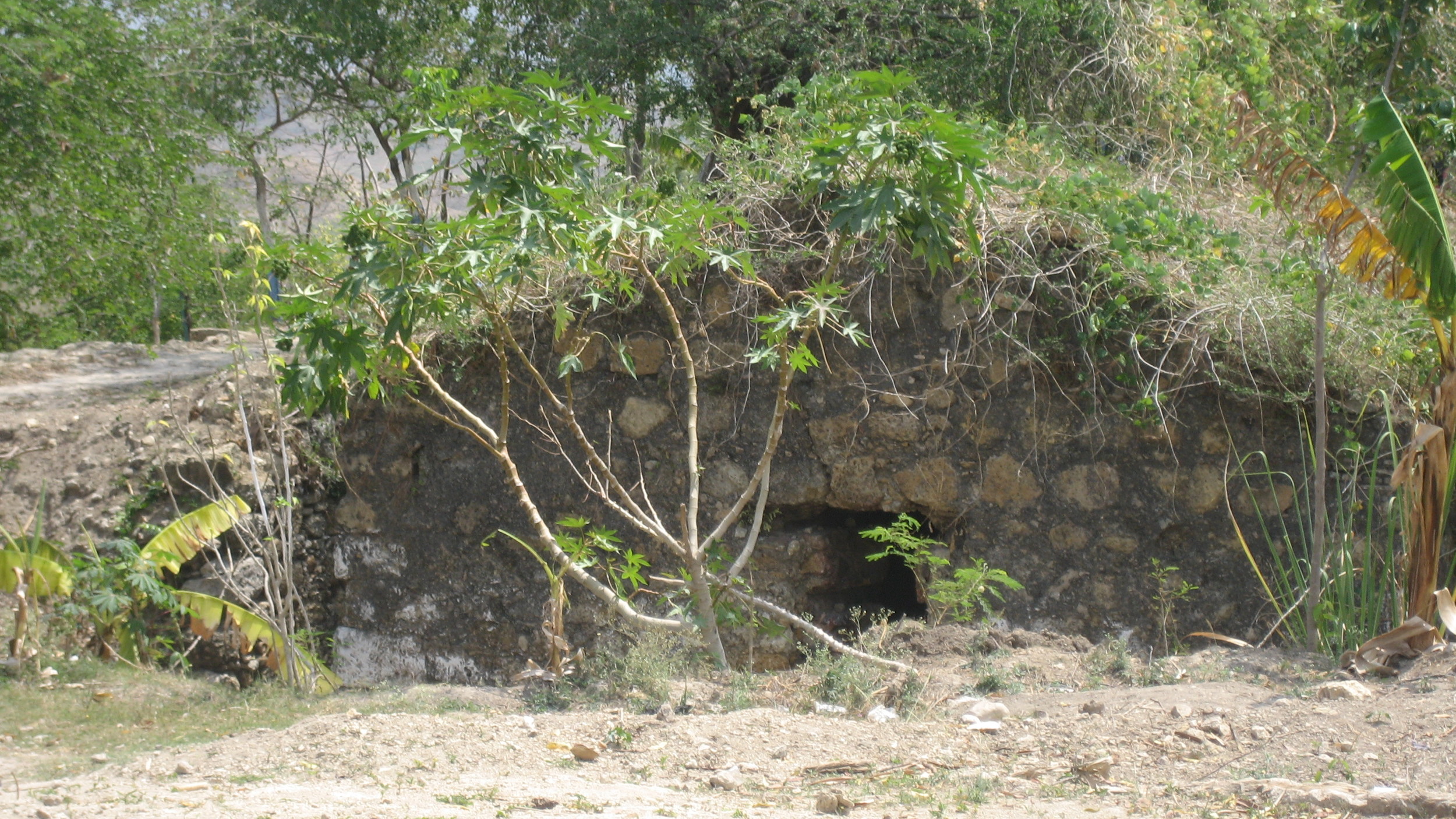
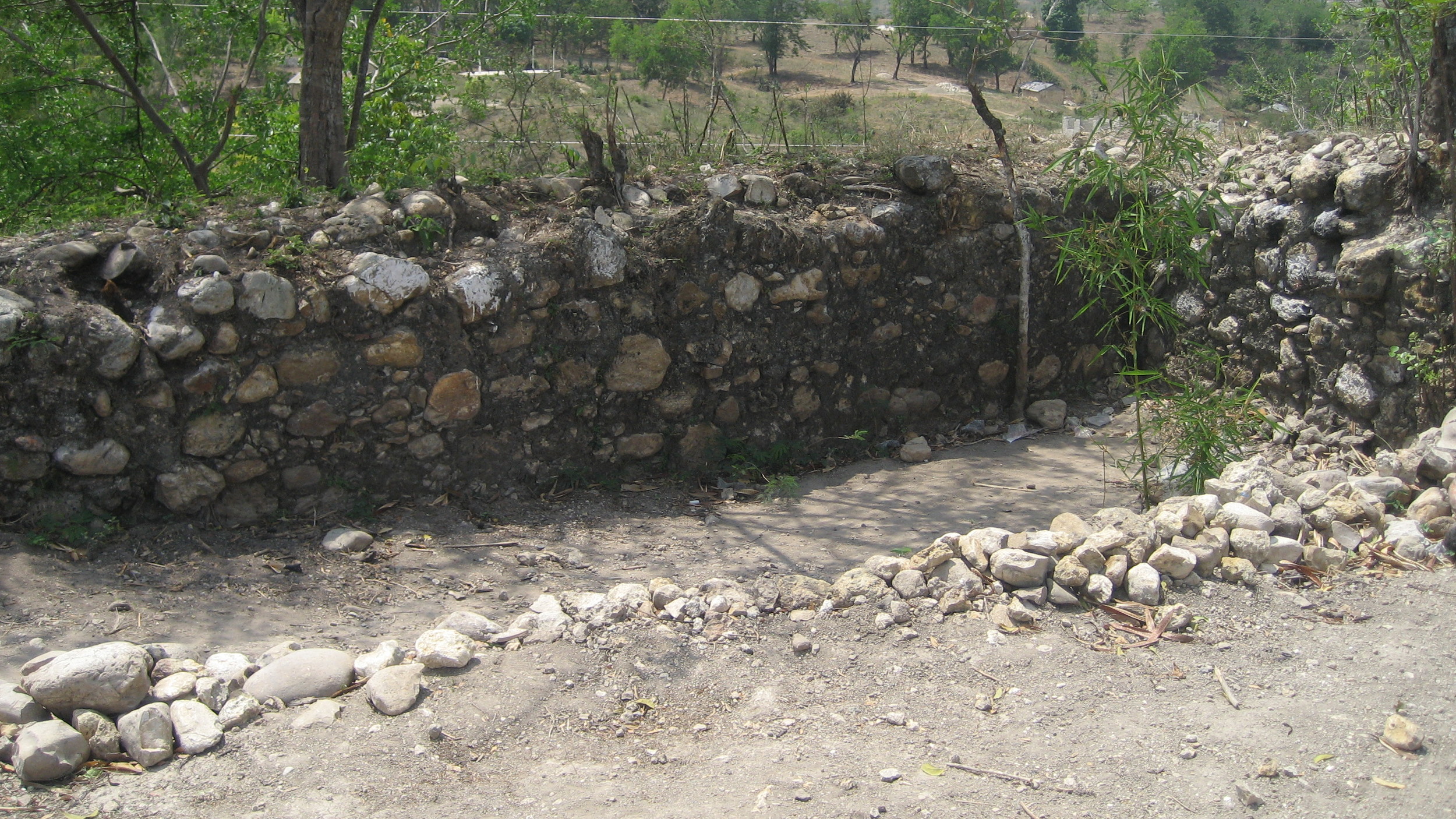
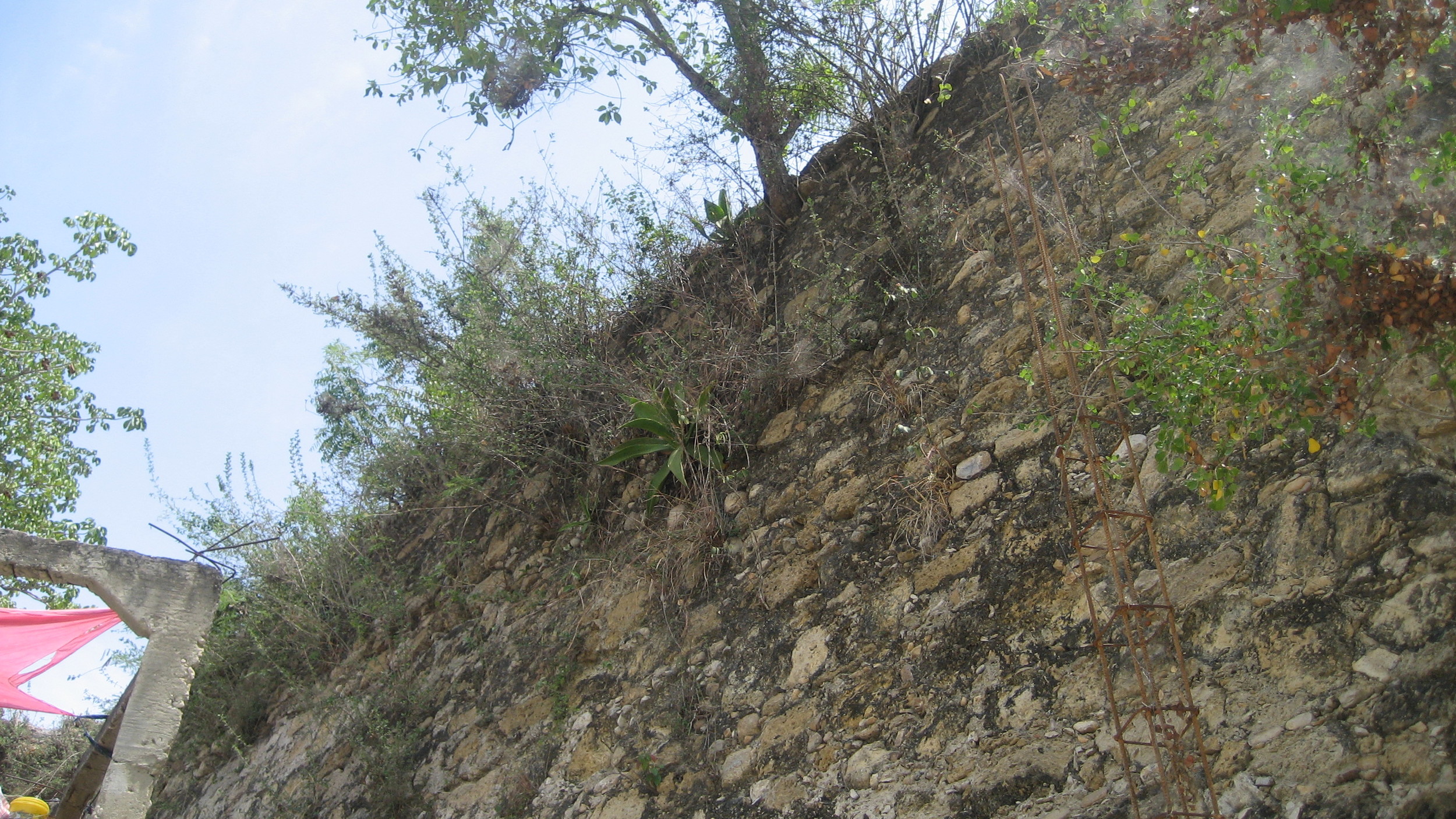
Saut-d’eau (Ville Bonheur) (Central)
Saut d’eau in Ville Bonheur is near Mirebalais up in the hills off the road between Mirebalais and Pont Sondé/St. Marc. The big fête is held every year on July 16th and is a multi-day, much-photographed event. This is a relatively well-protected site, with a gate and cement sidewalk and steps down to the waterfall. There is a small fee at the entrance. In one photo, a man sits among the cast-off clothes of serviteurs. There were people on pilgrimage to the falls, but it seemed blasphemous to take a picture of something so sacred and intimate and personal…
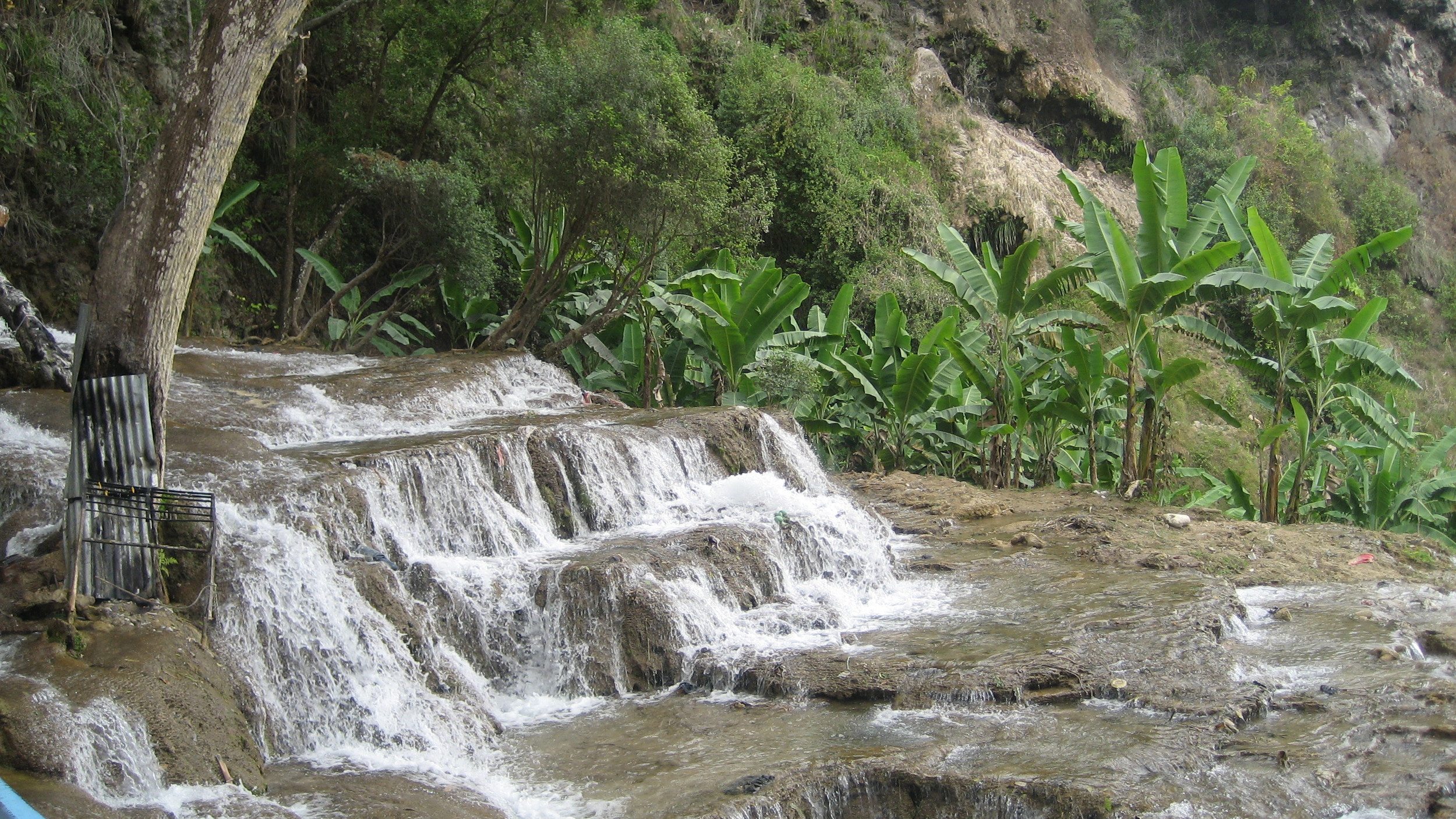
La Croix (North-west)
Curtis Rogers generously shared these photos of the cave at La Croix, south of Port de Paix. Apparently, there were no pre-Columbian relics left in the cave, but it is used as a site of worship (both situations similar to other caves across Haiti).

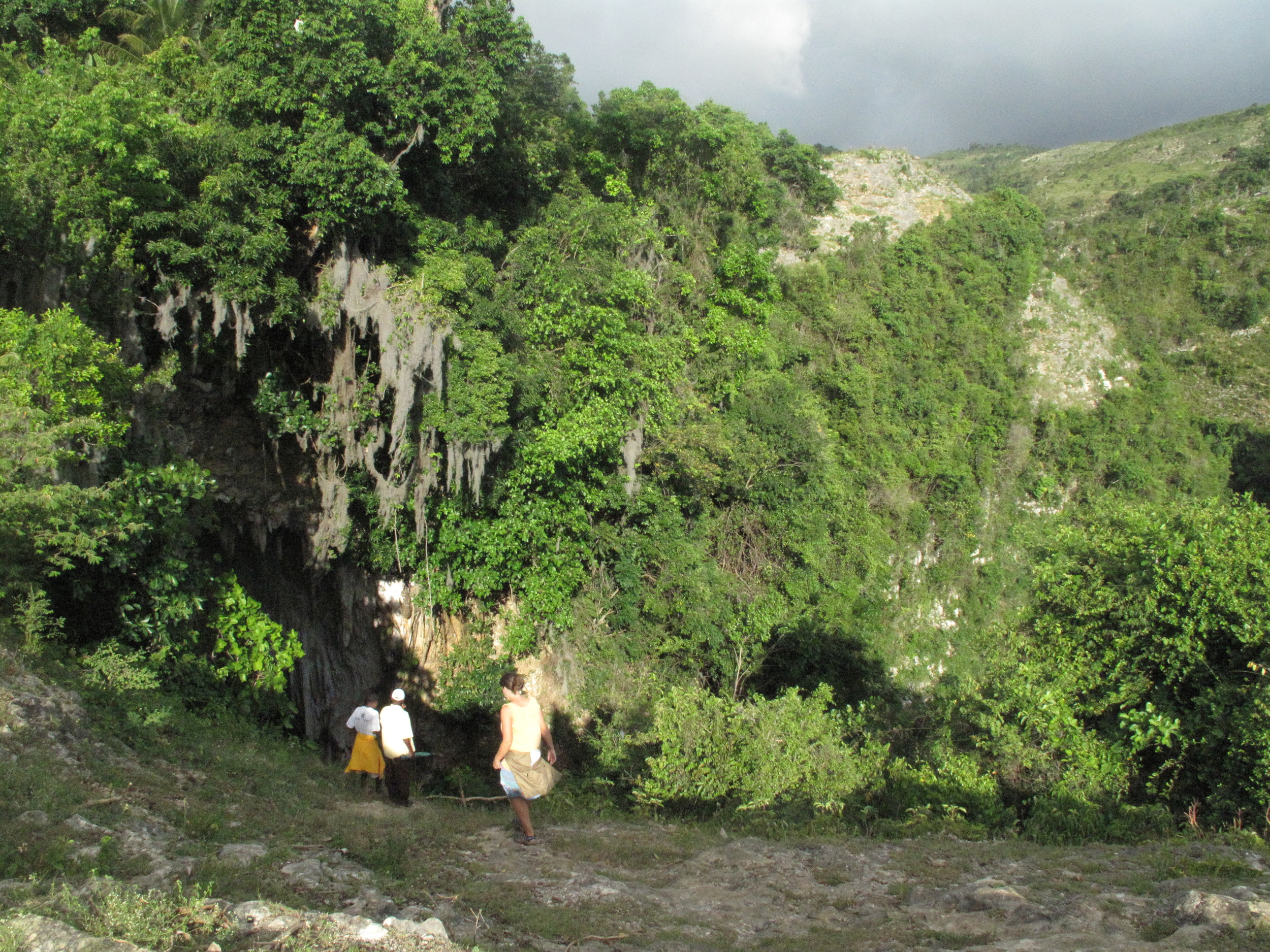
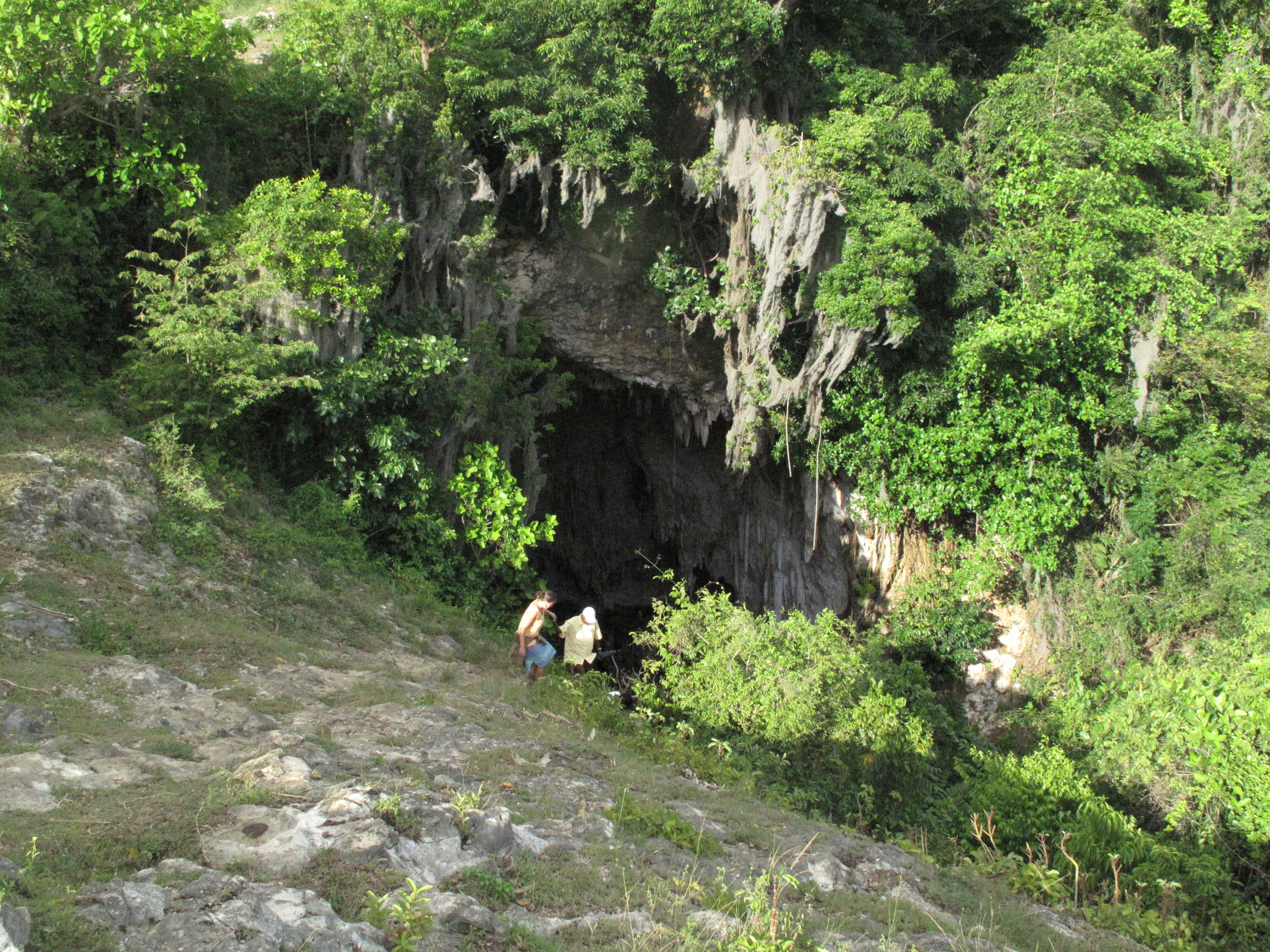
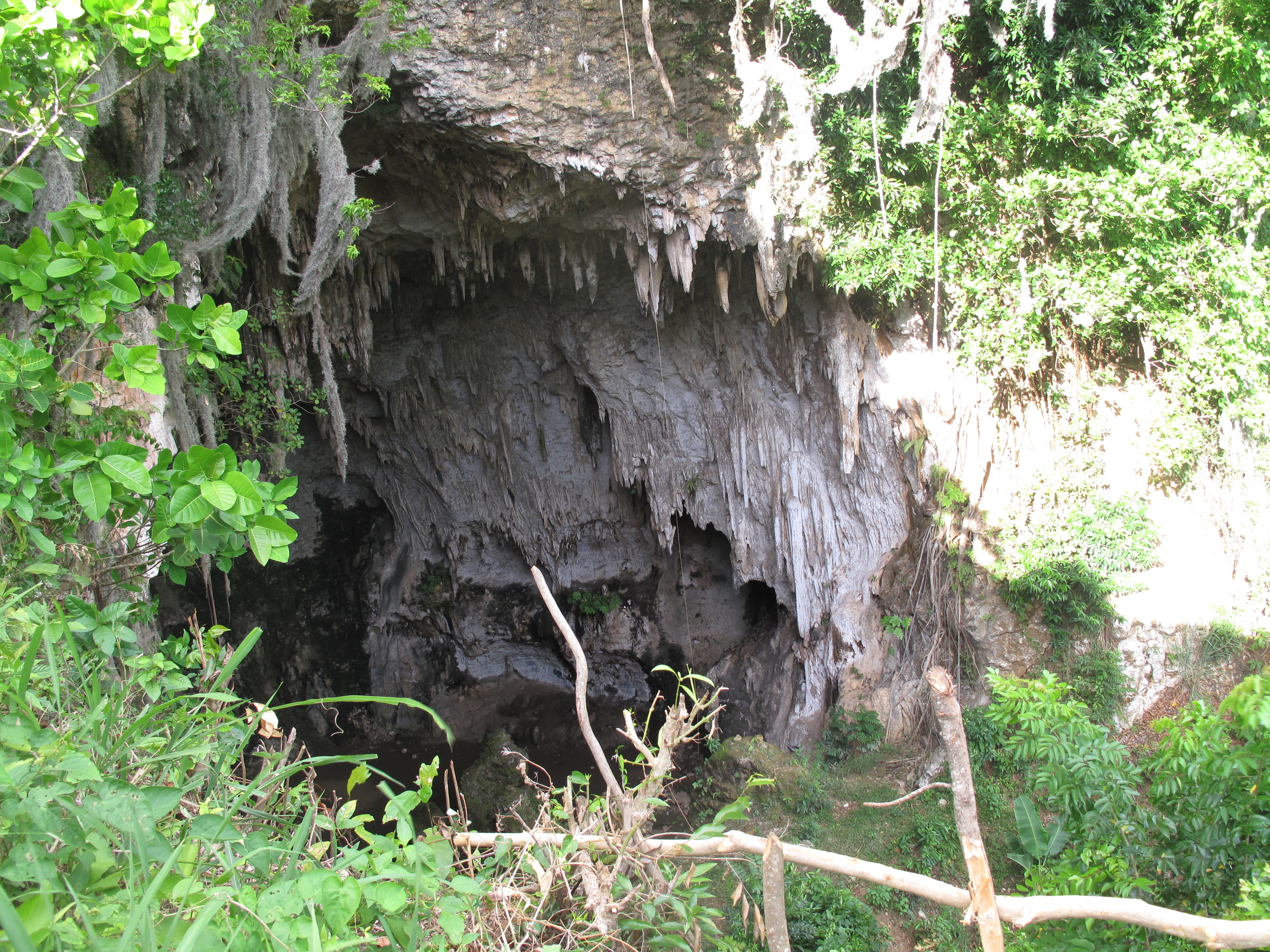
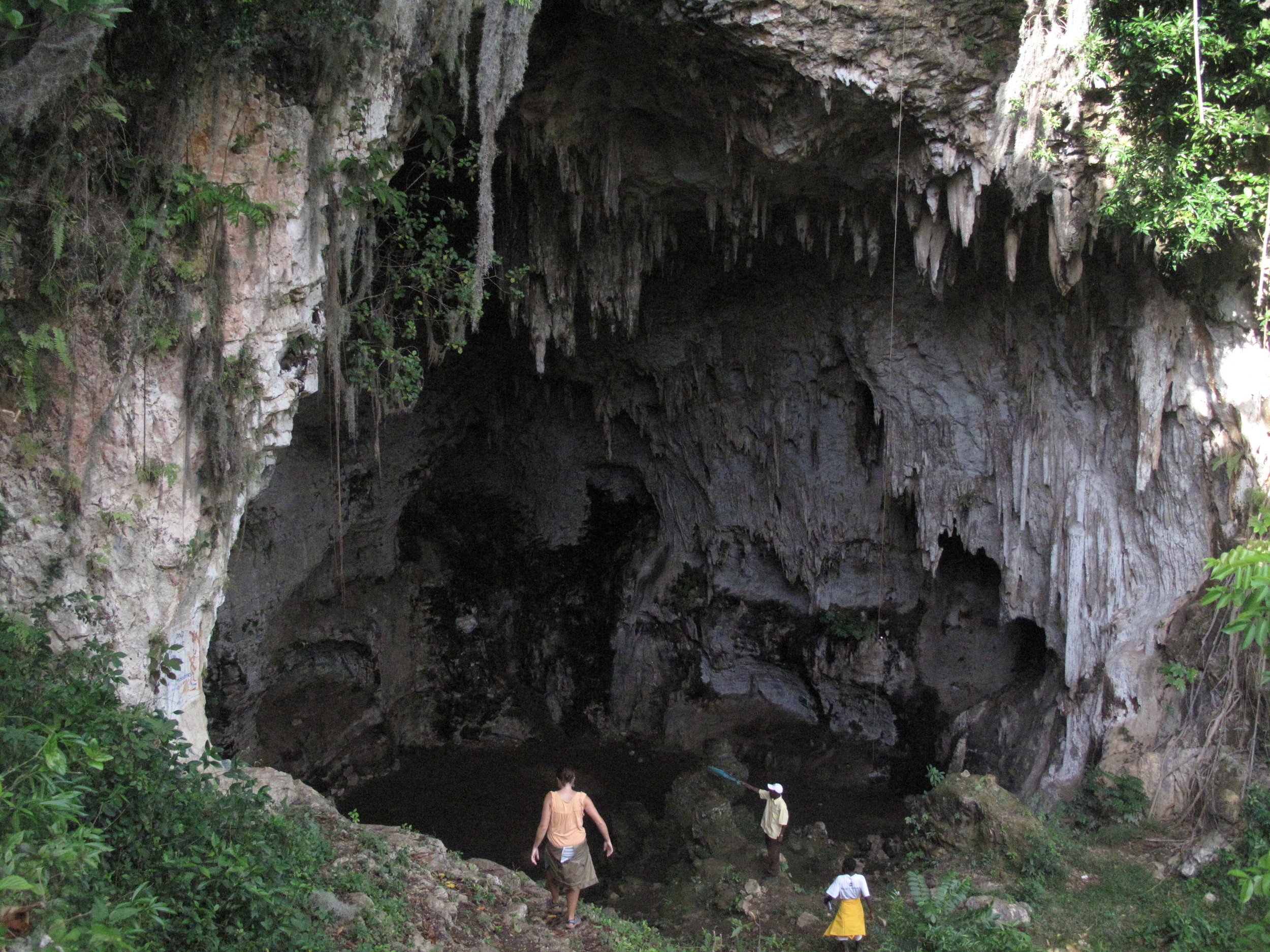
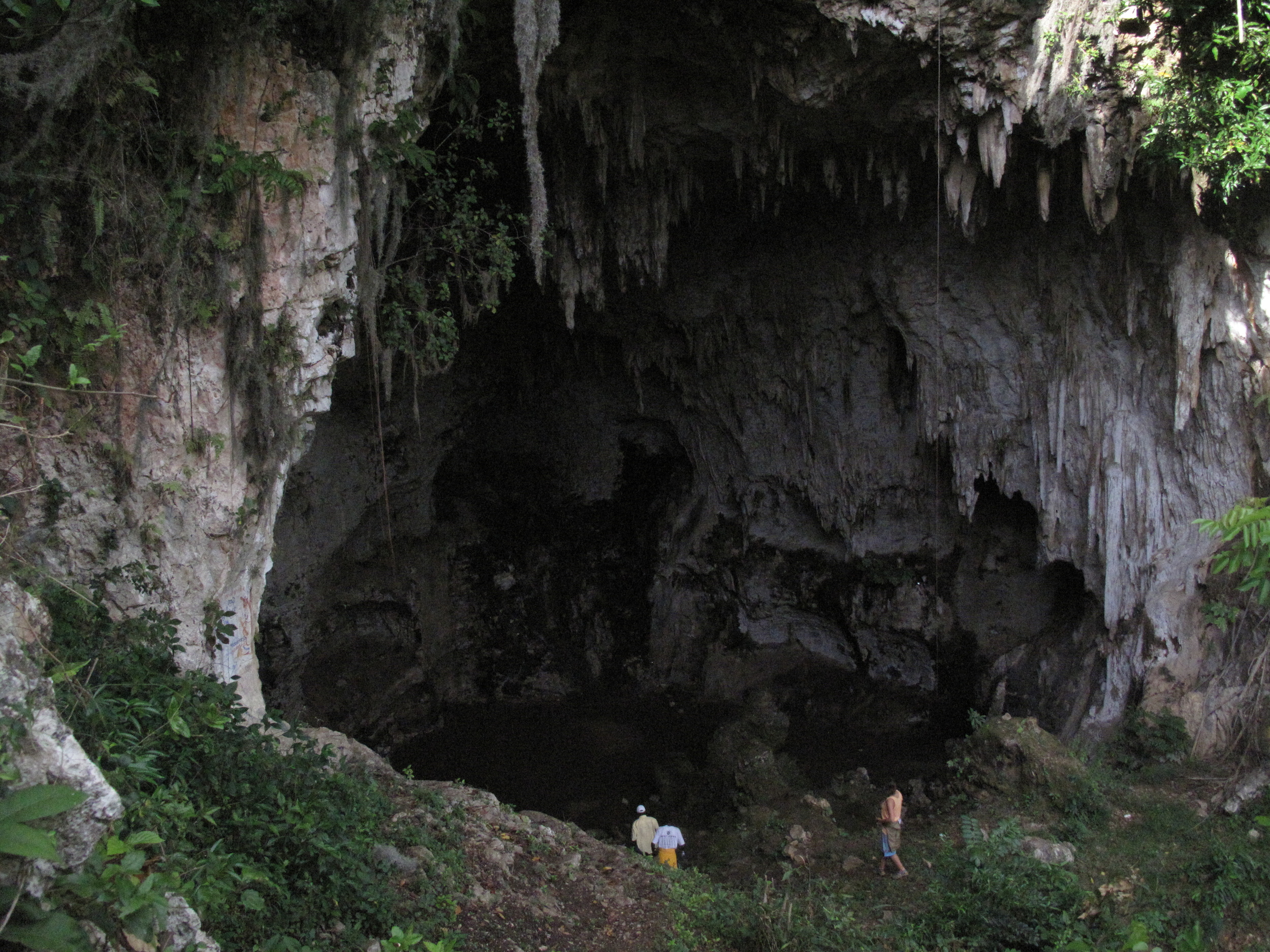
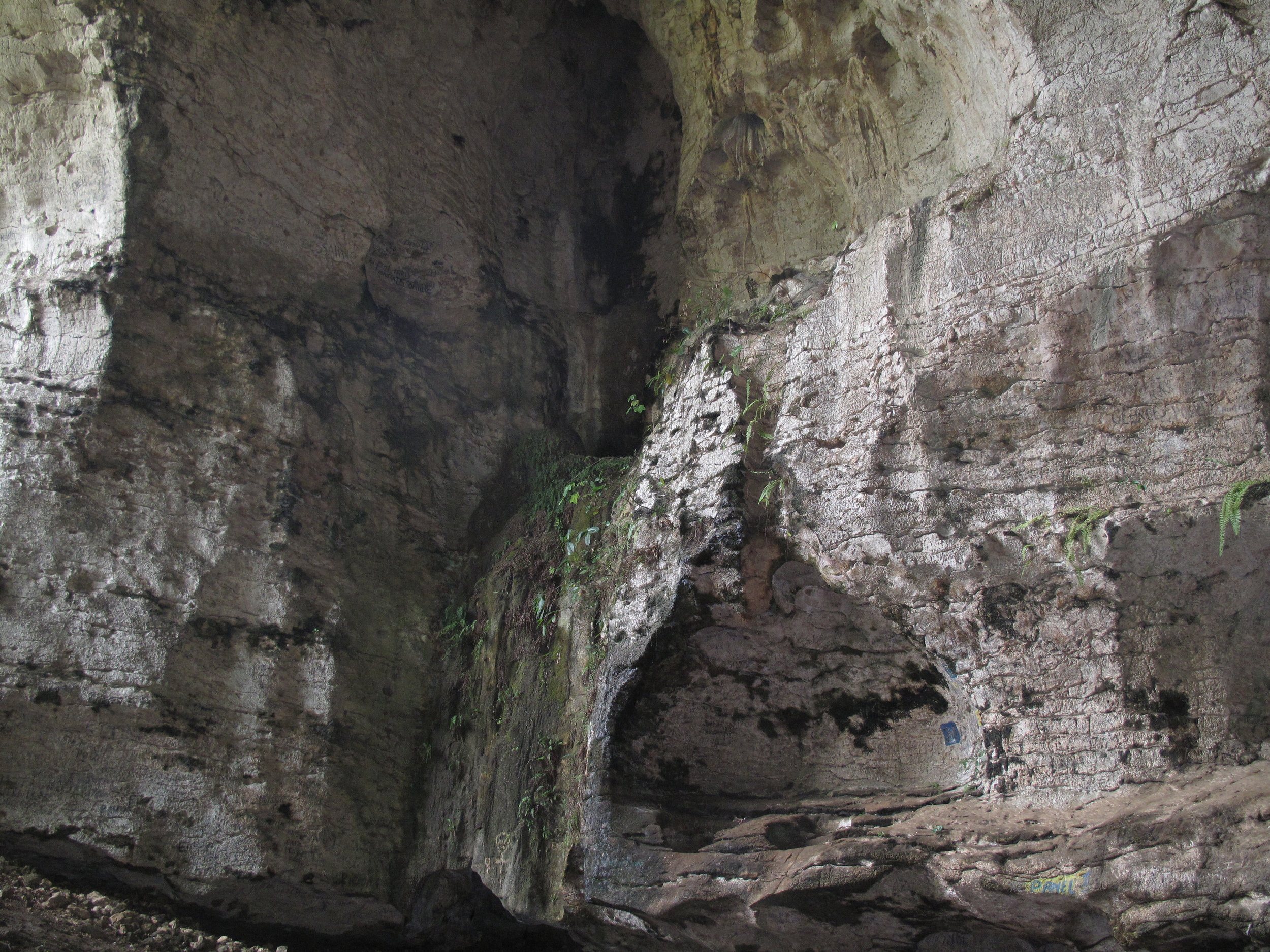
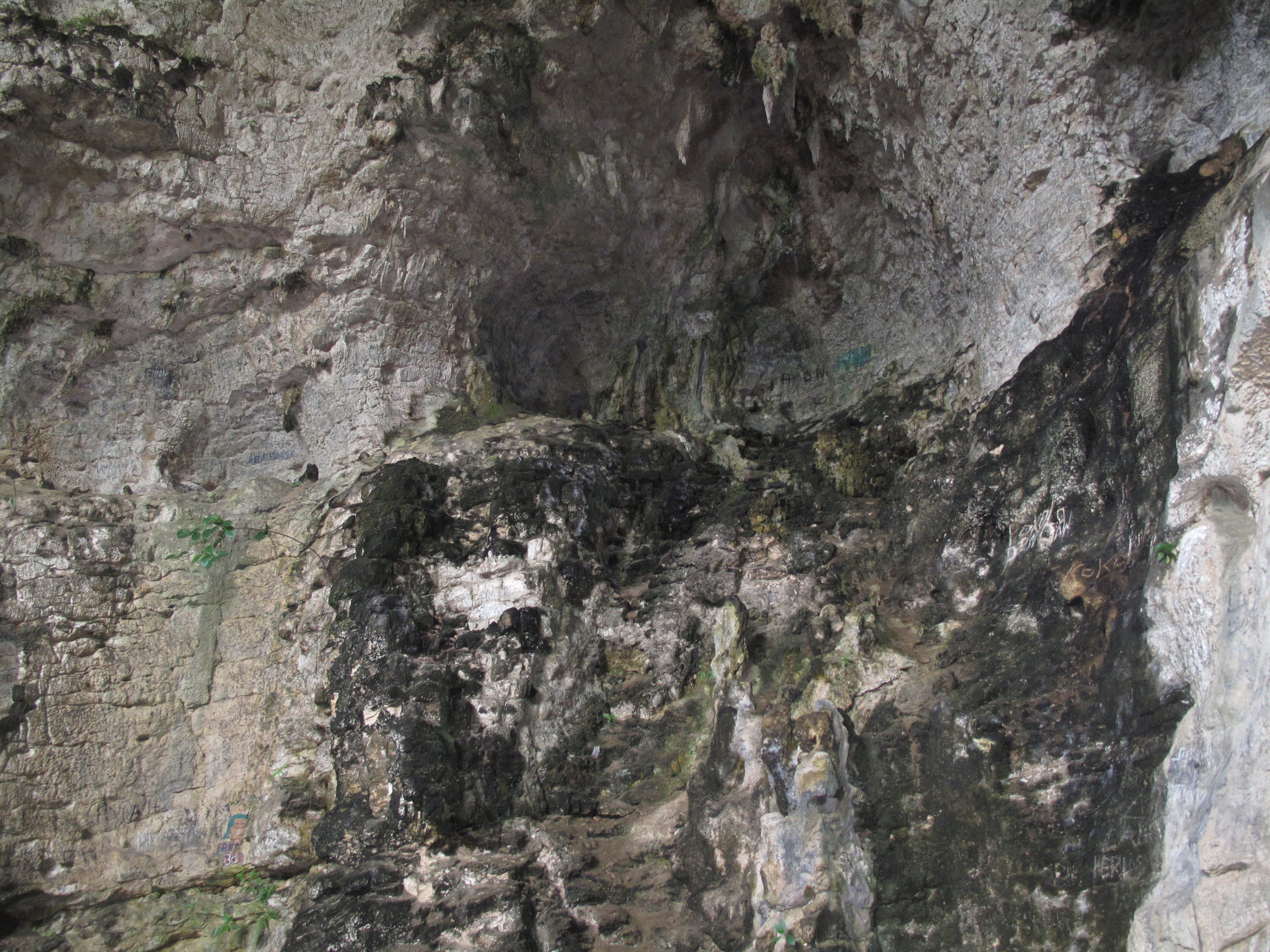

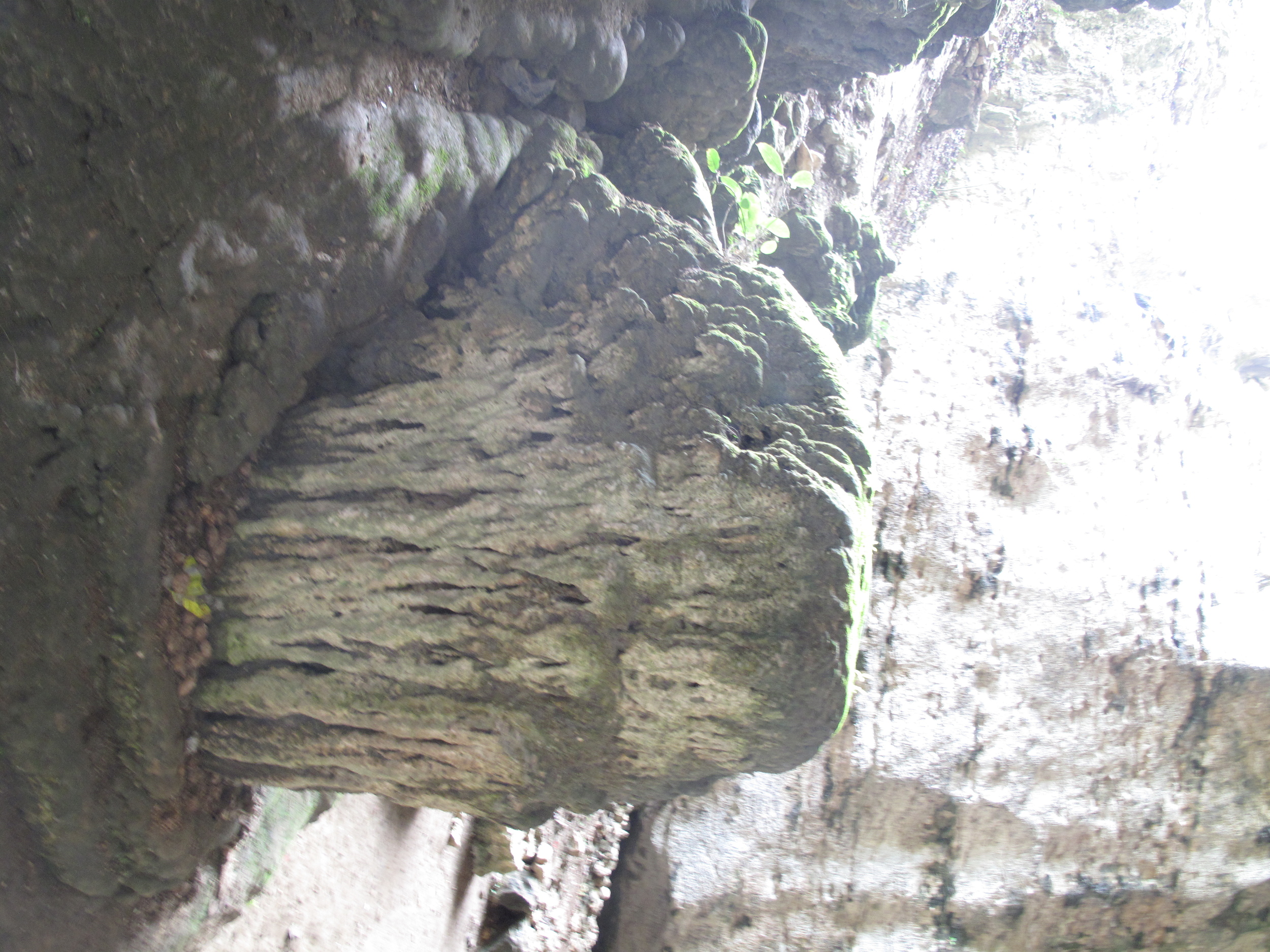
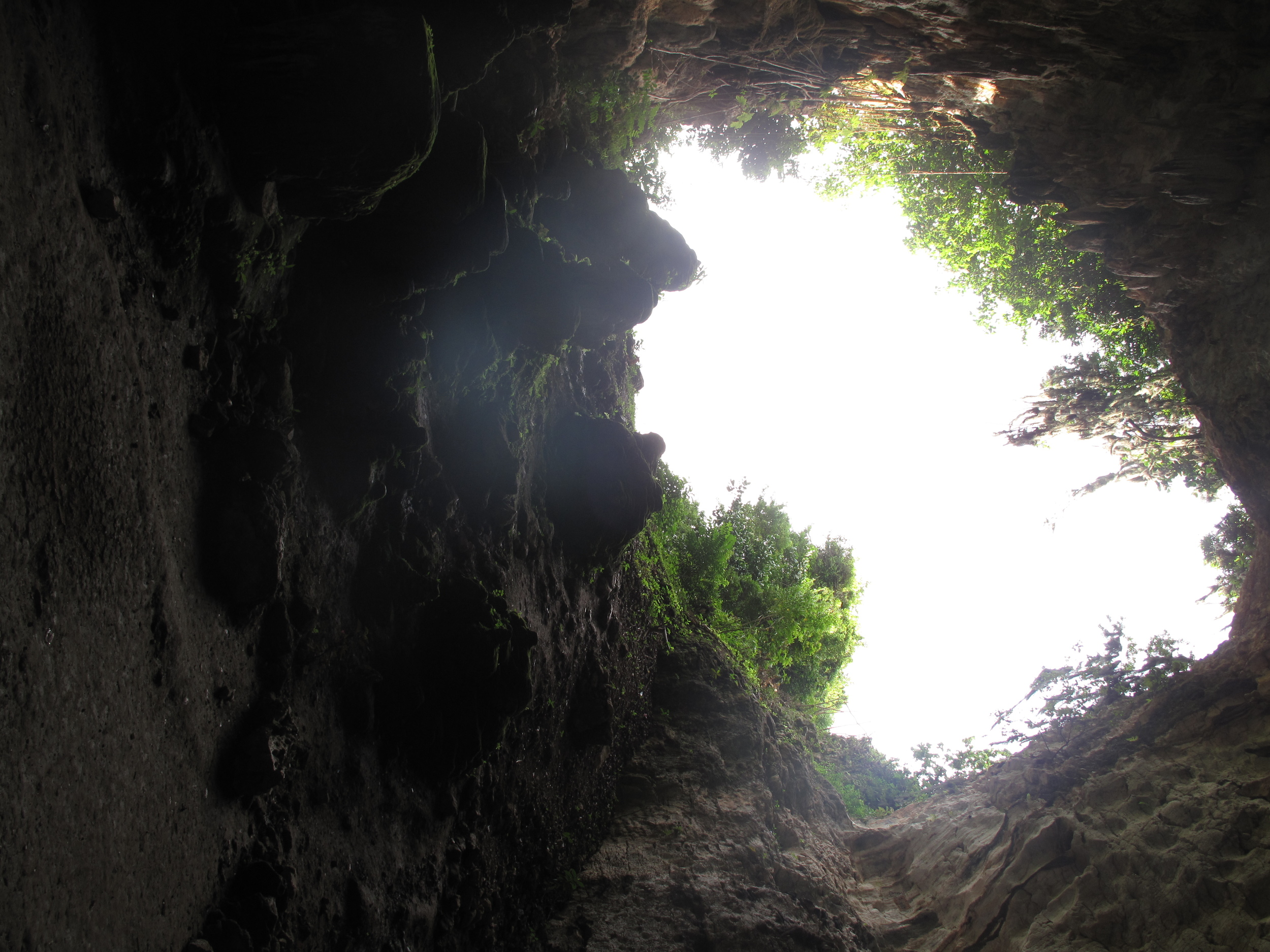
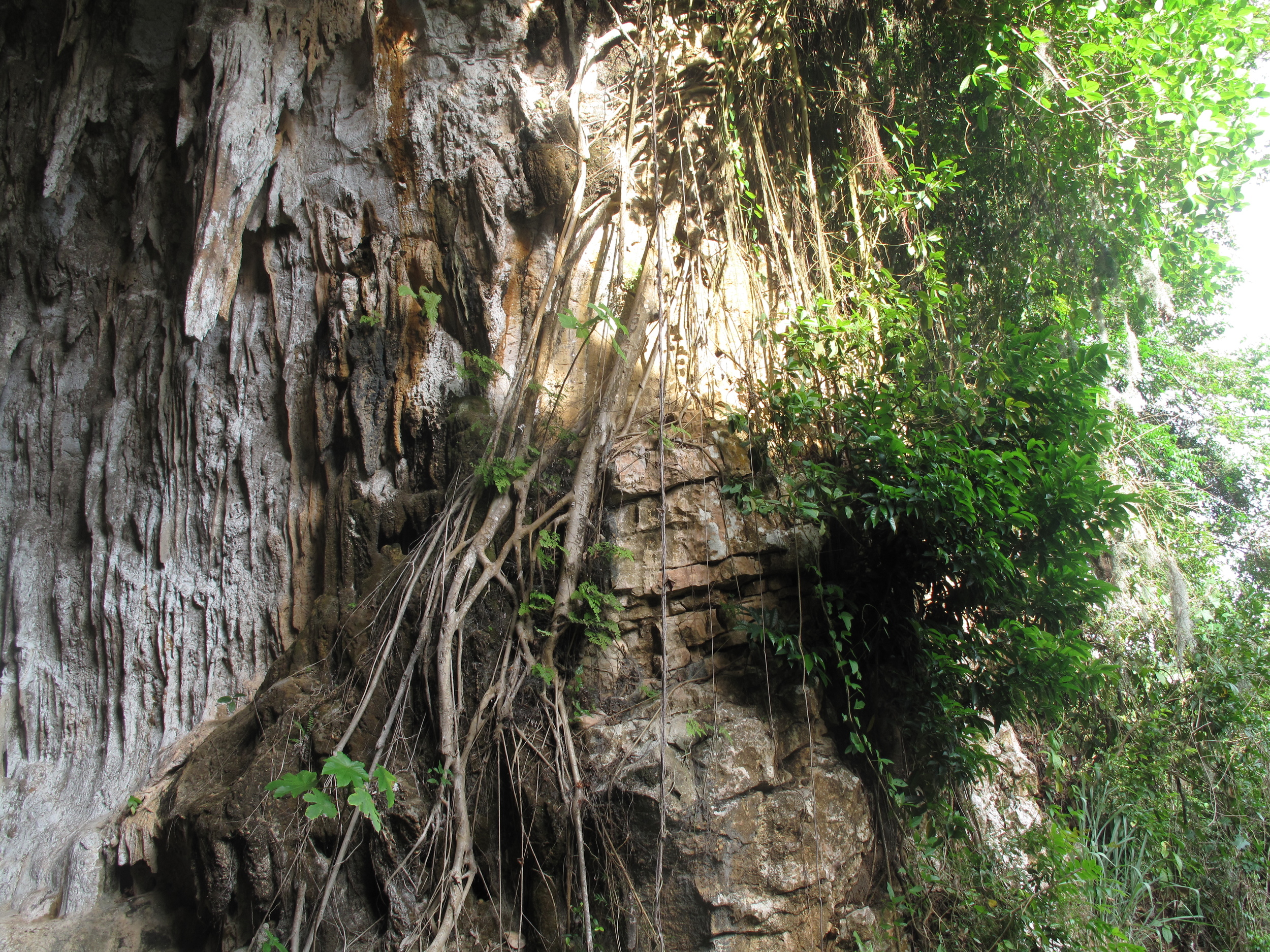
Fort Culbuté/Source Culbuté (Marchand-Dessalines, Artibonite)
The ruins of the fort center around Source Culbuté, a spring used both for drinking and a site of religious pilgrimage. The photos in this gallery were generously shared by Barry Proctor. This site is the most accessible one in town and is at the western edge.
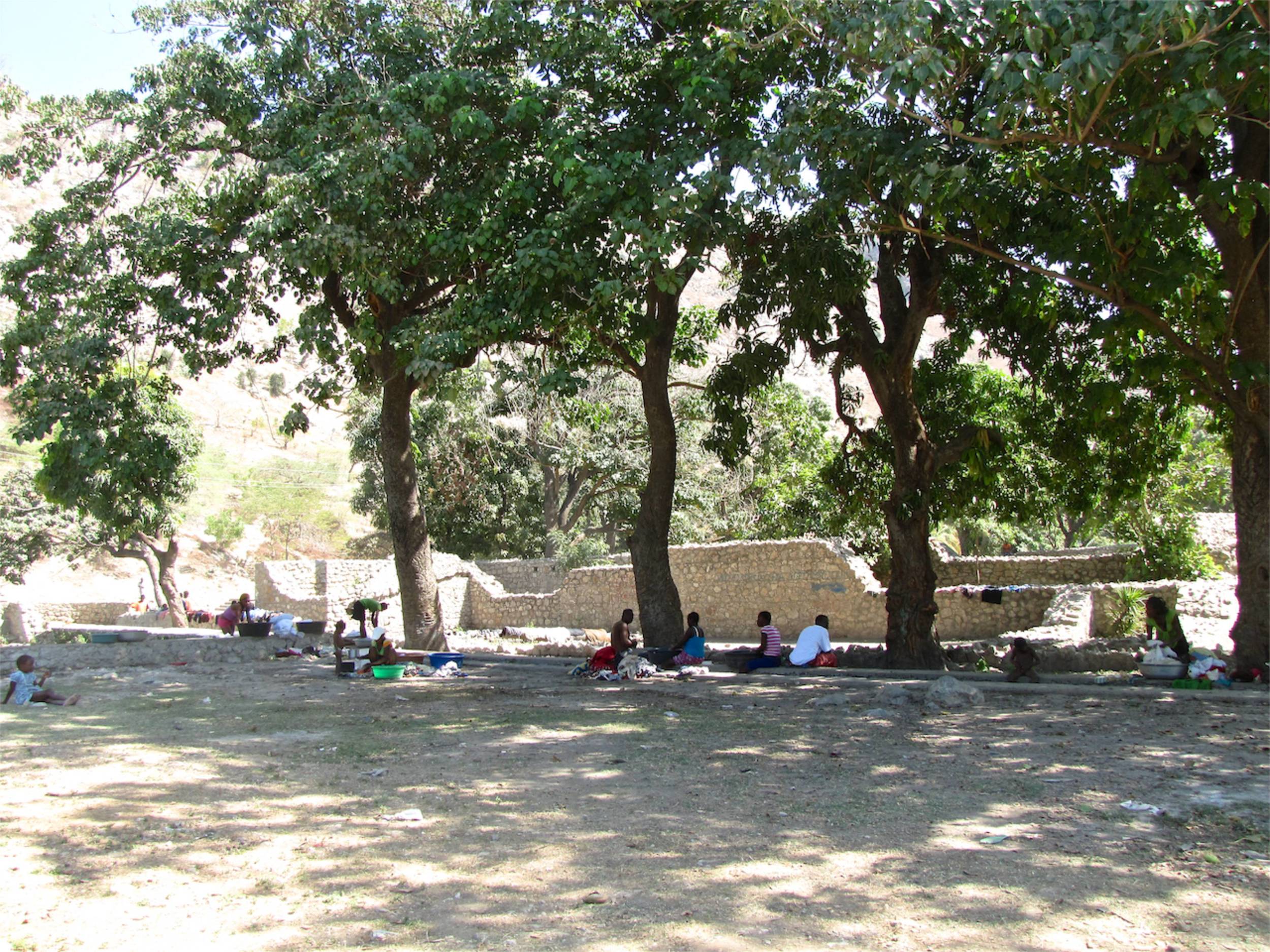
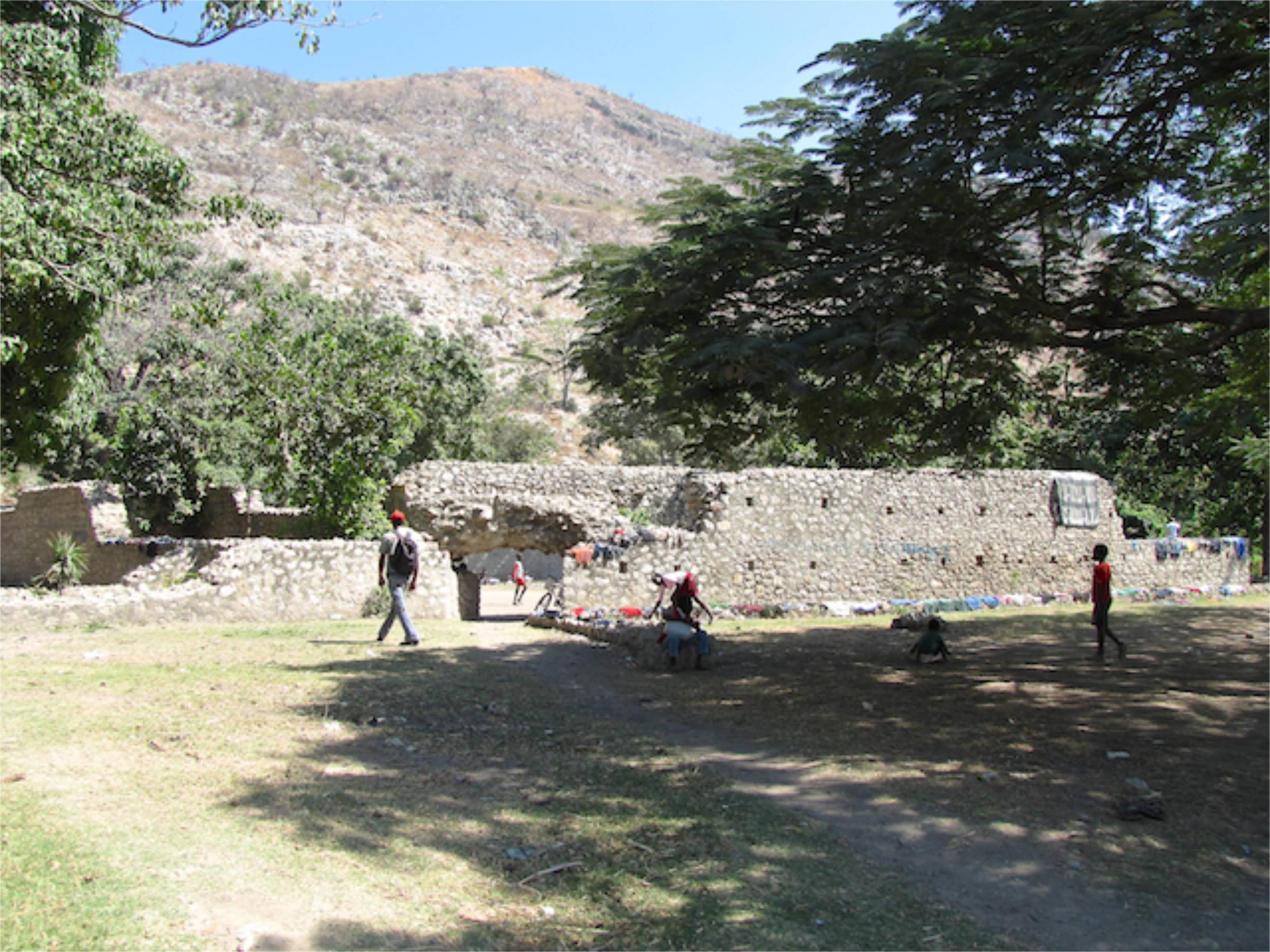
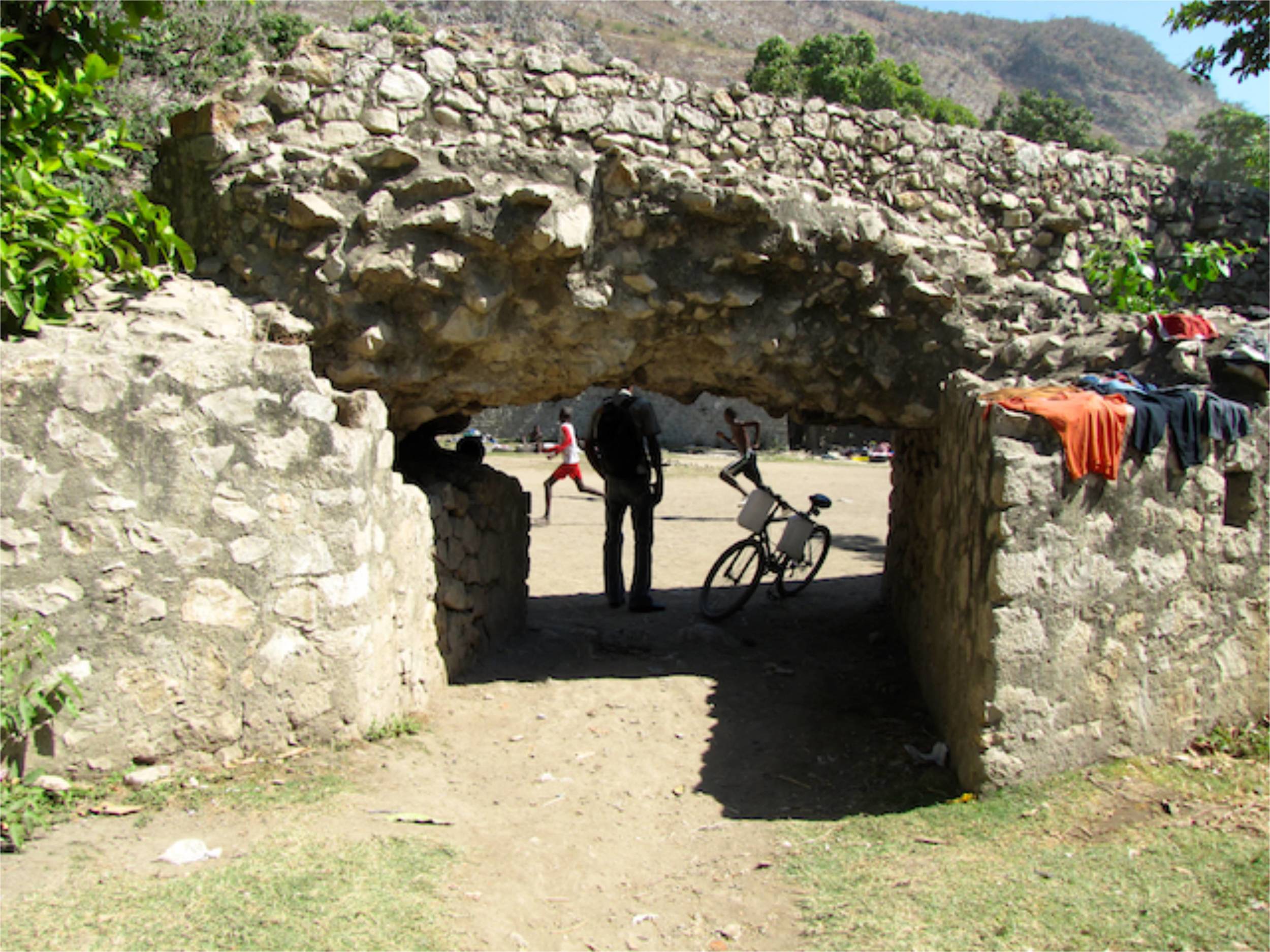
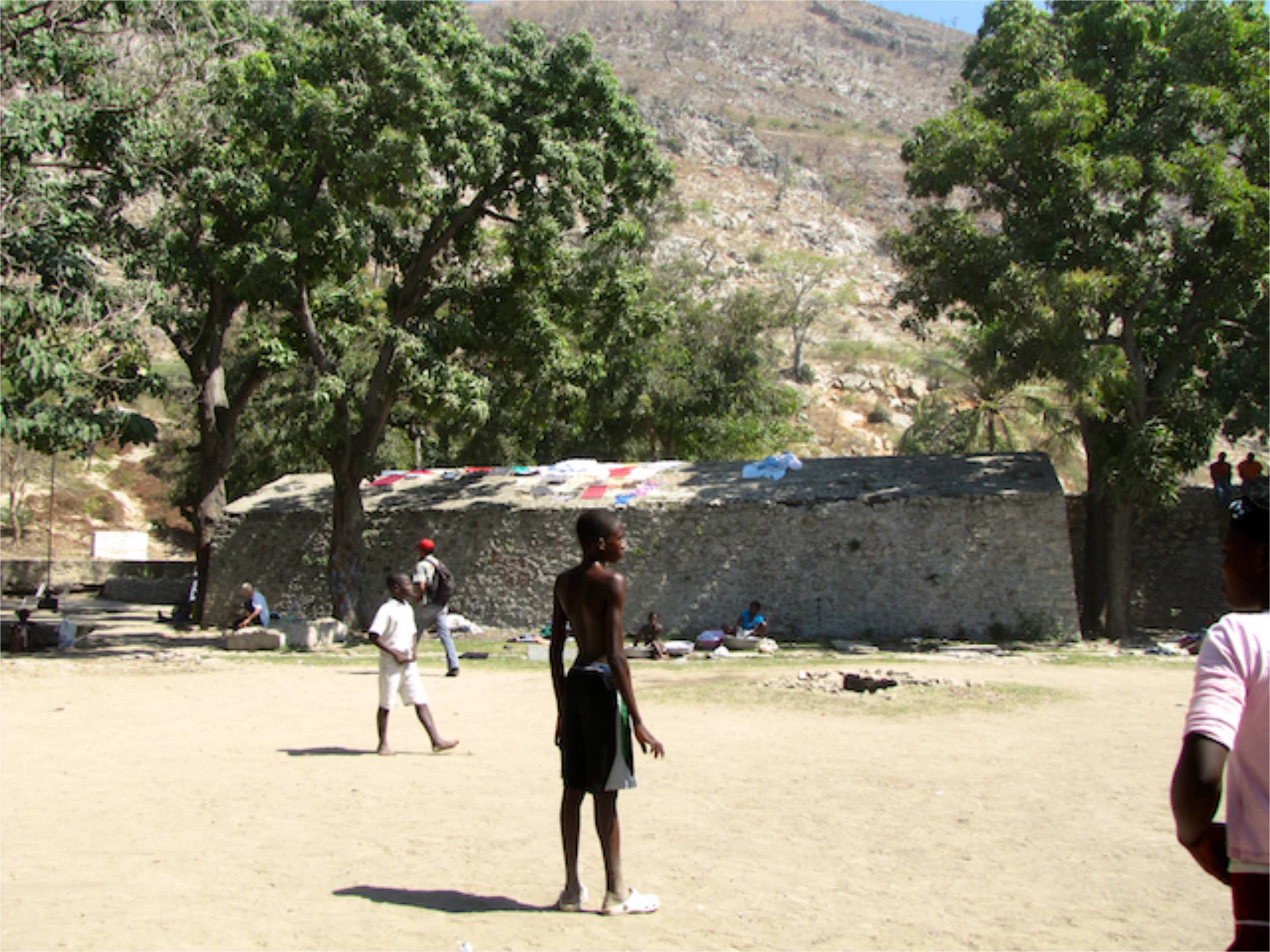

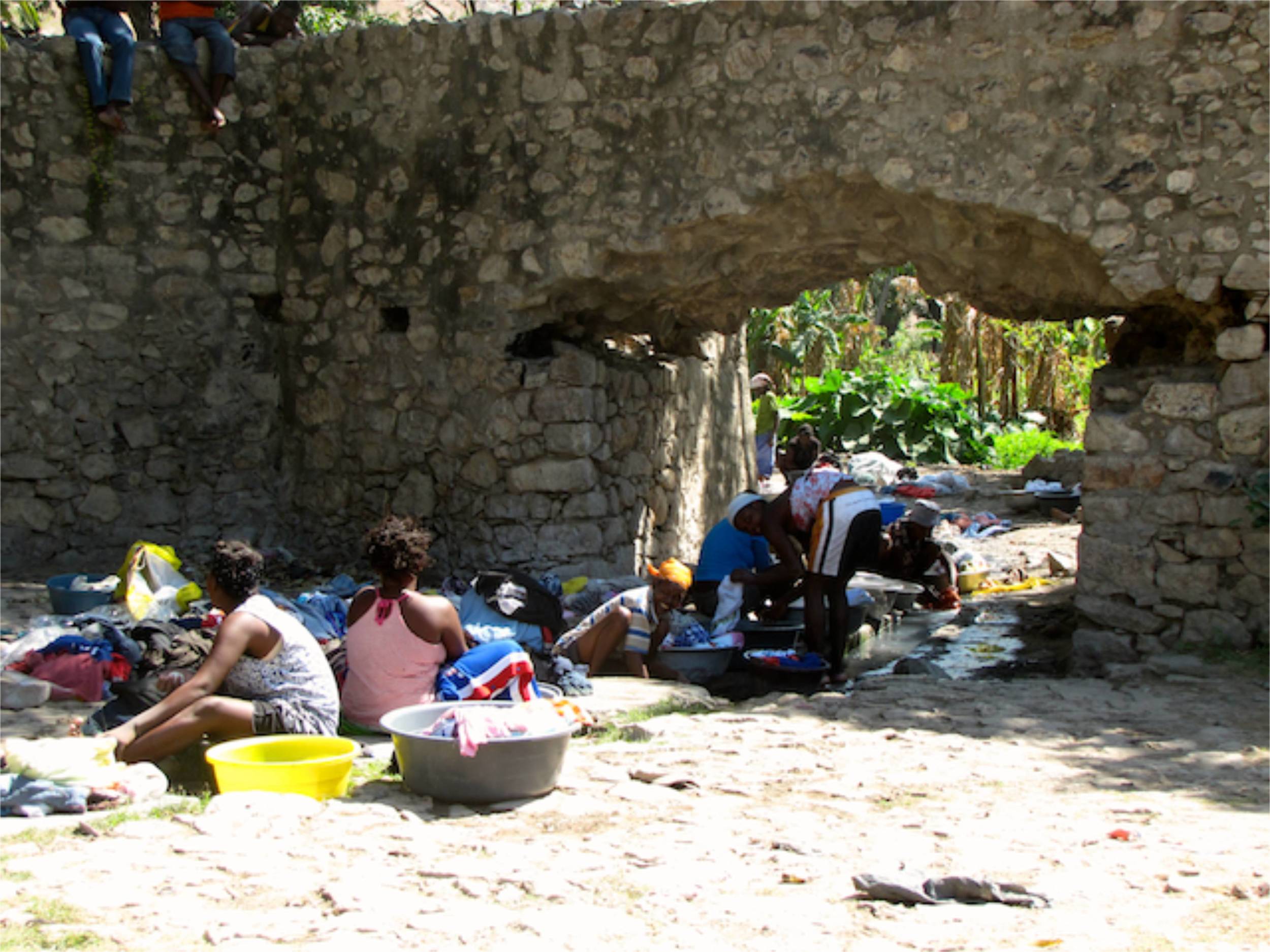
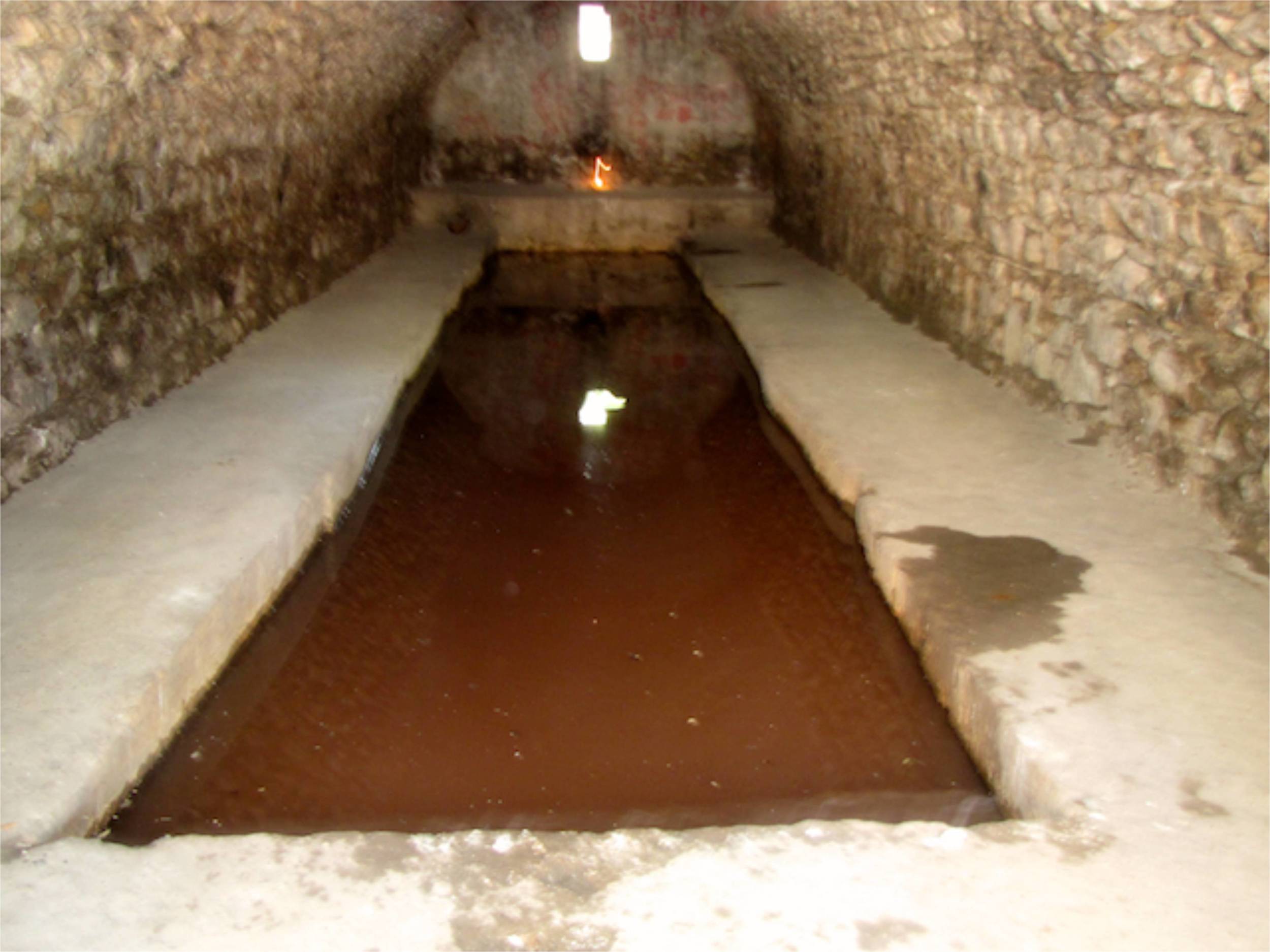

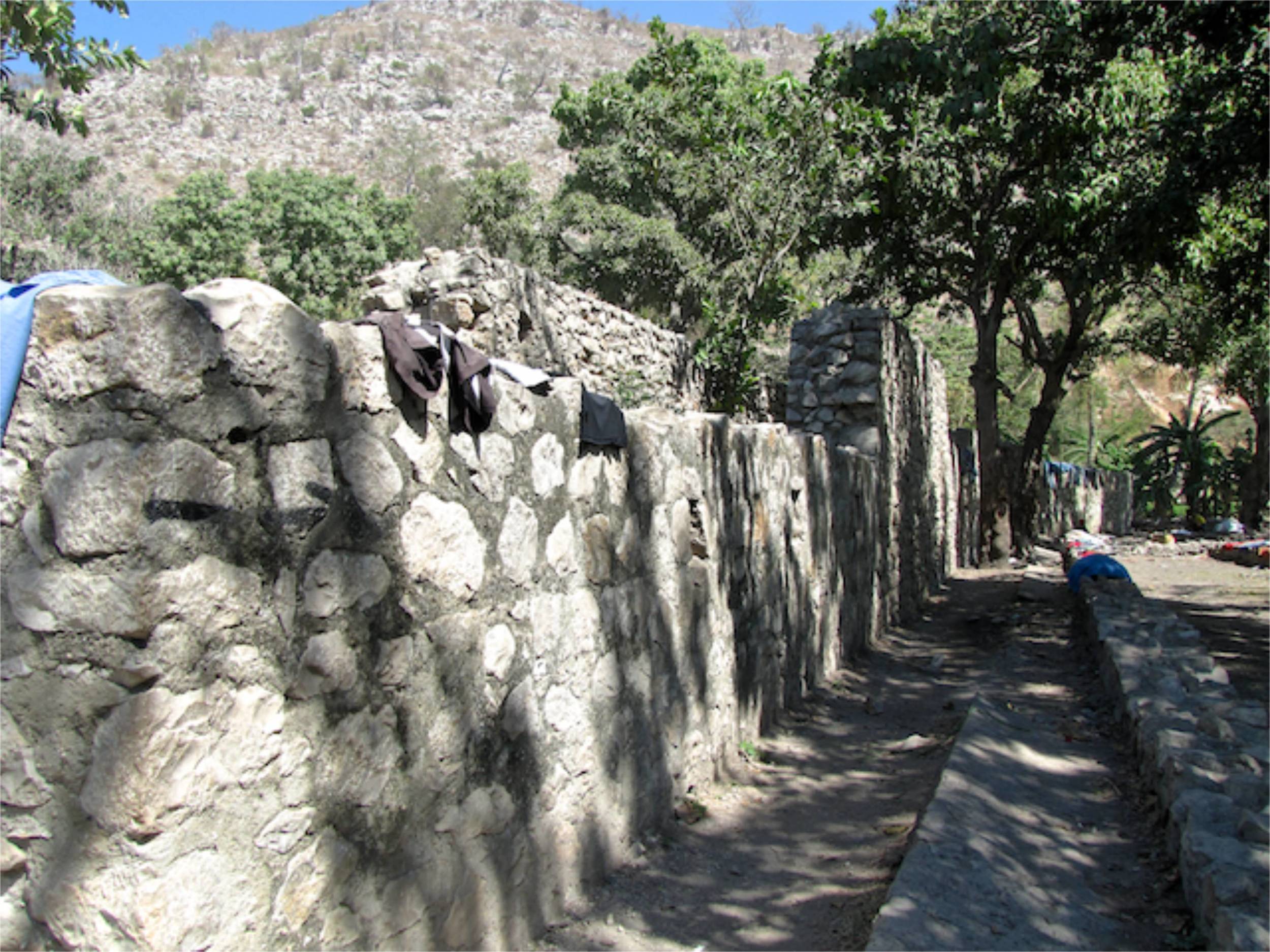
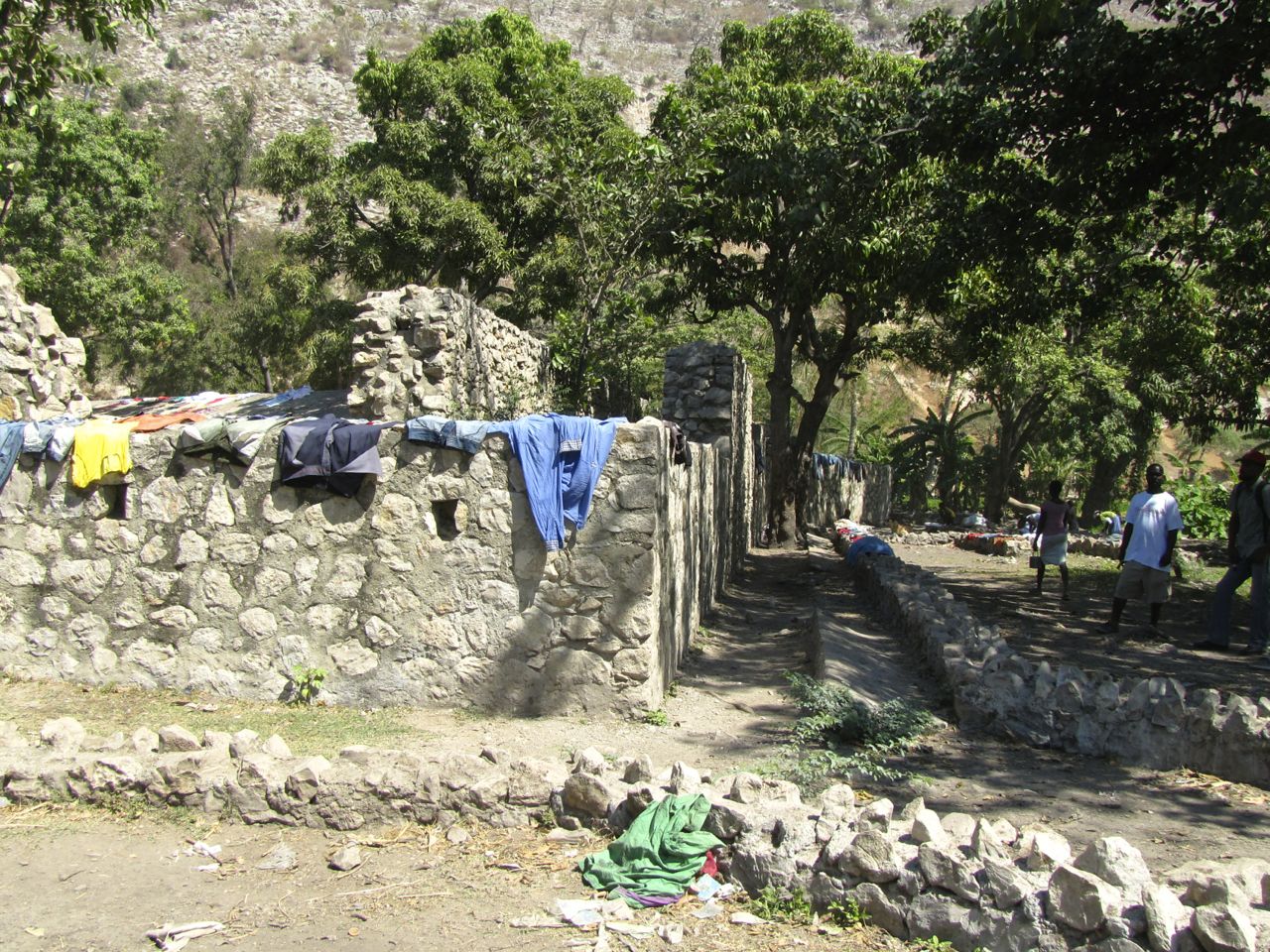
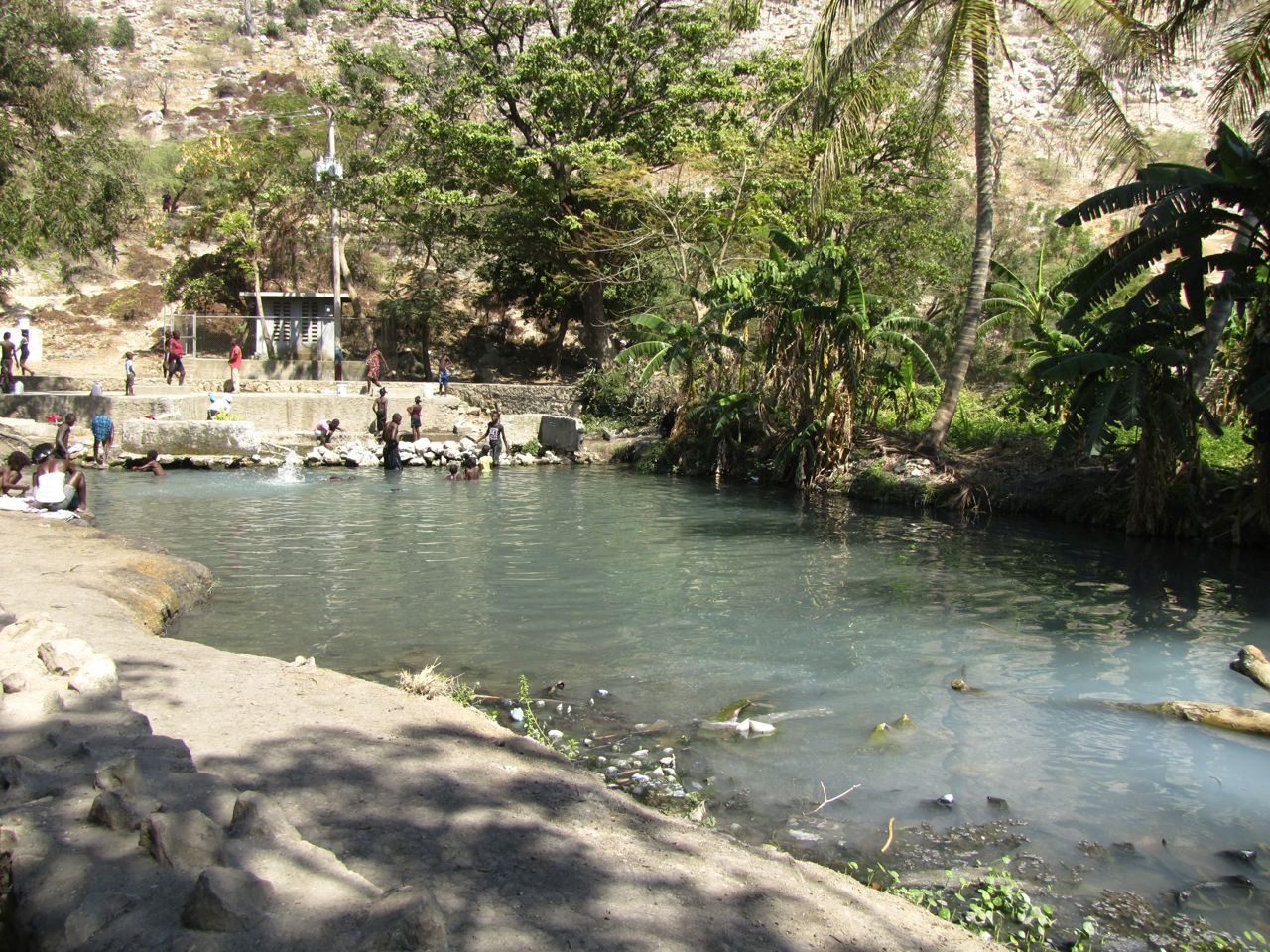
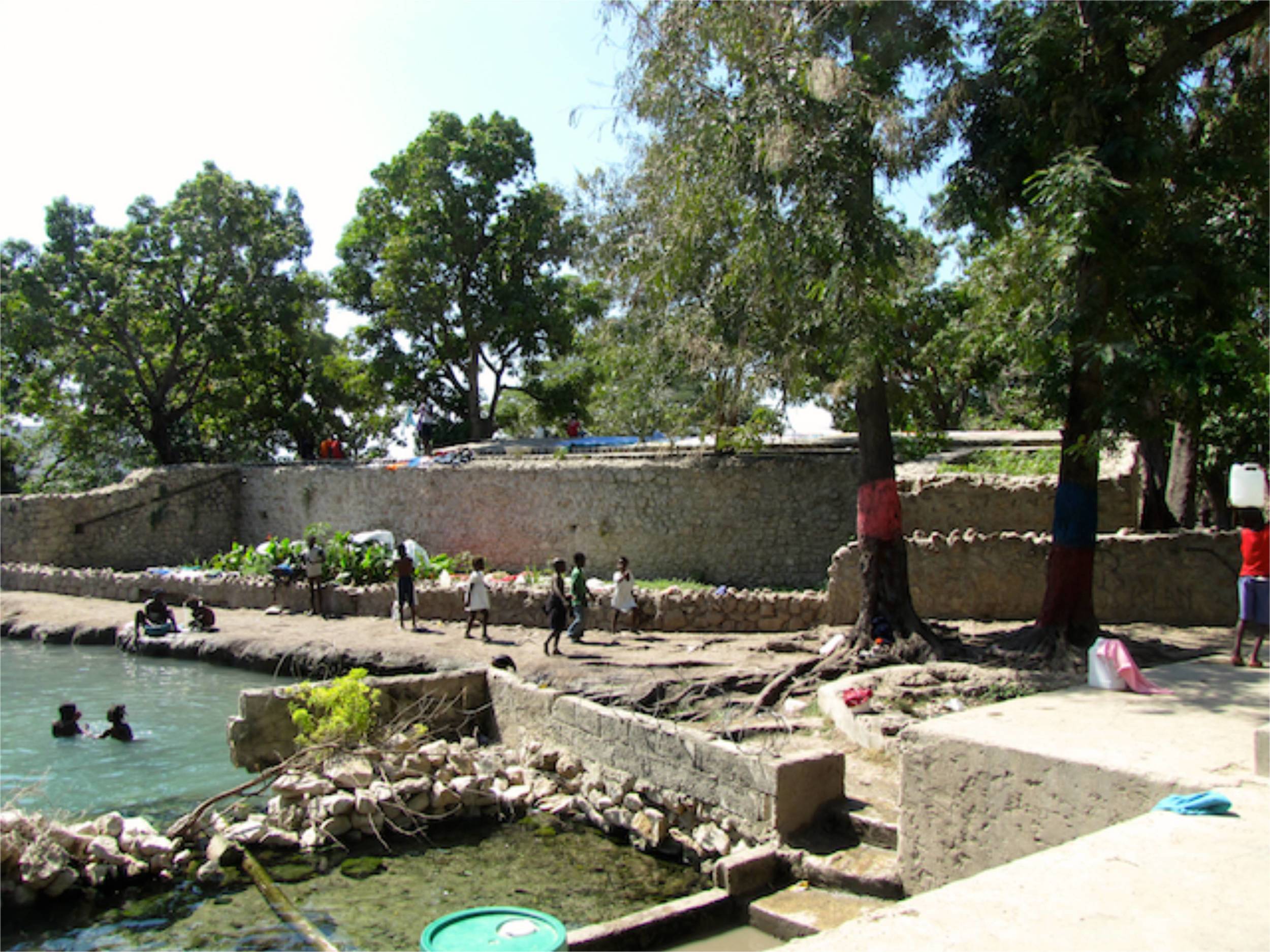
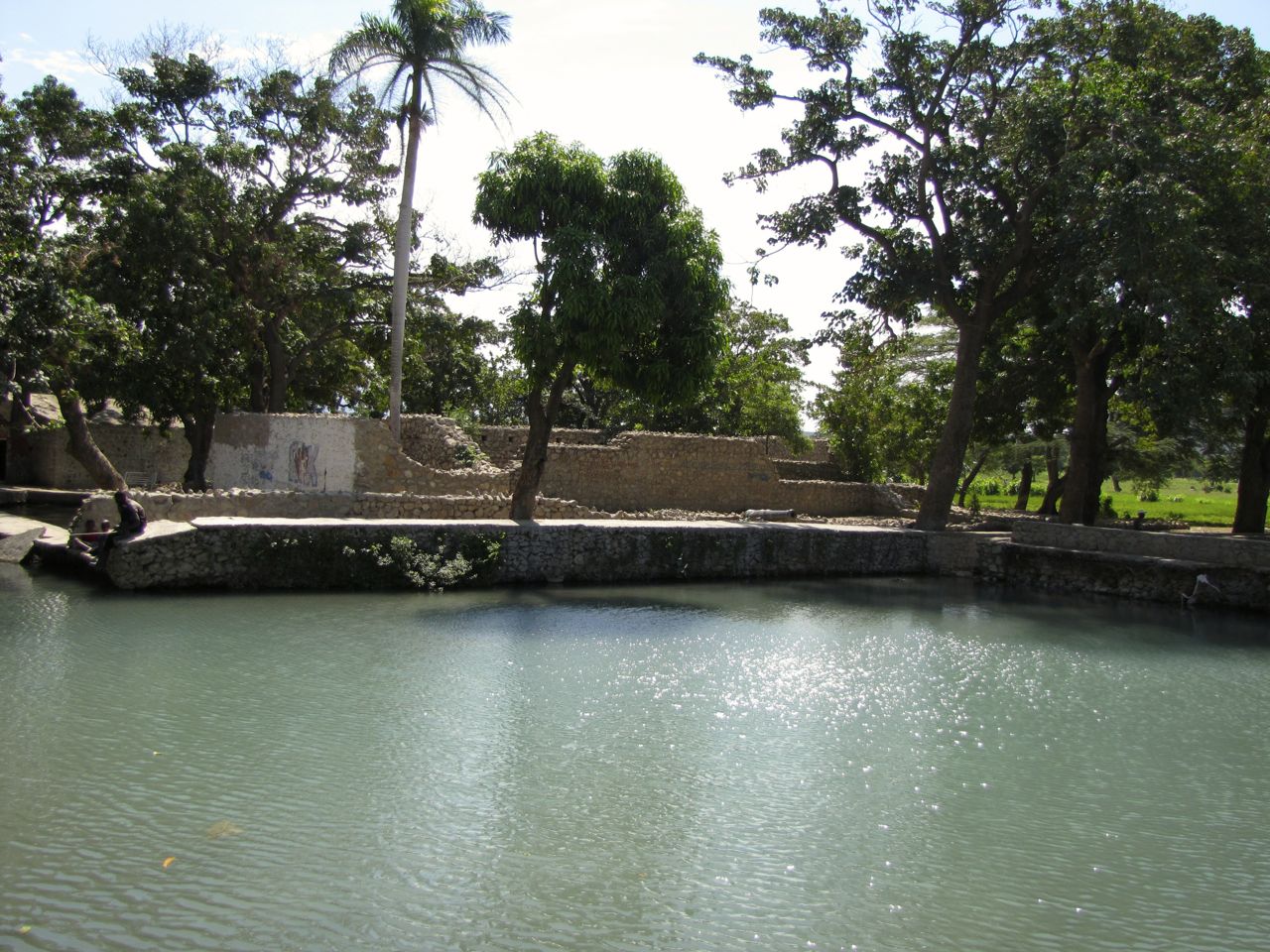
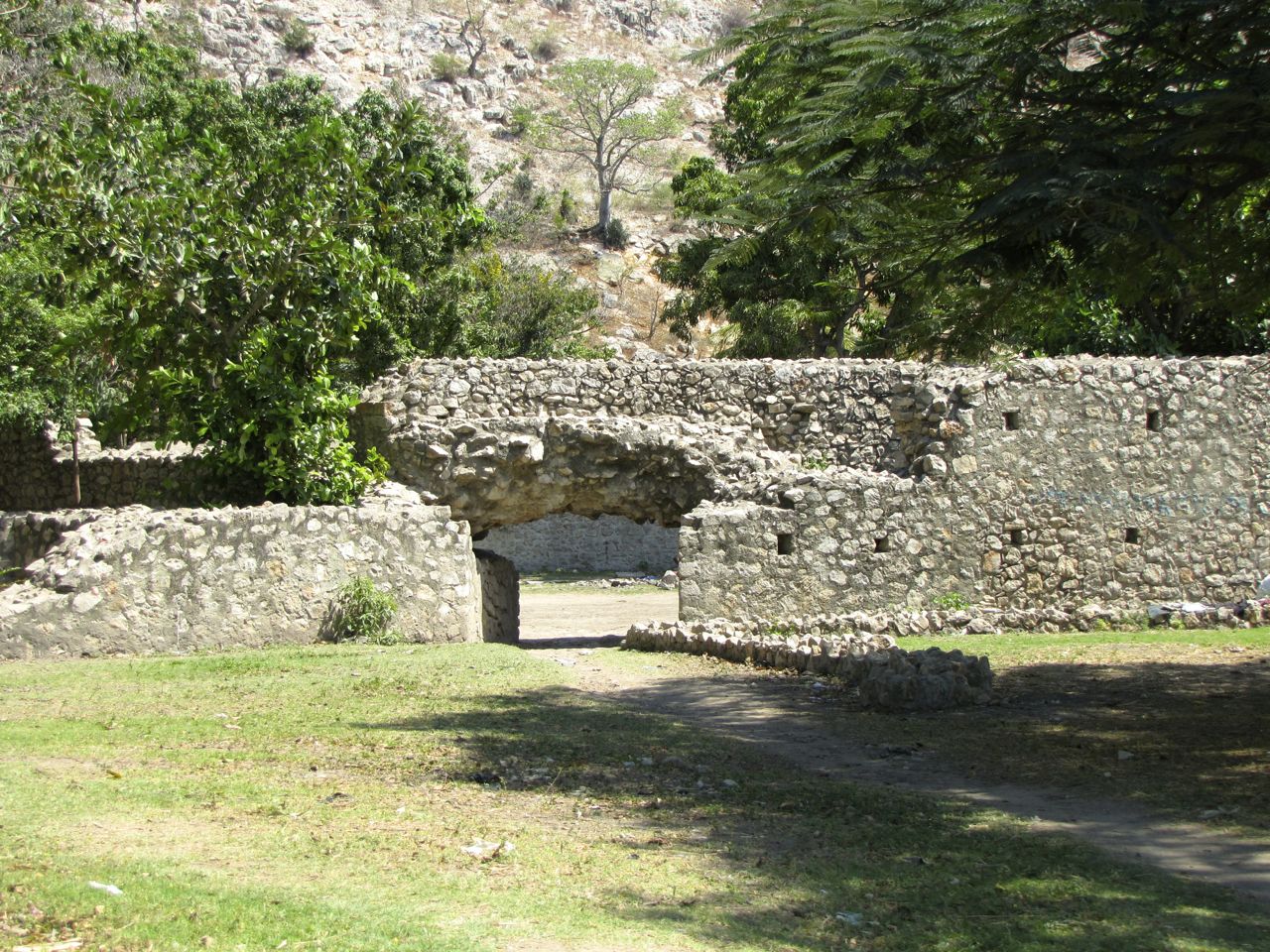

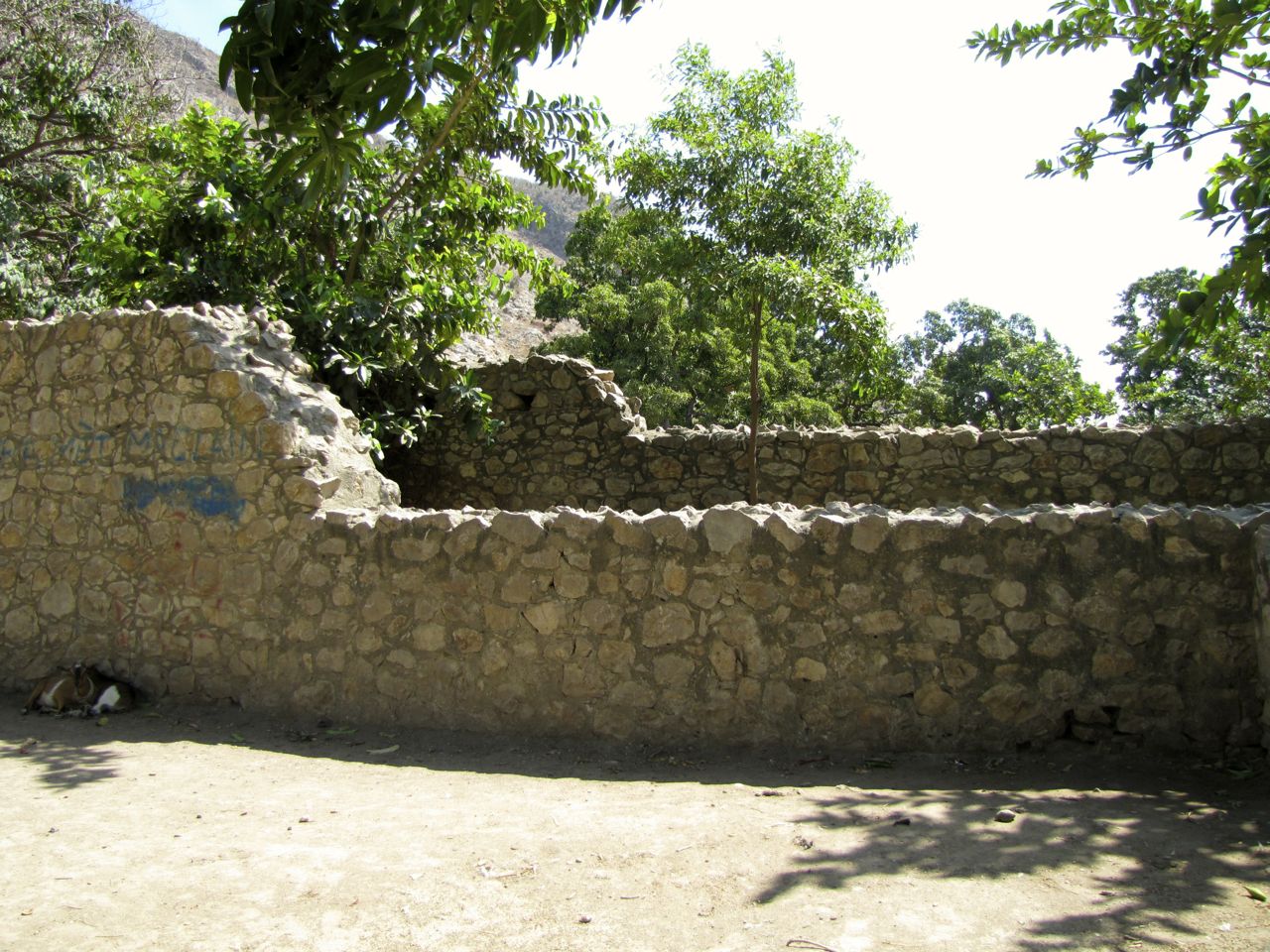
La Poudrière du Môle (Môle St. Nicolas)
North of the town center towards the area known as Le Carrénage.
















